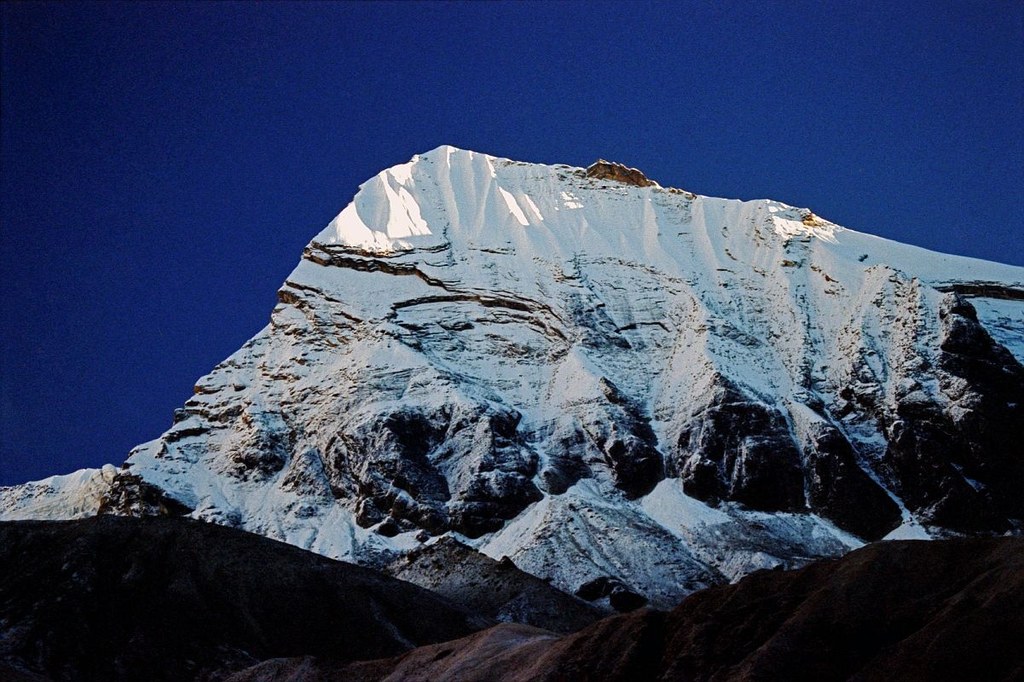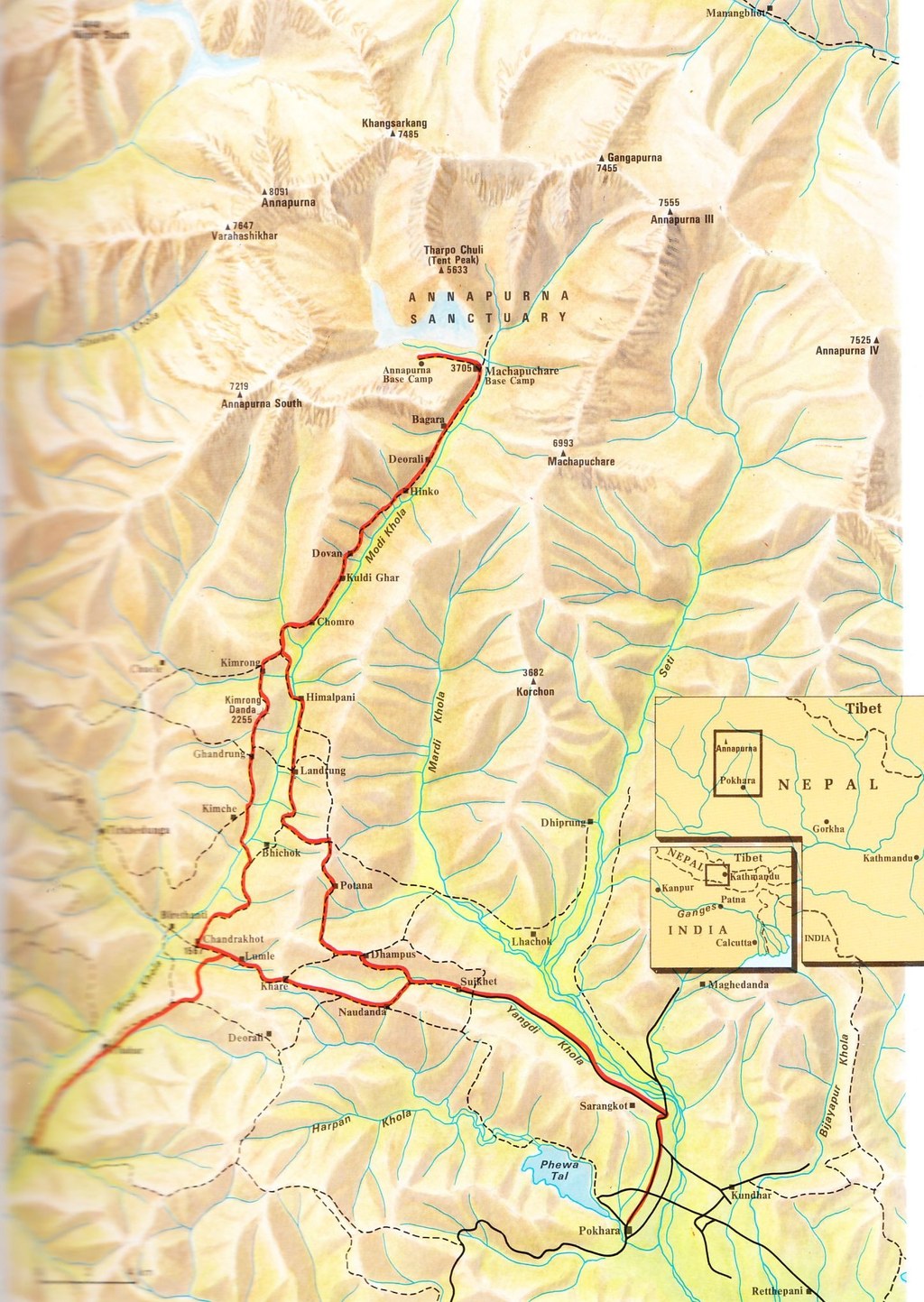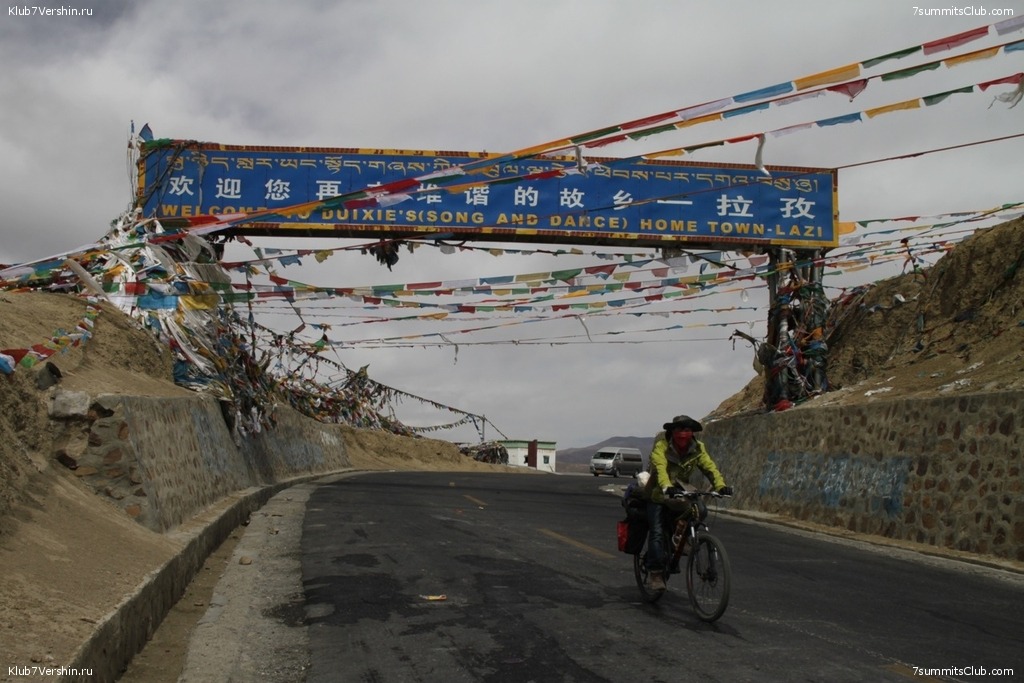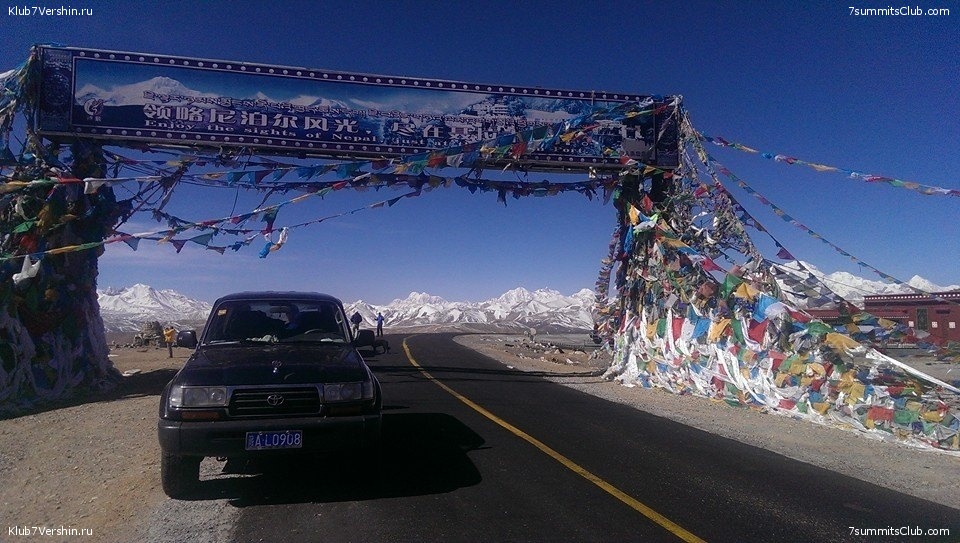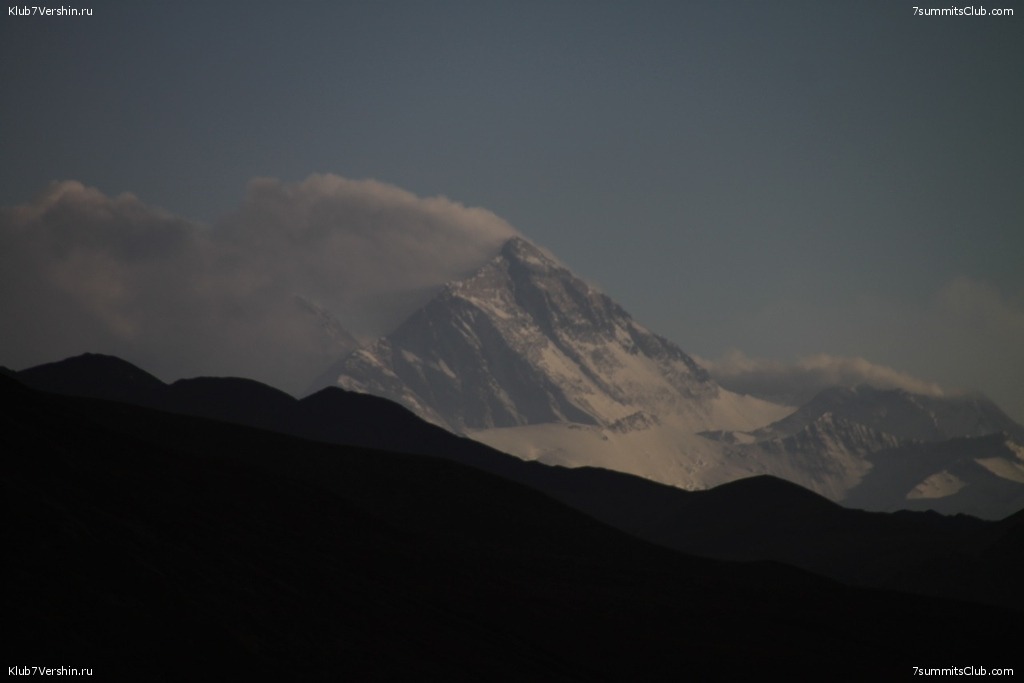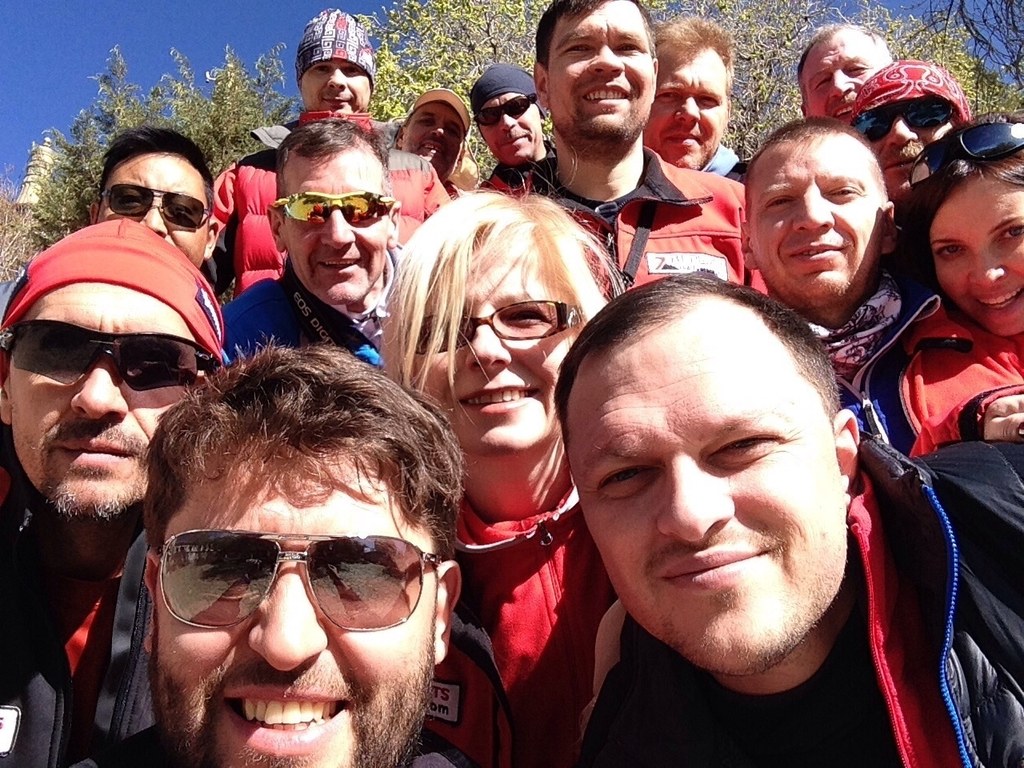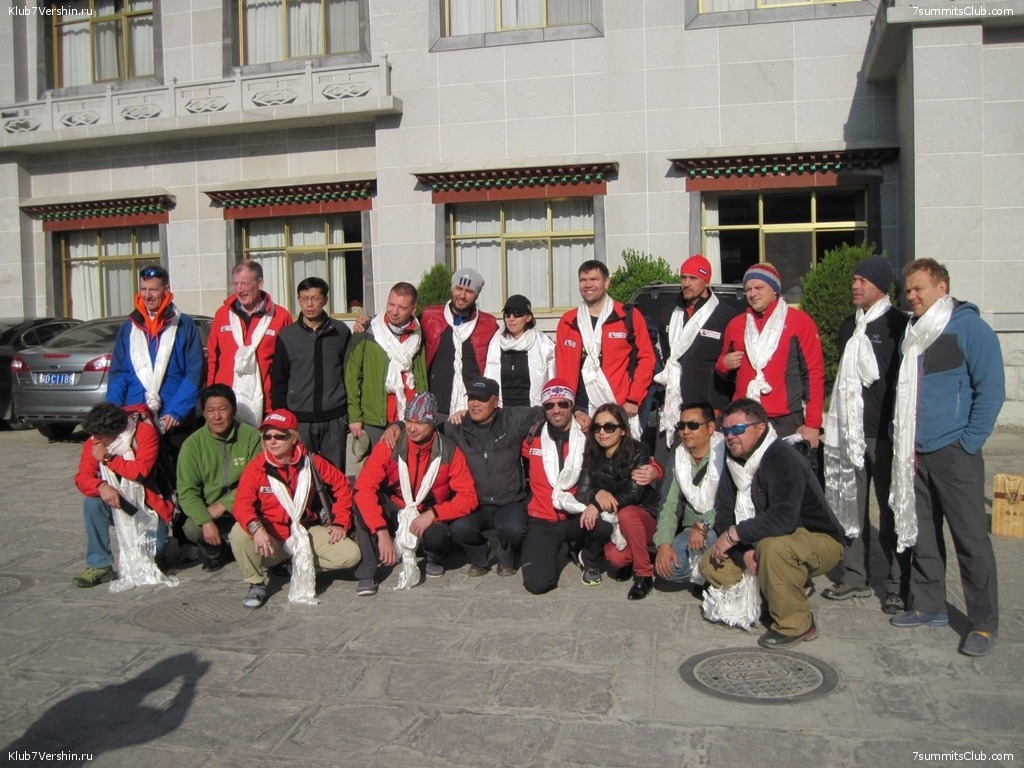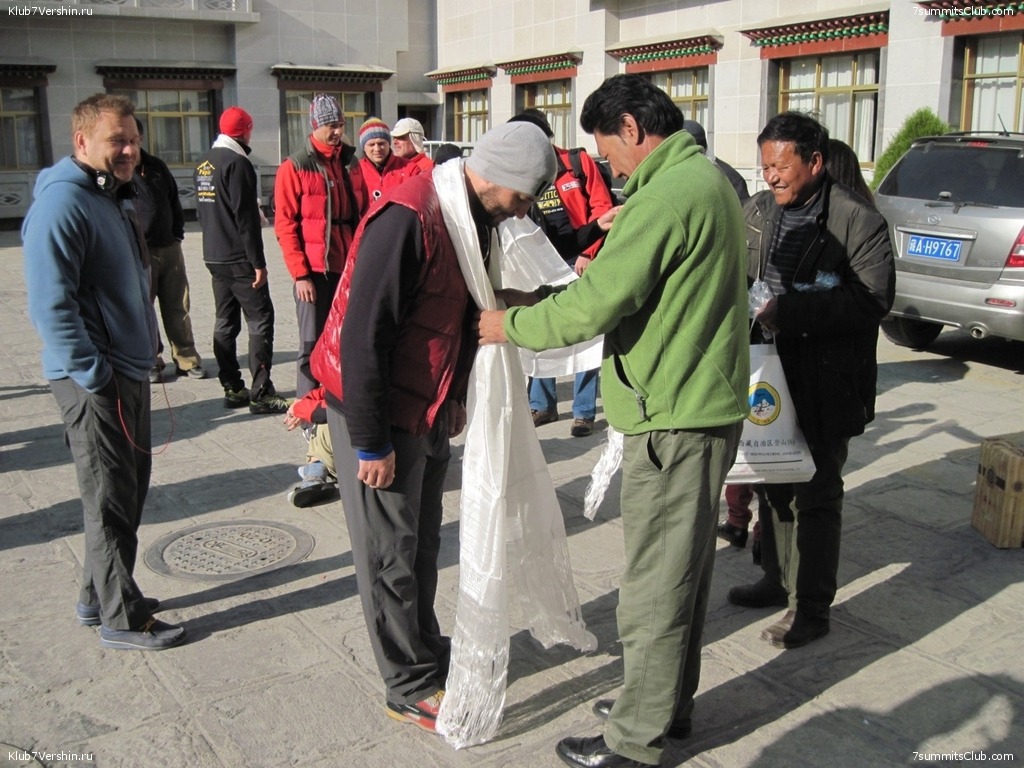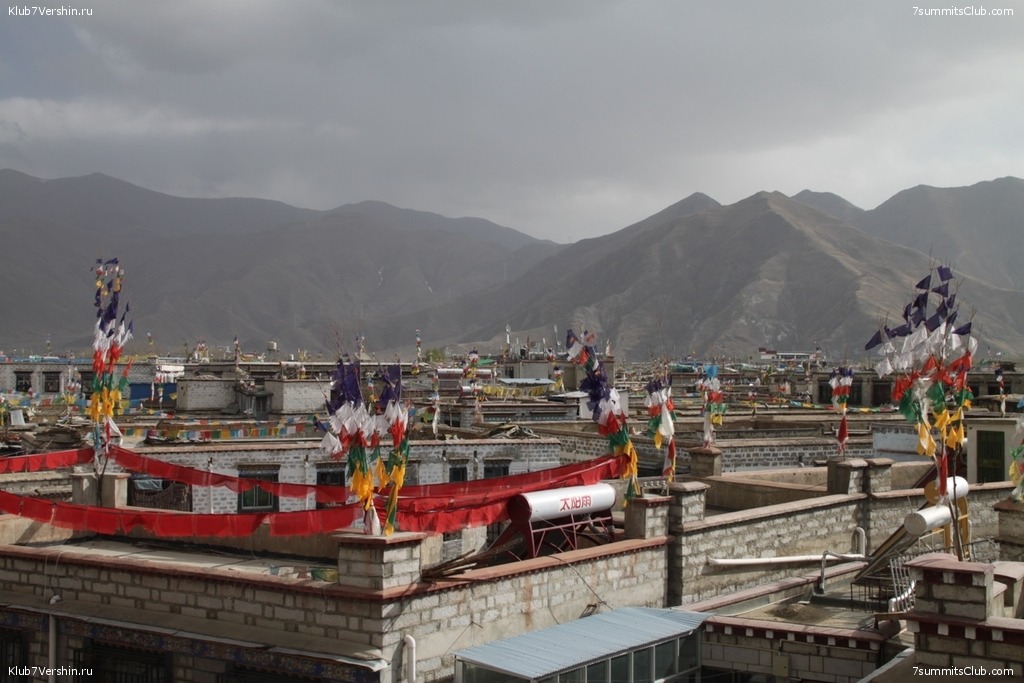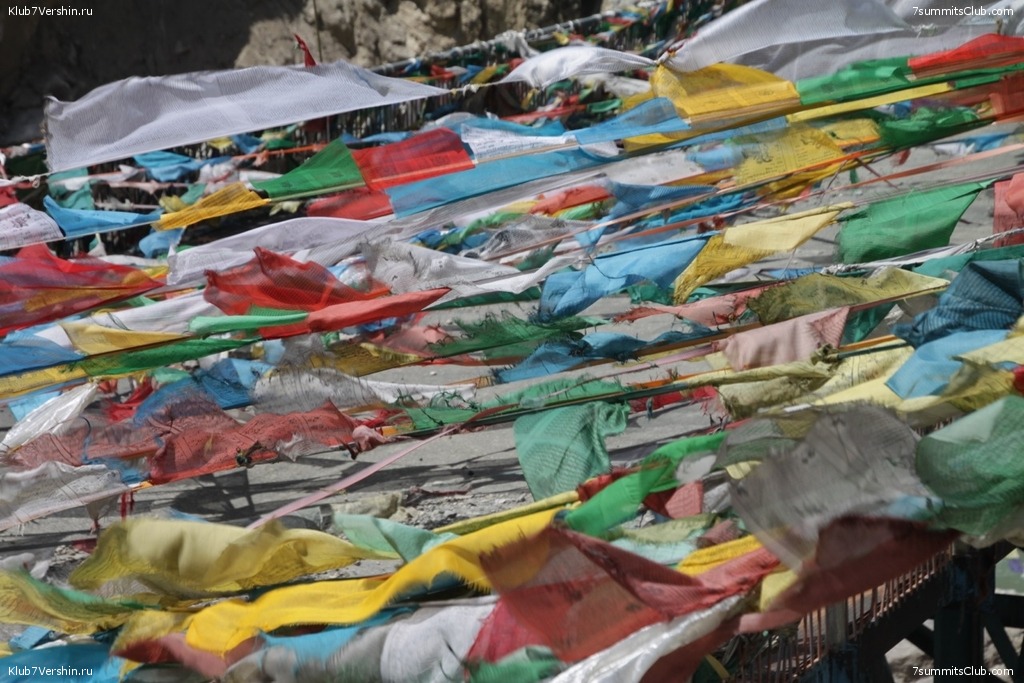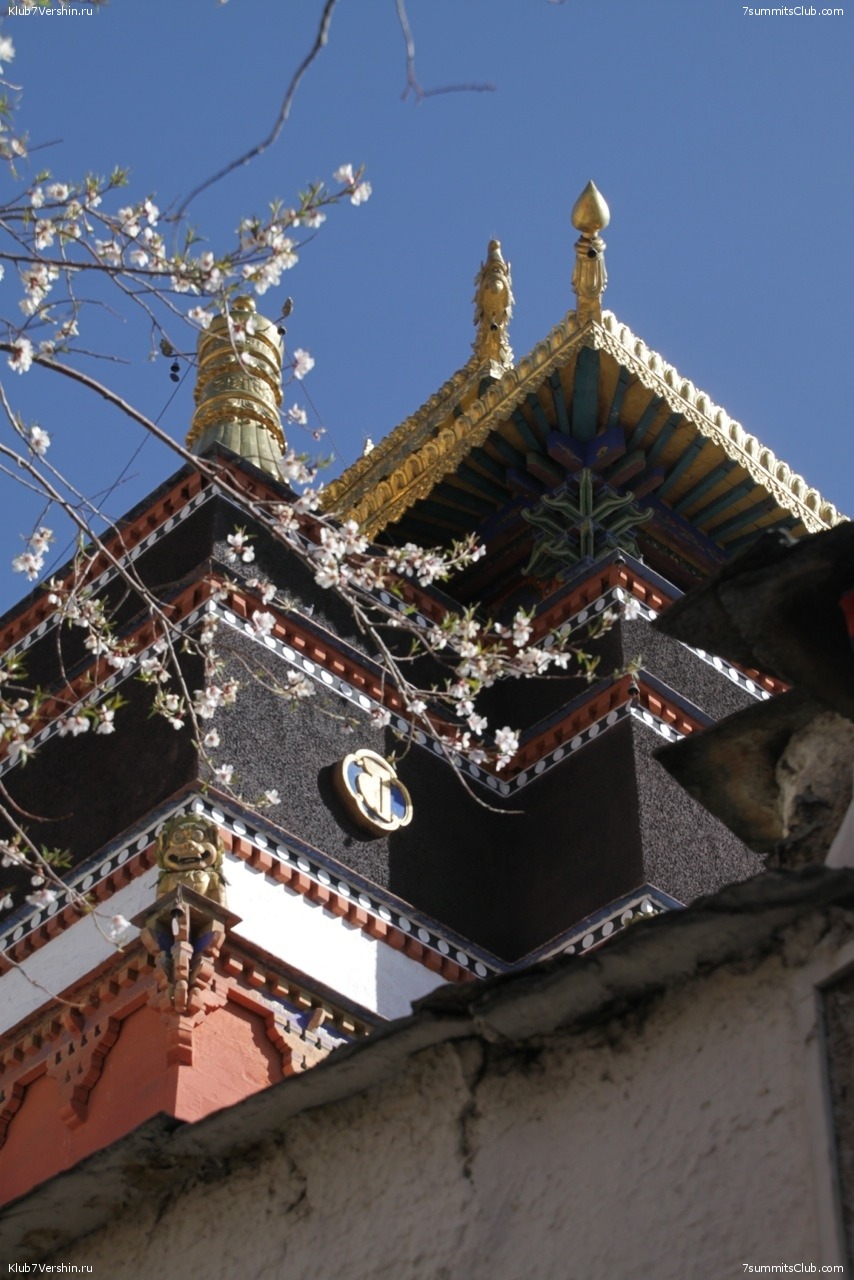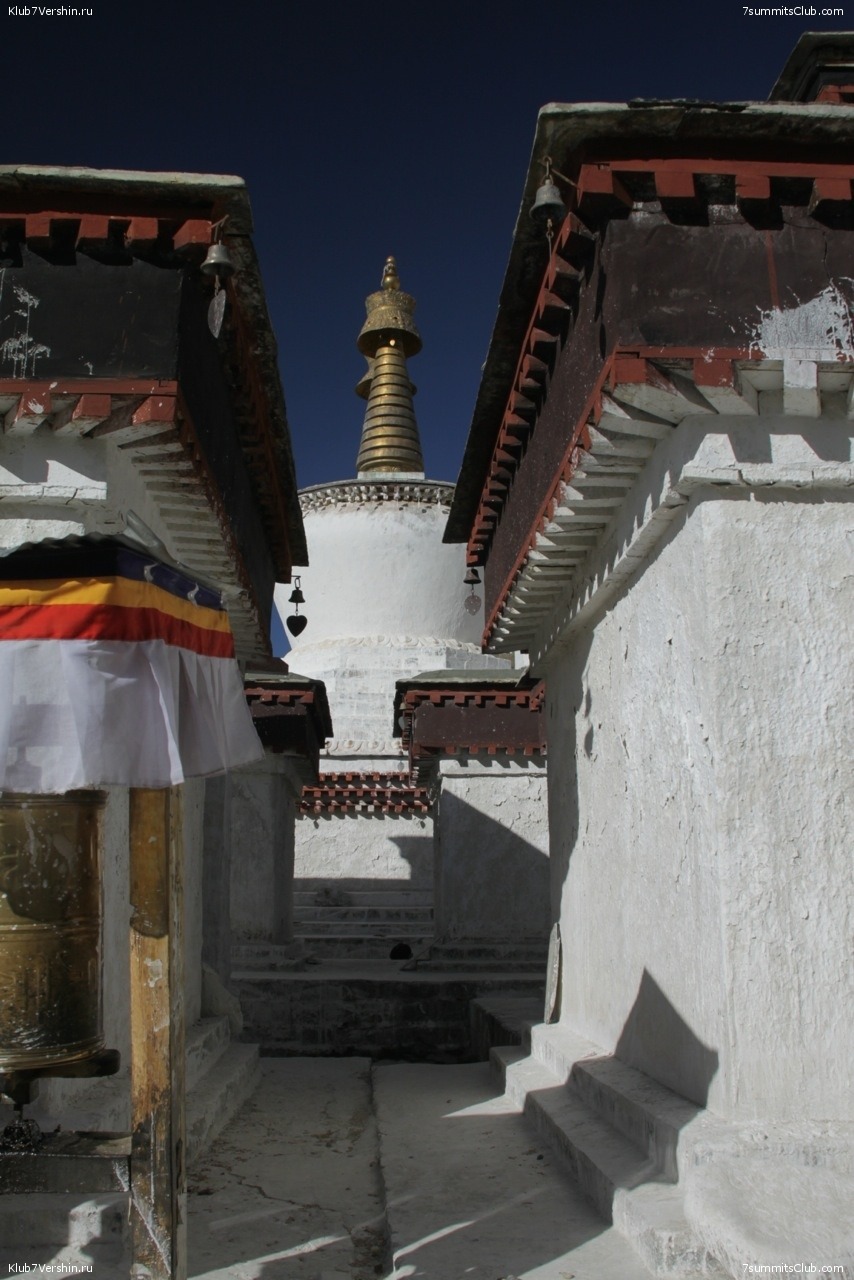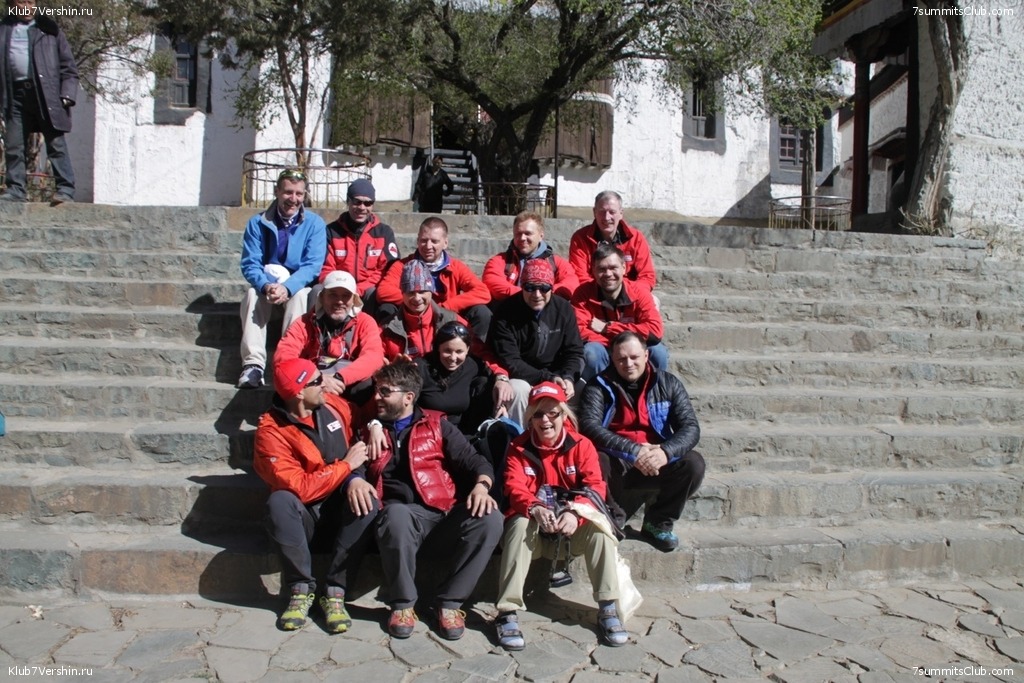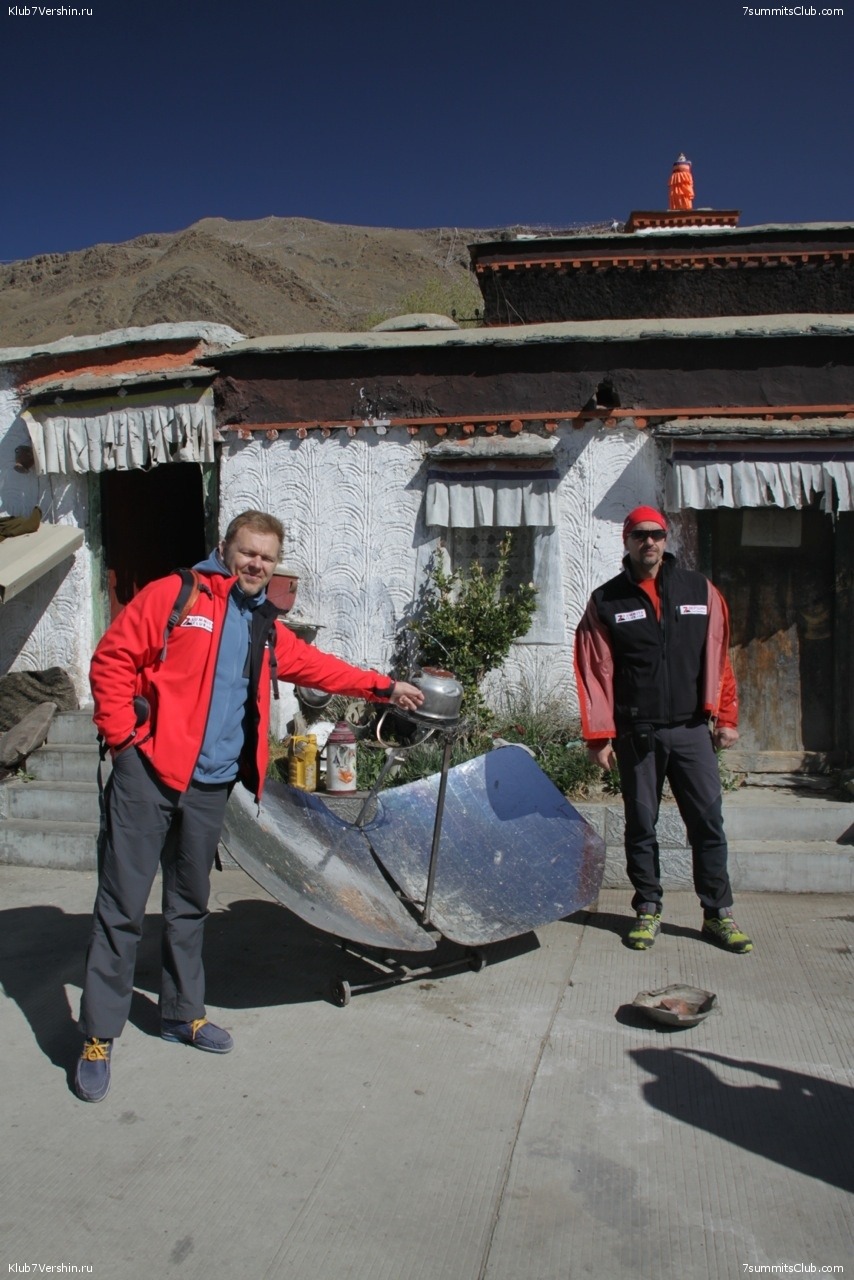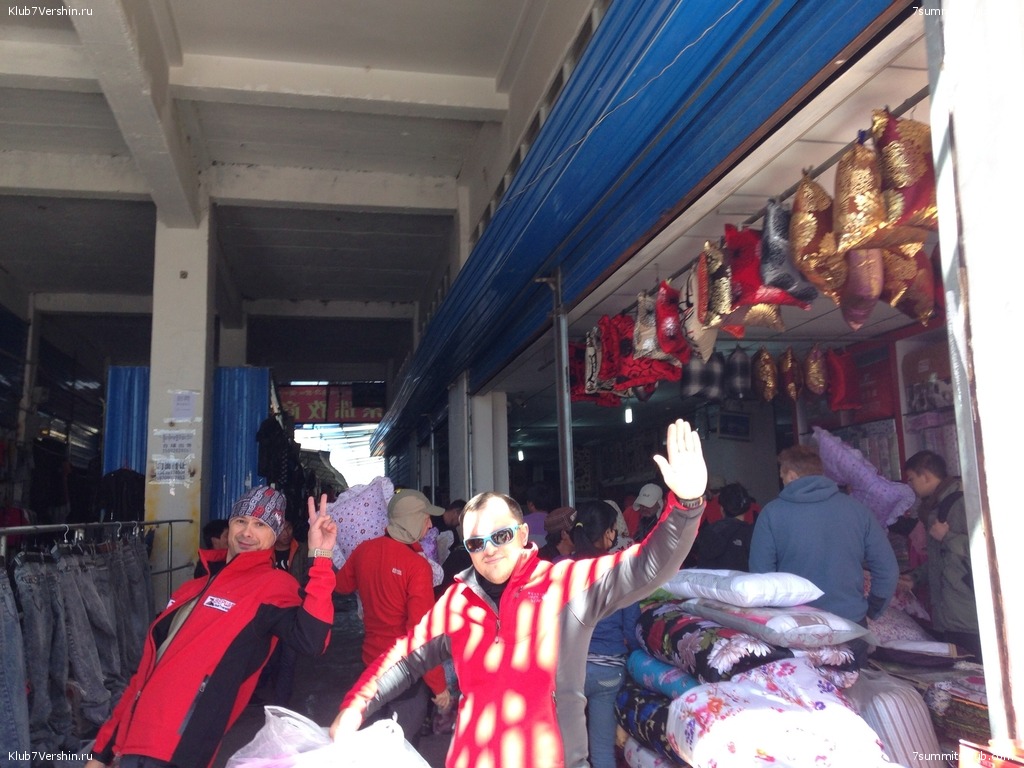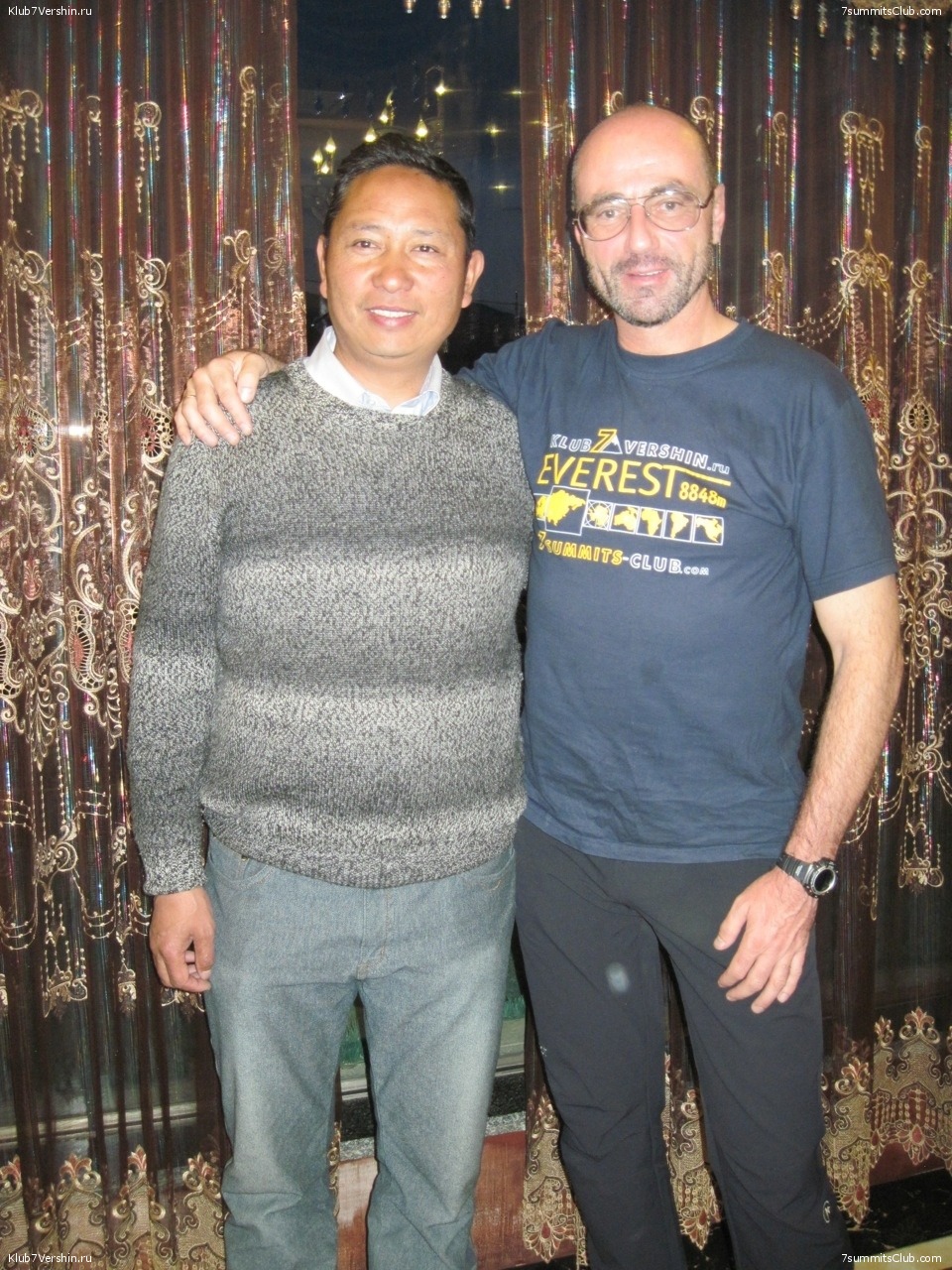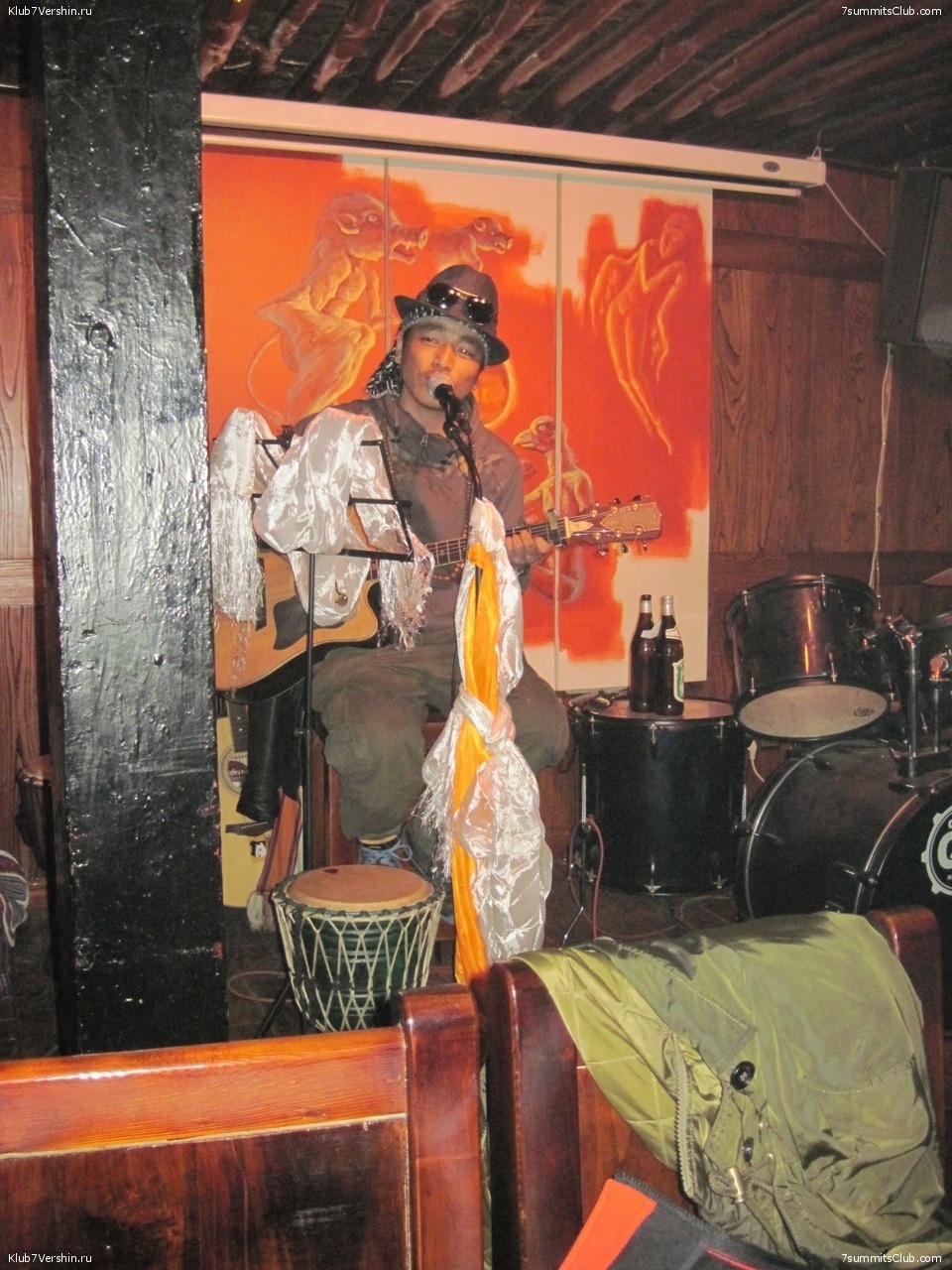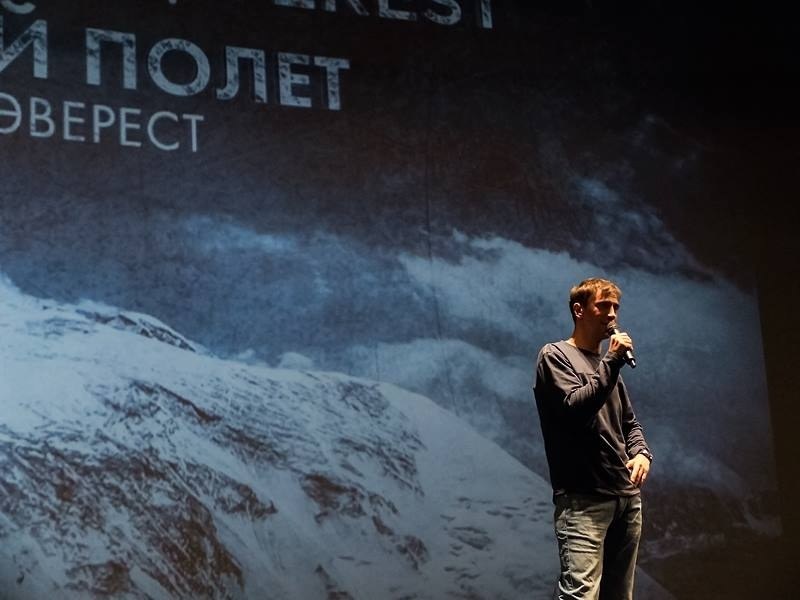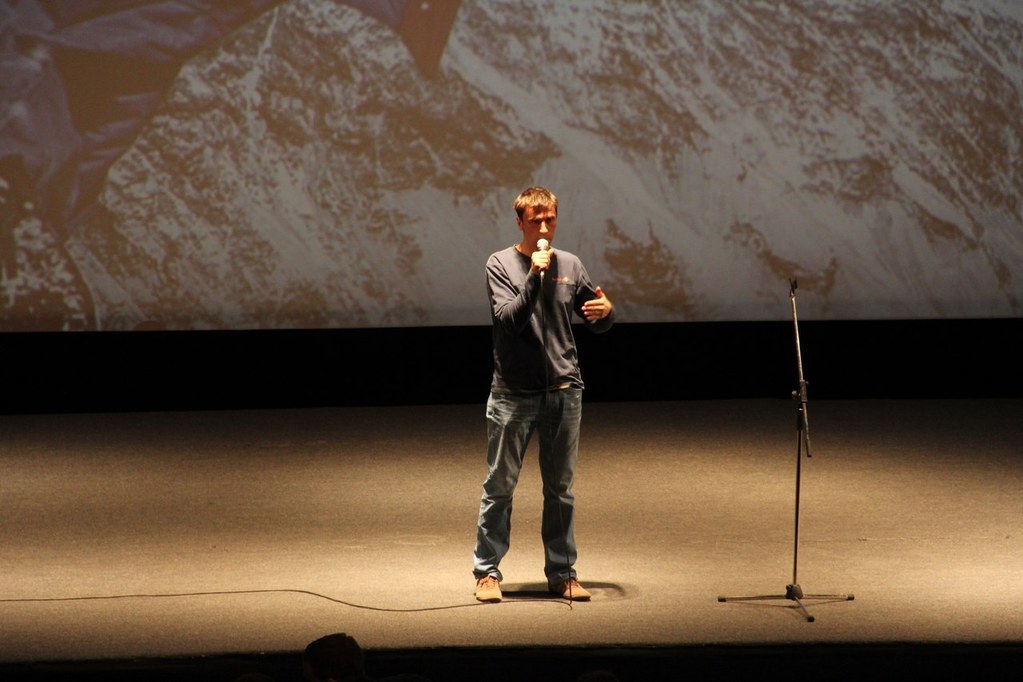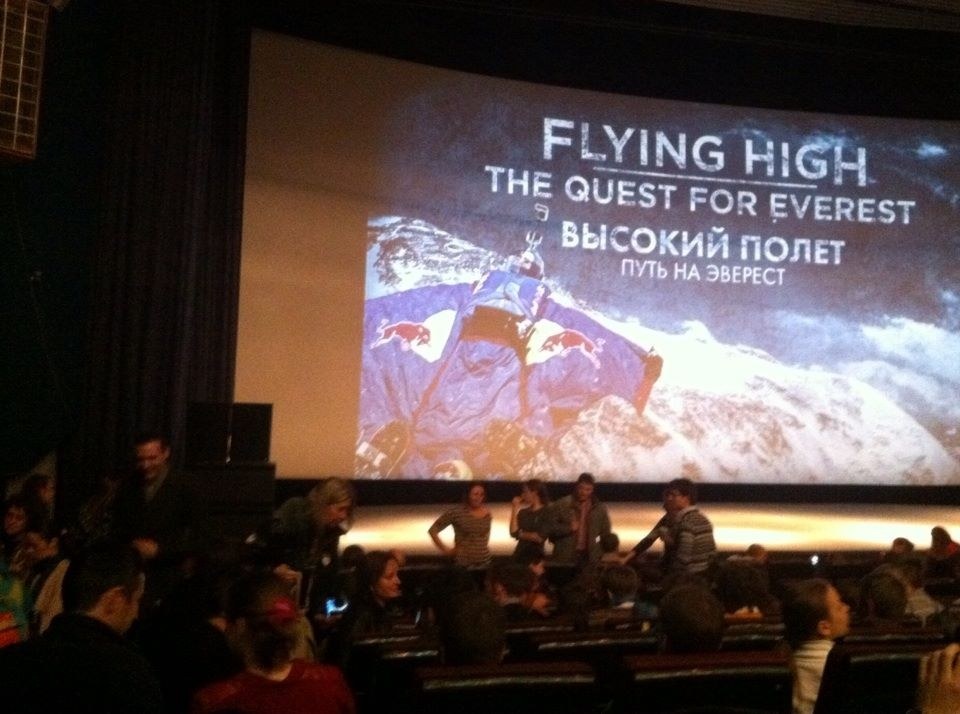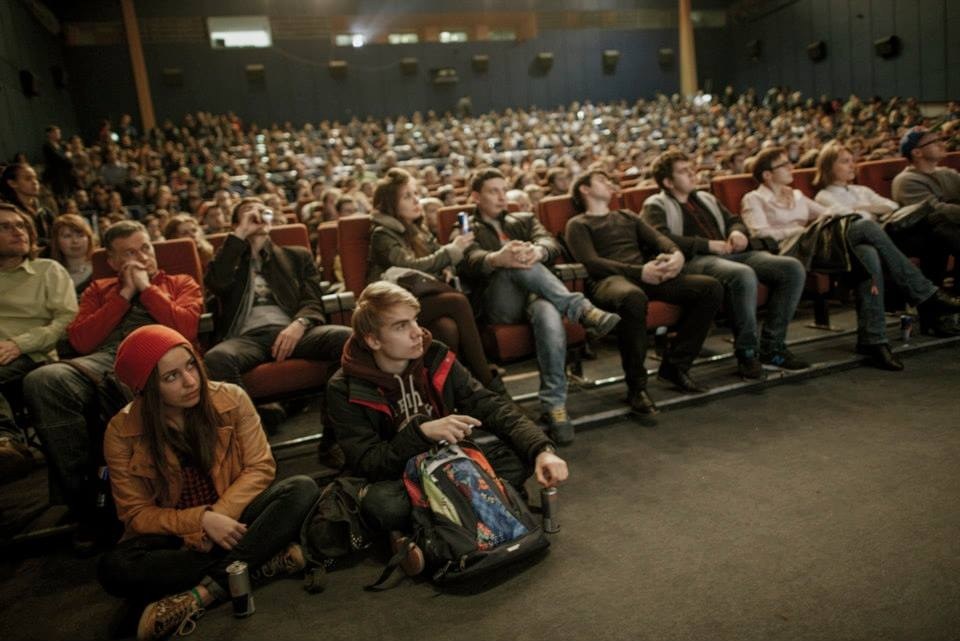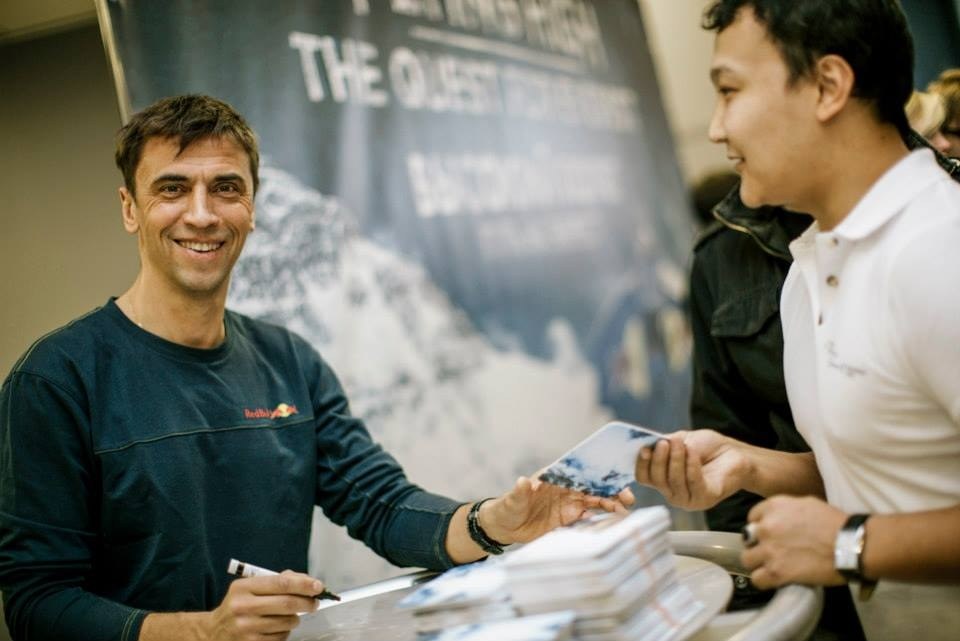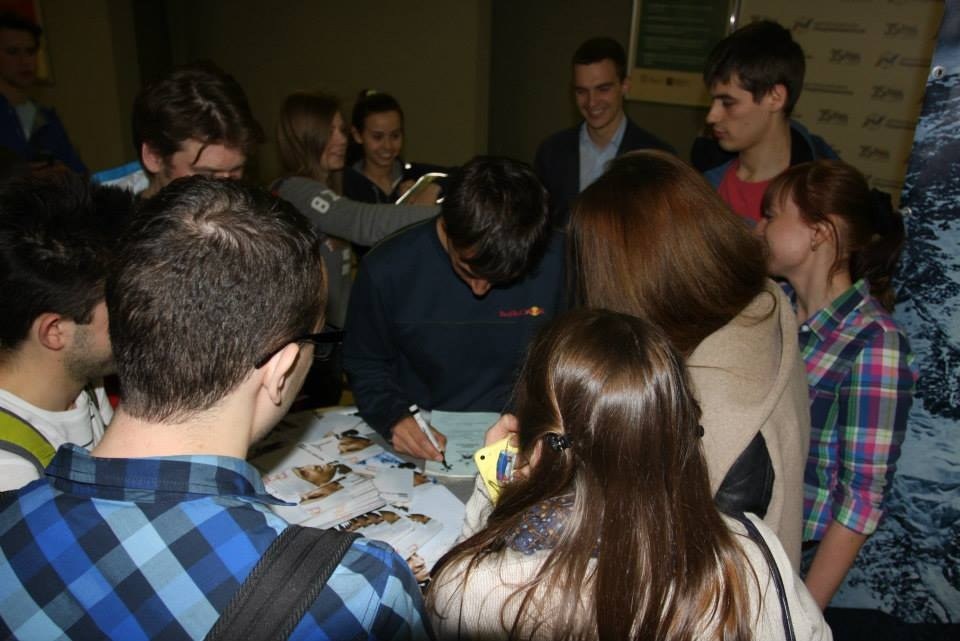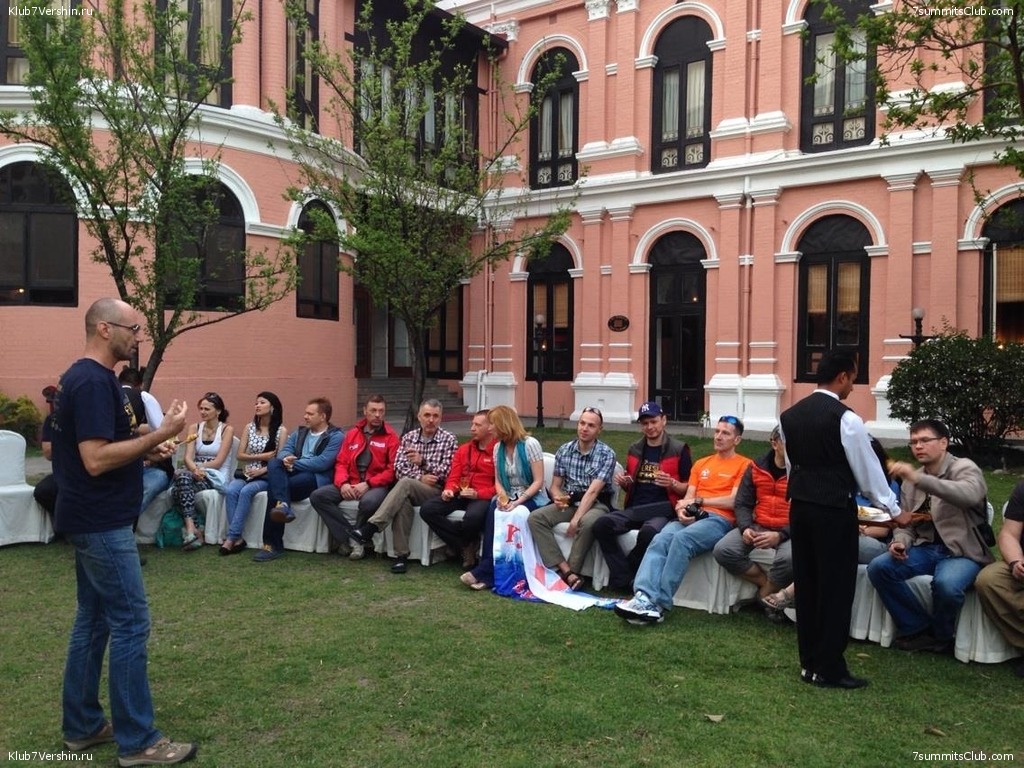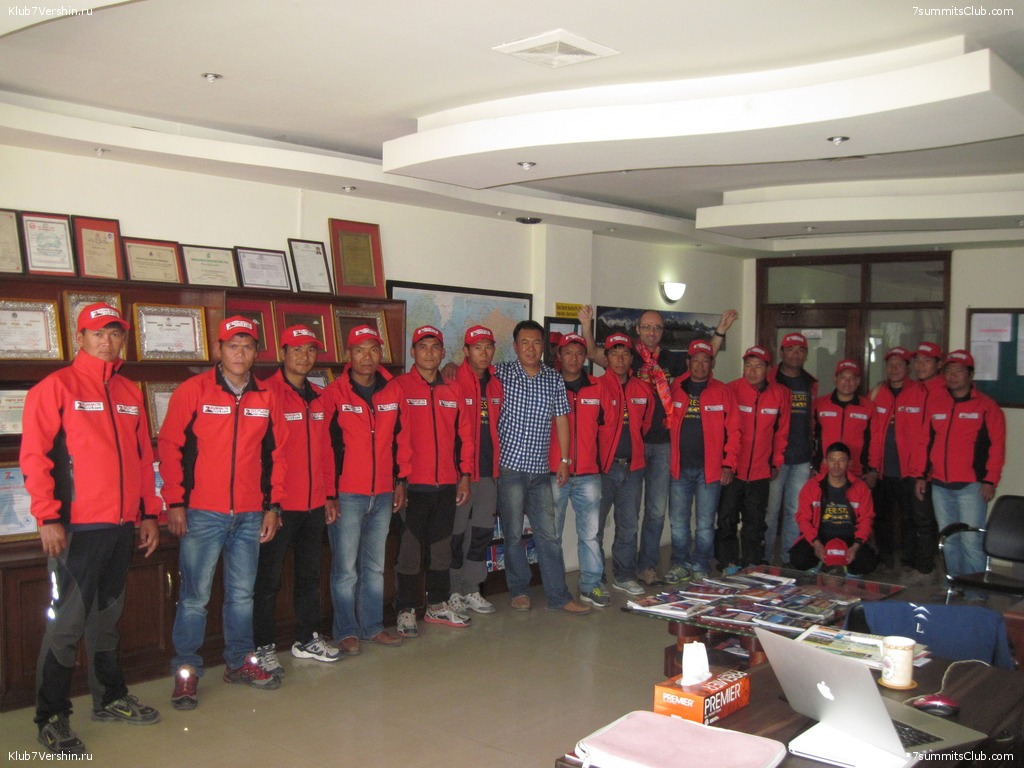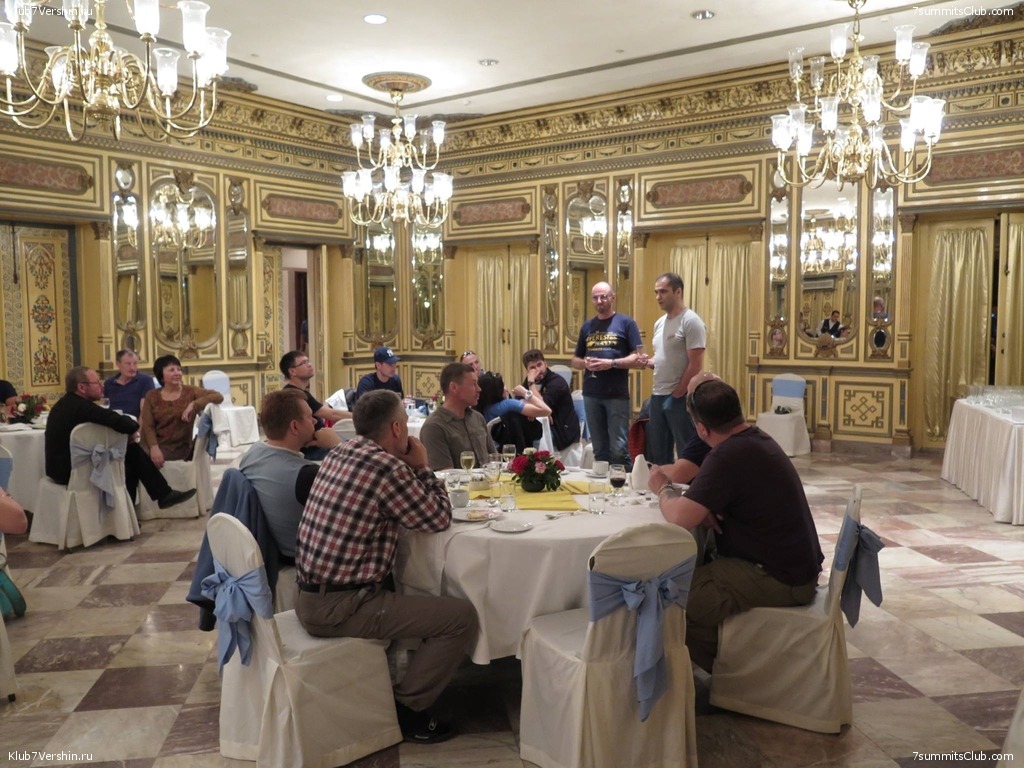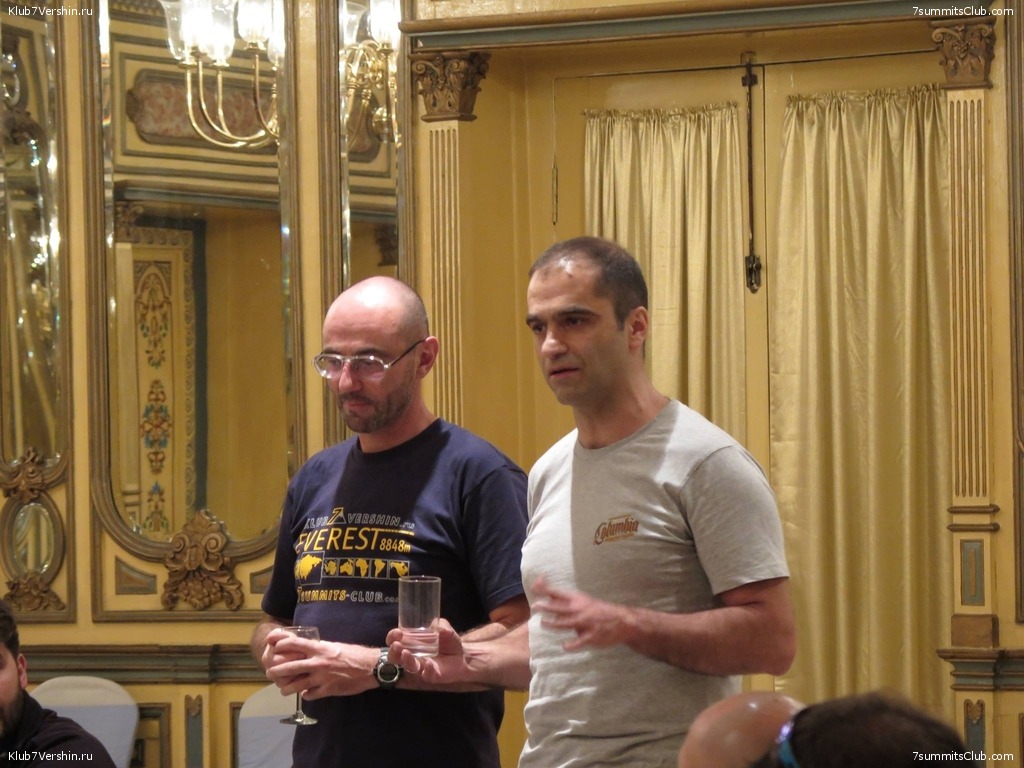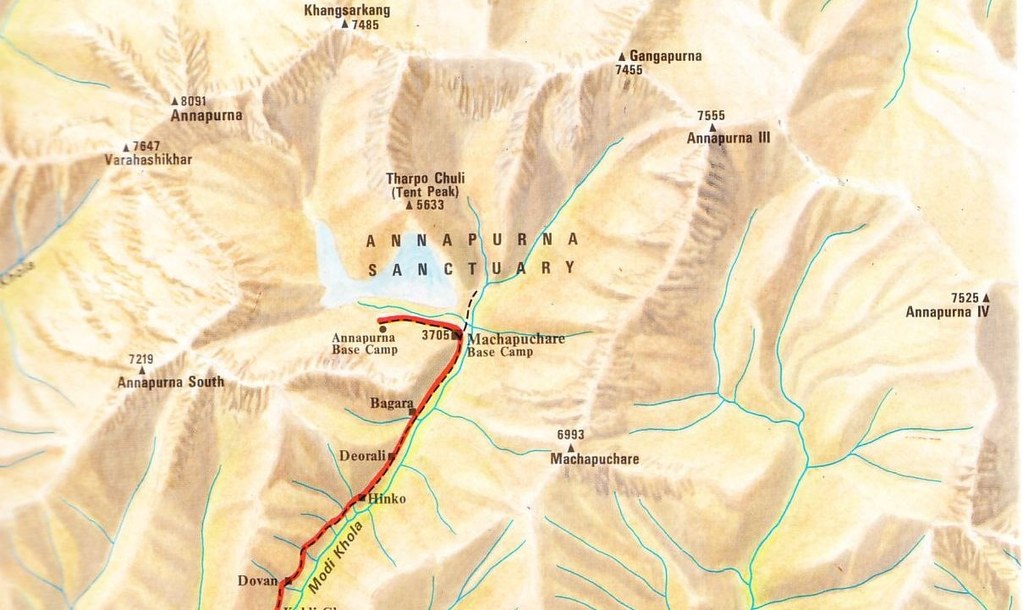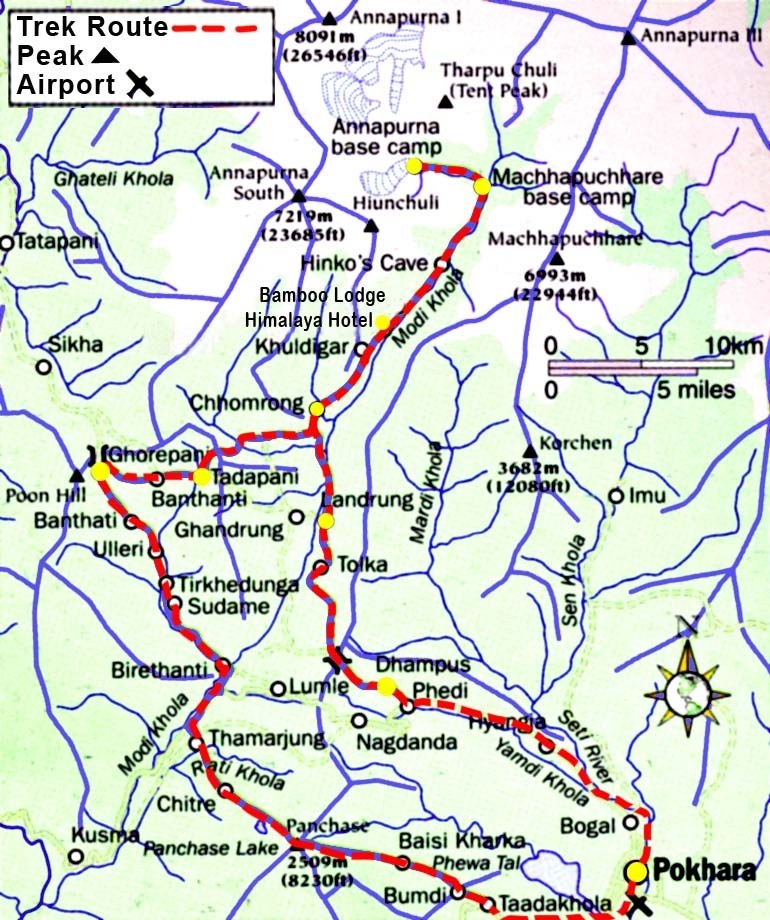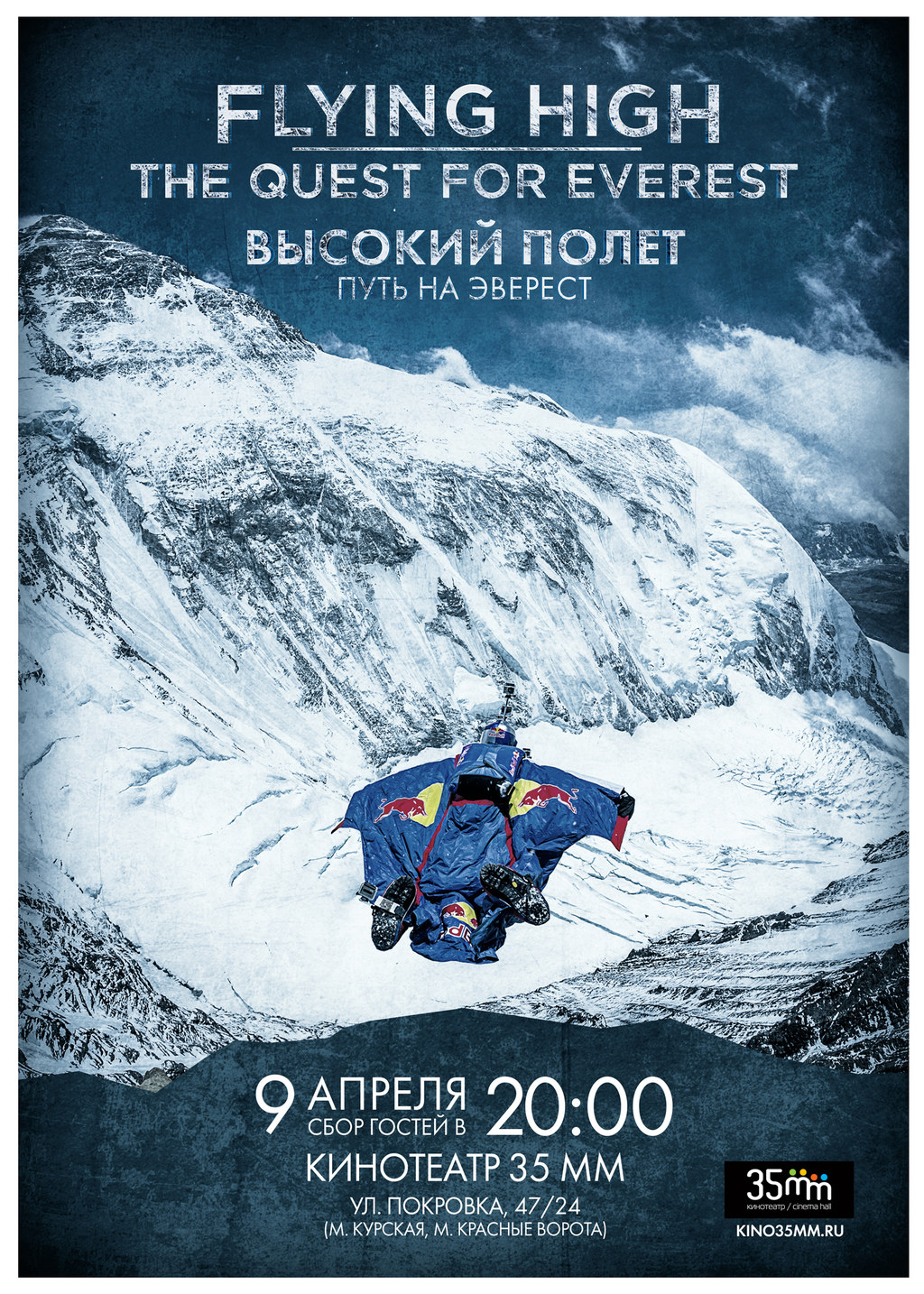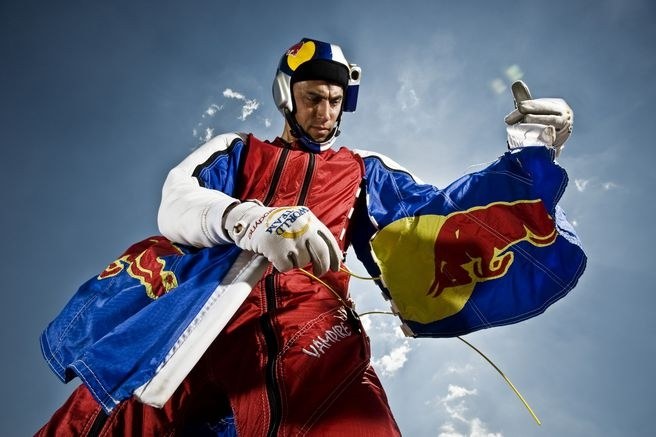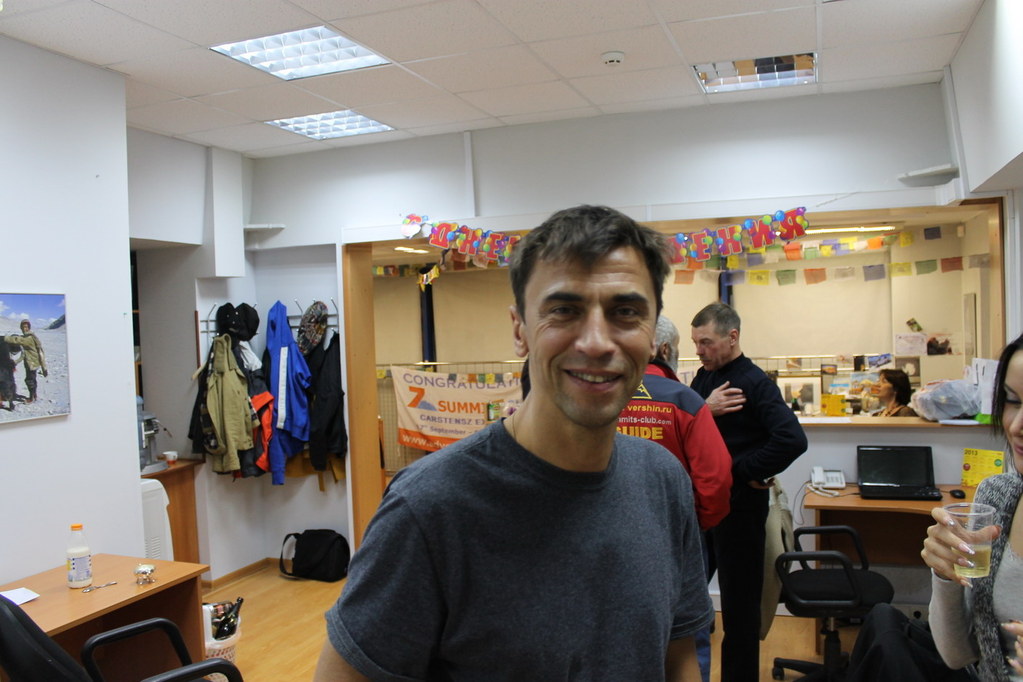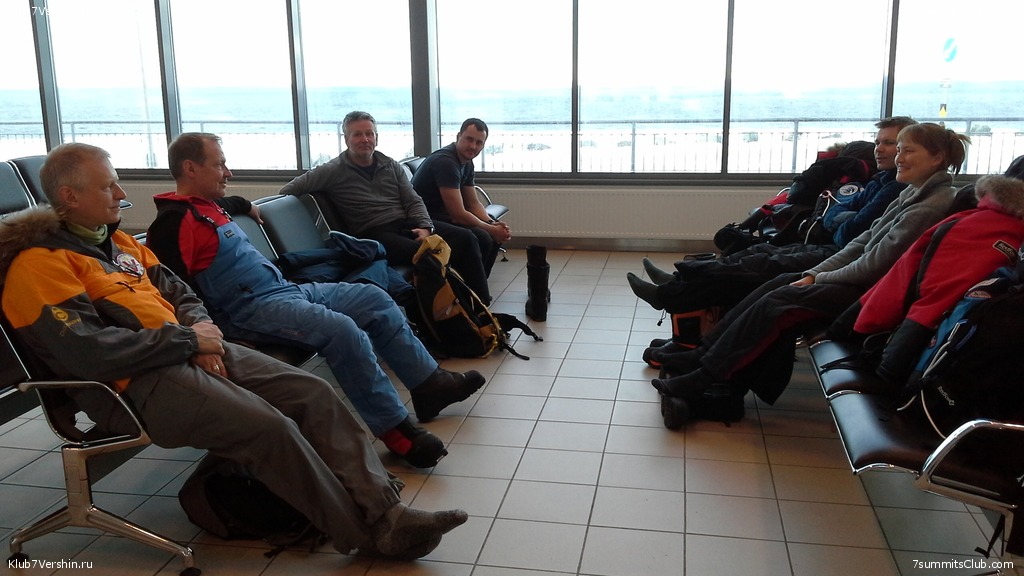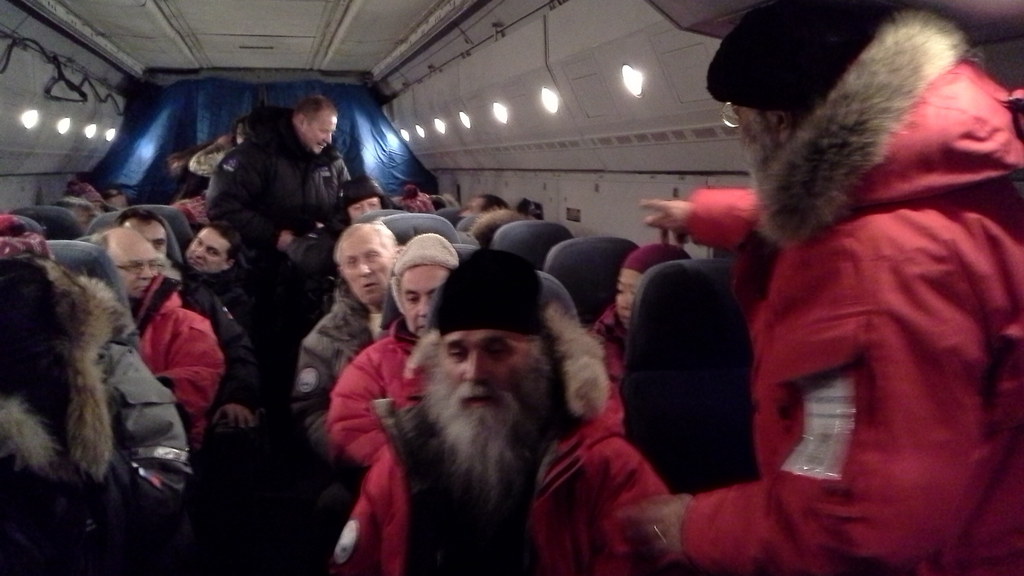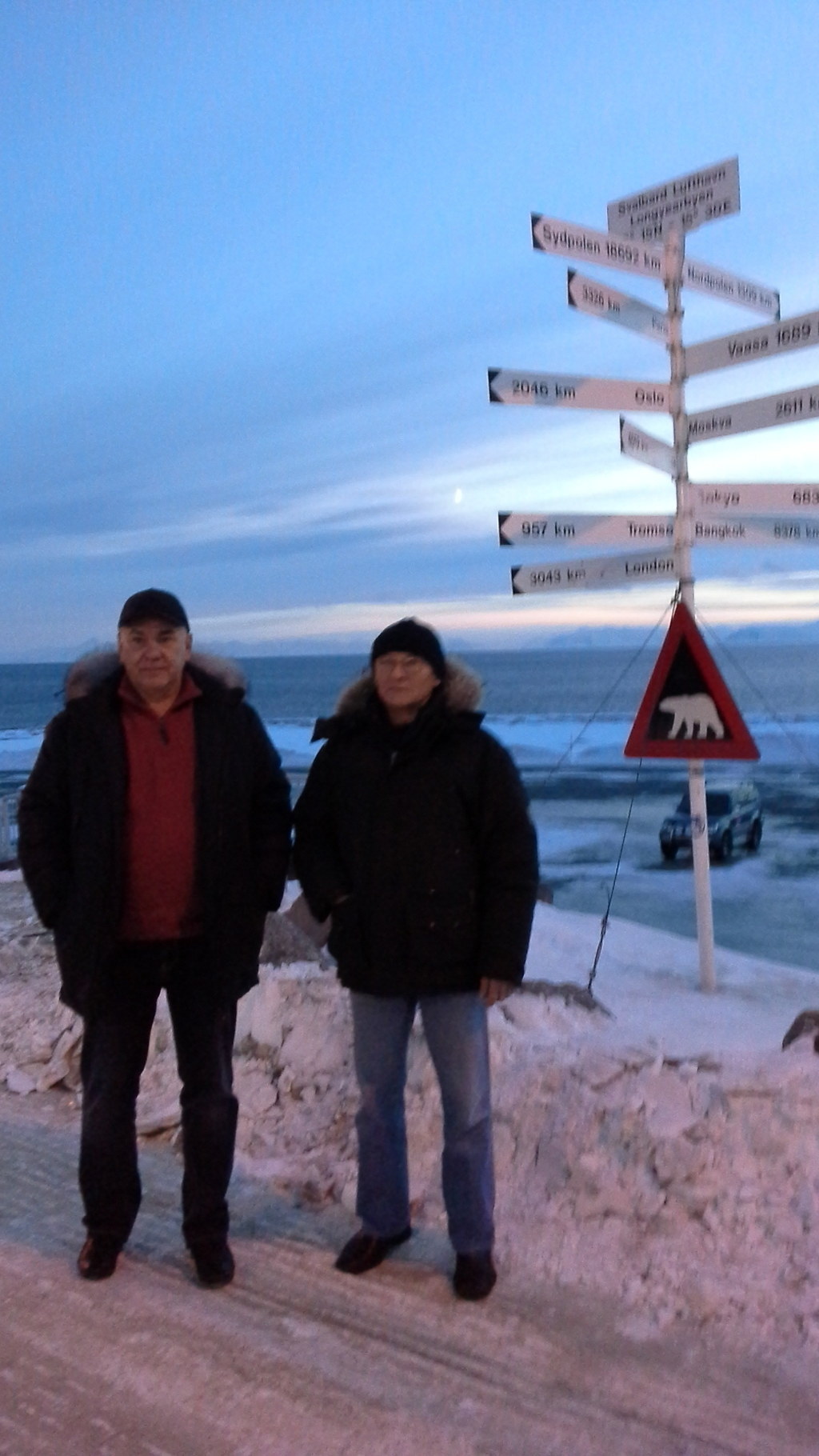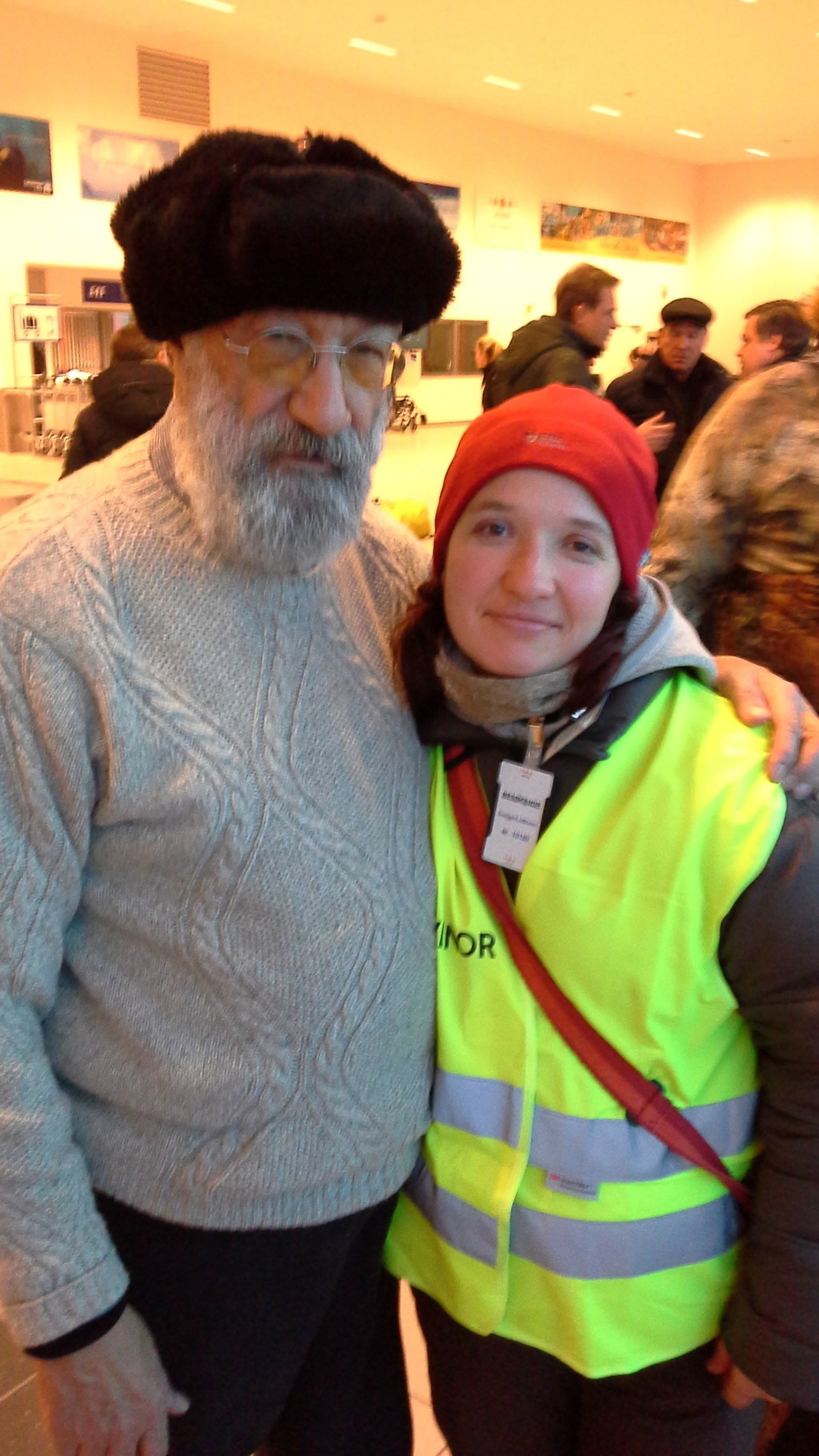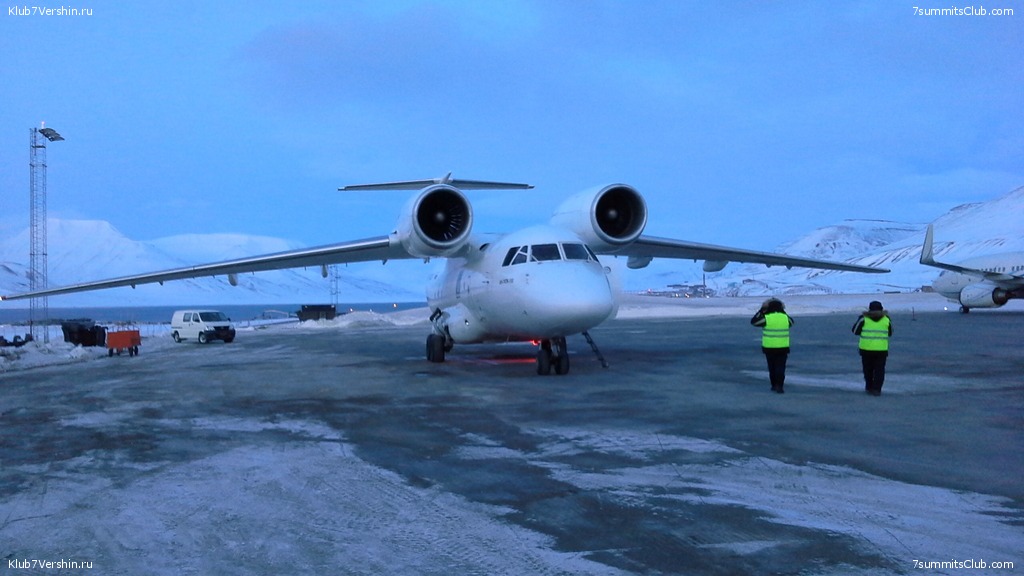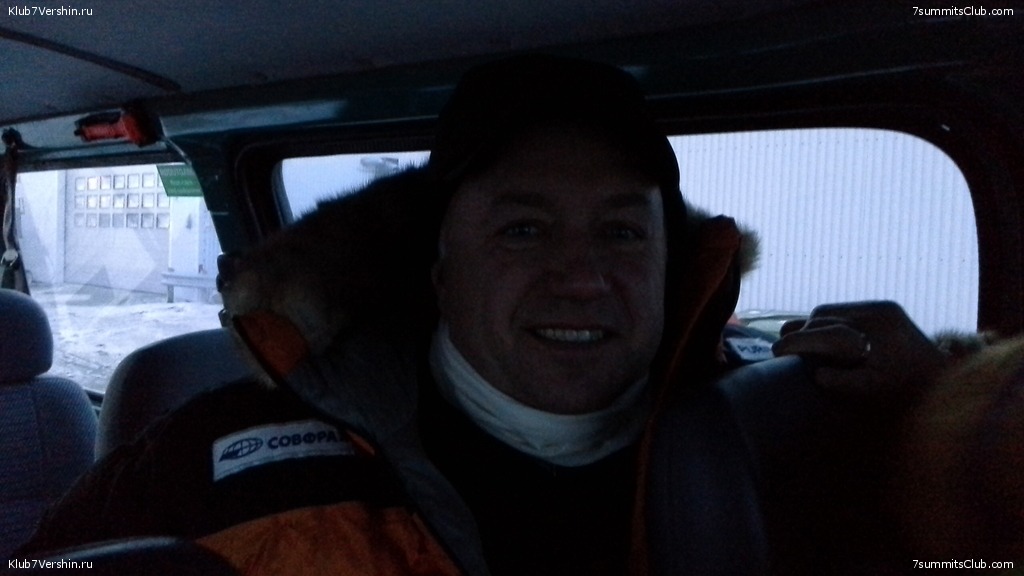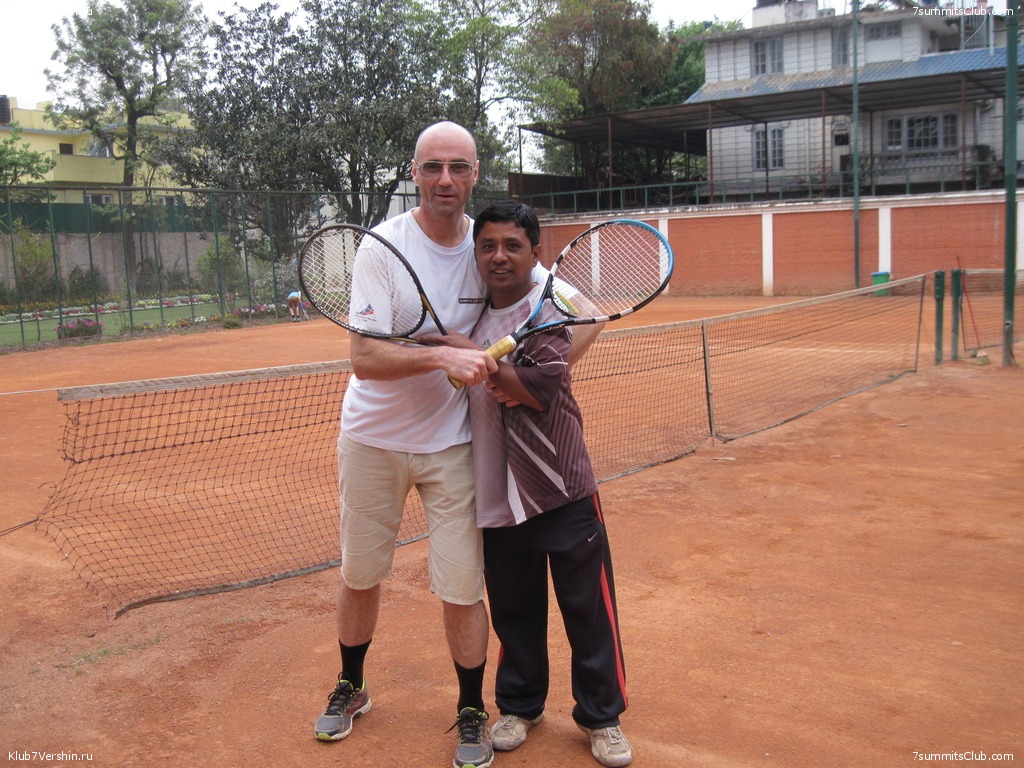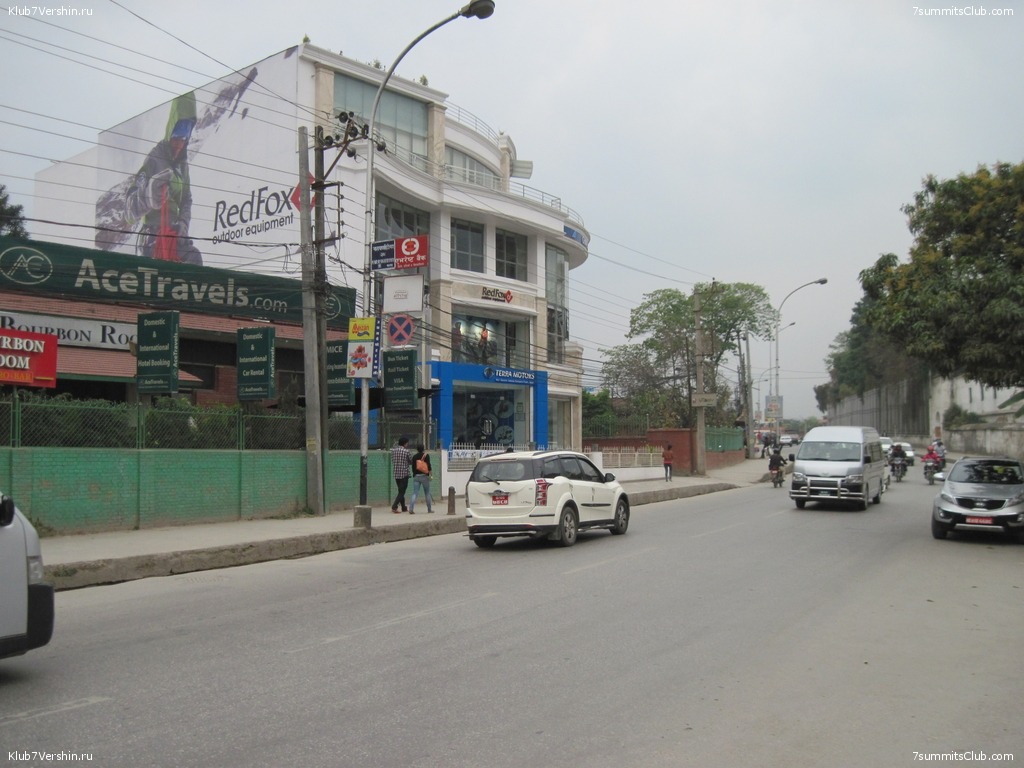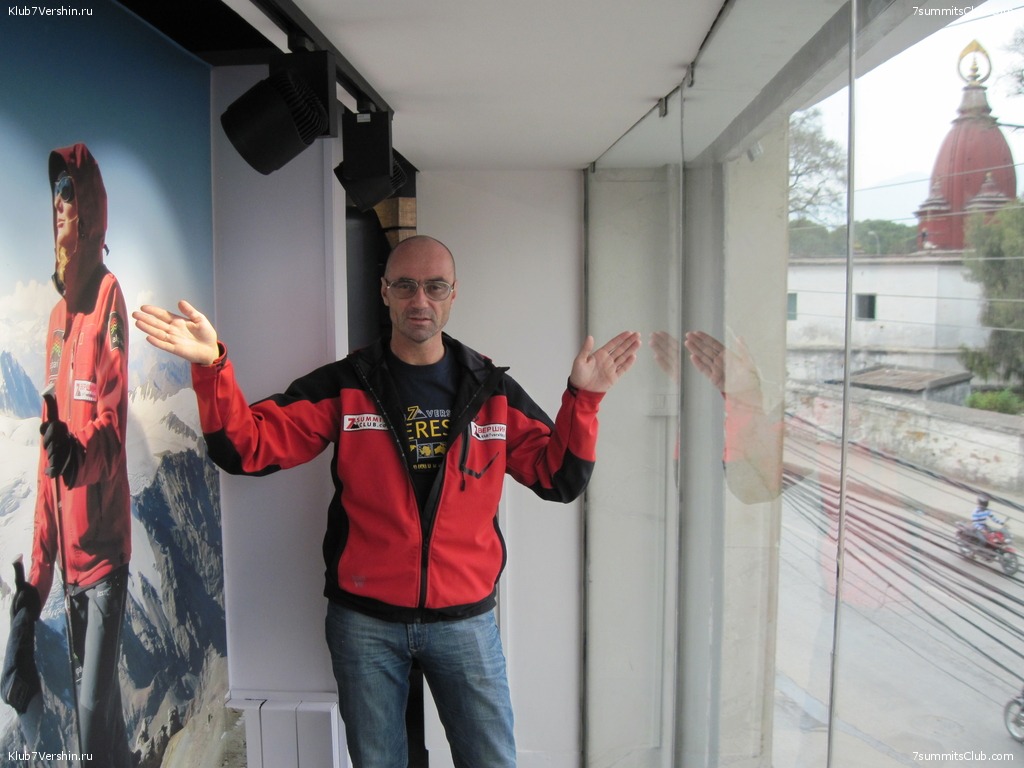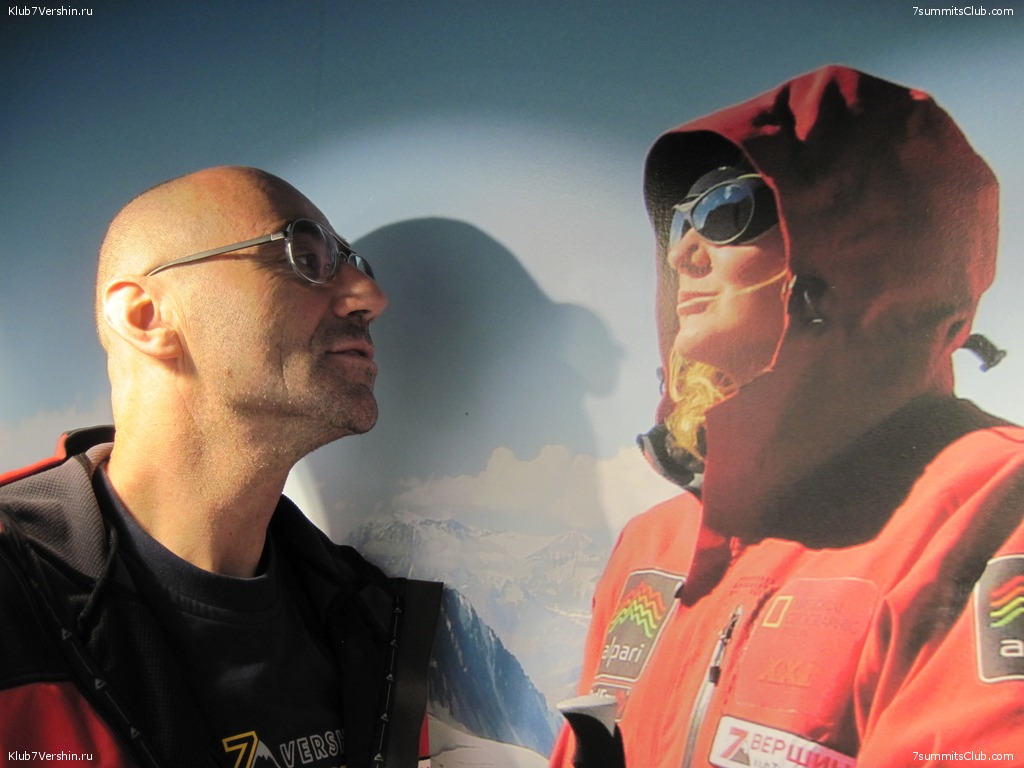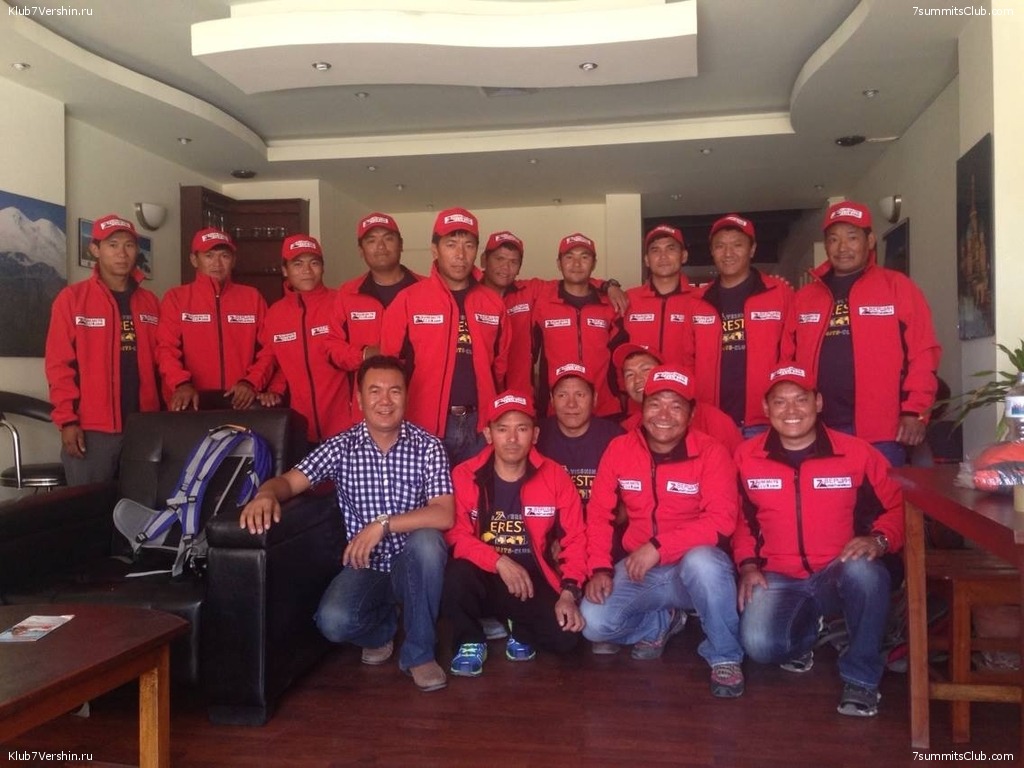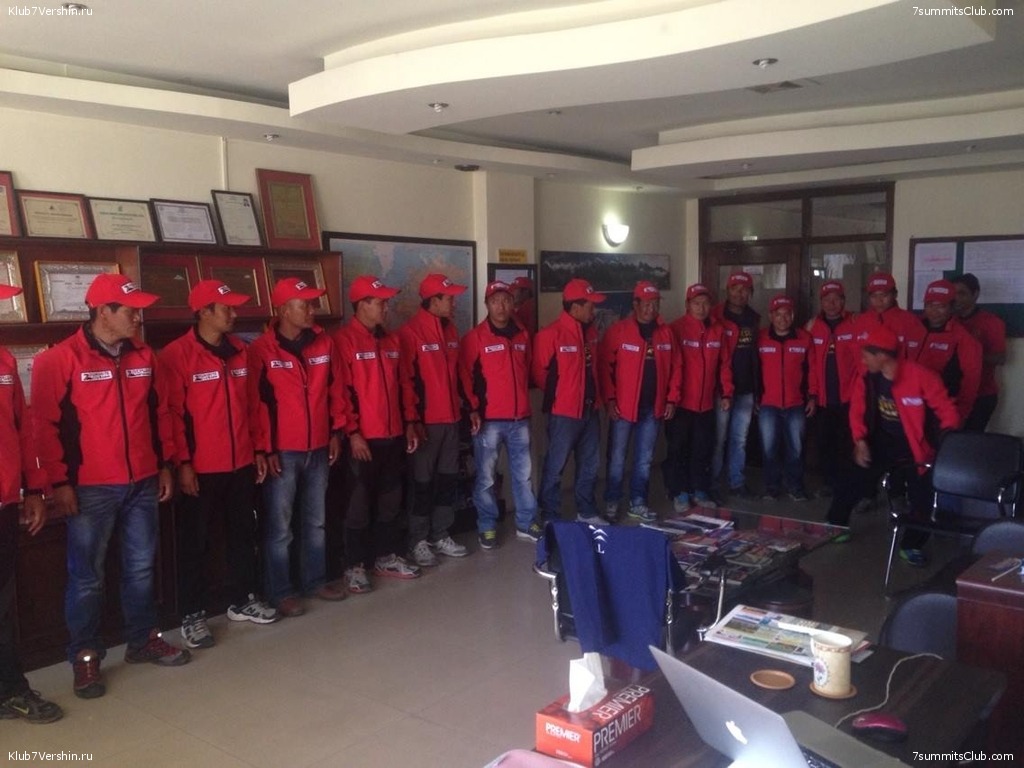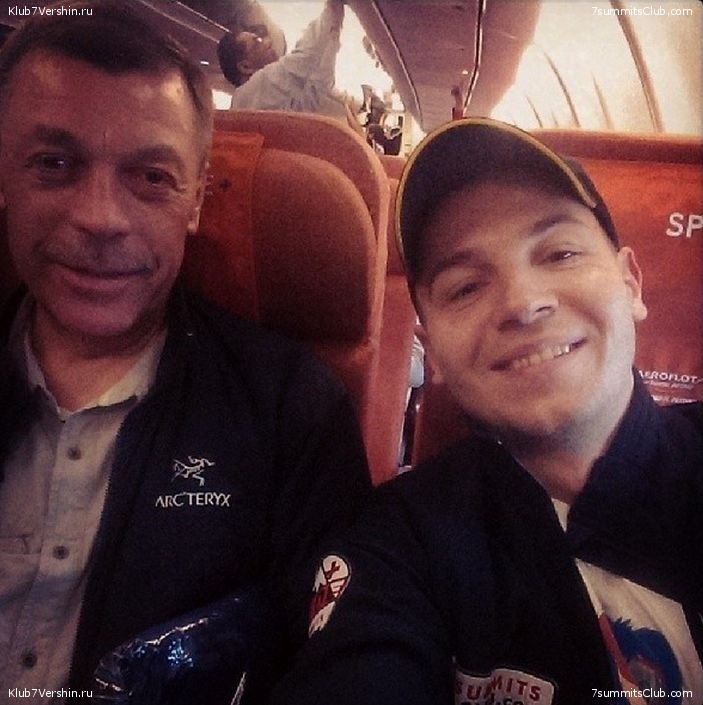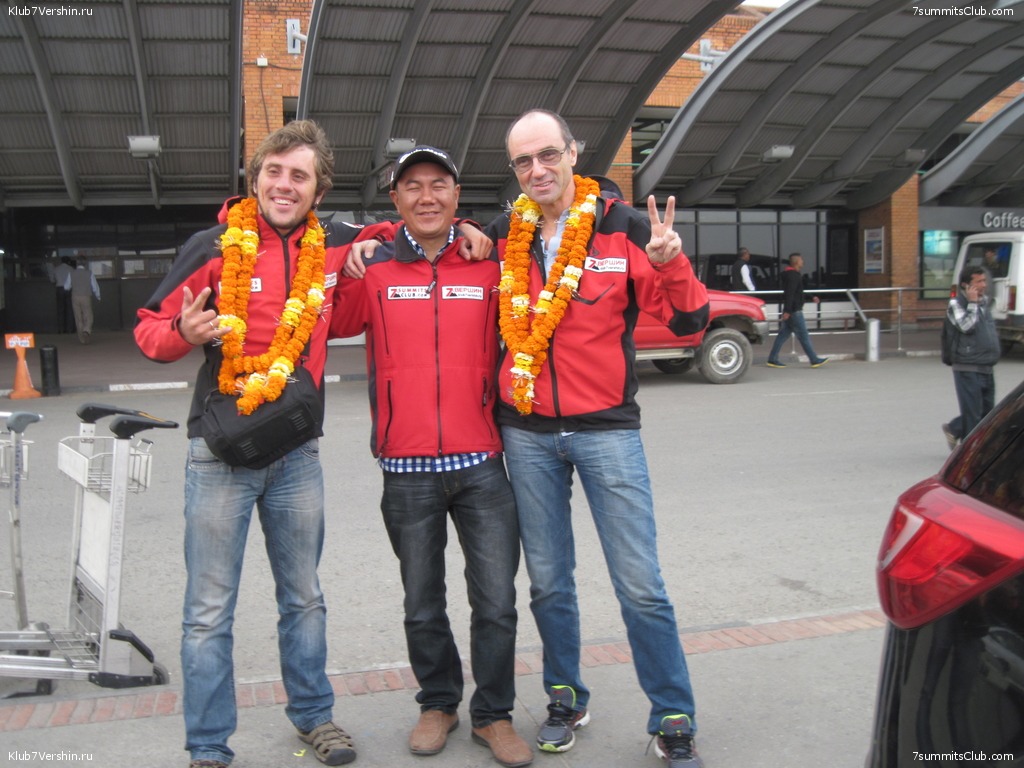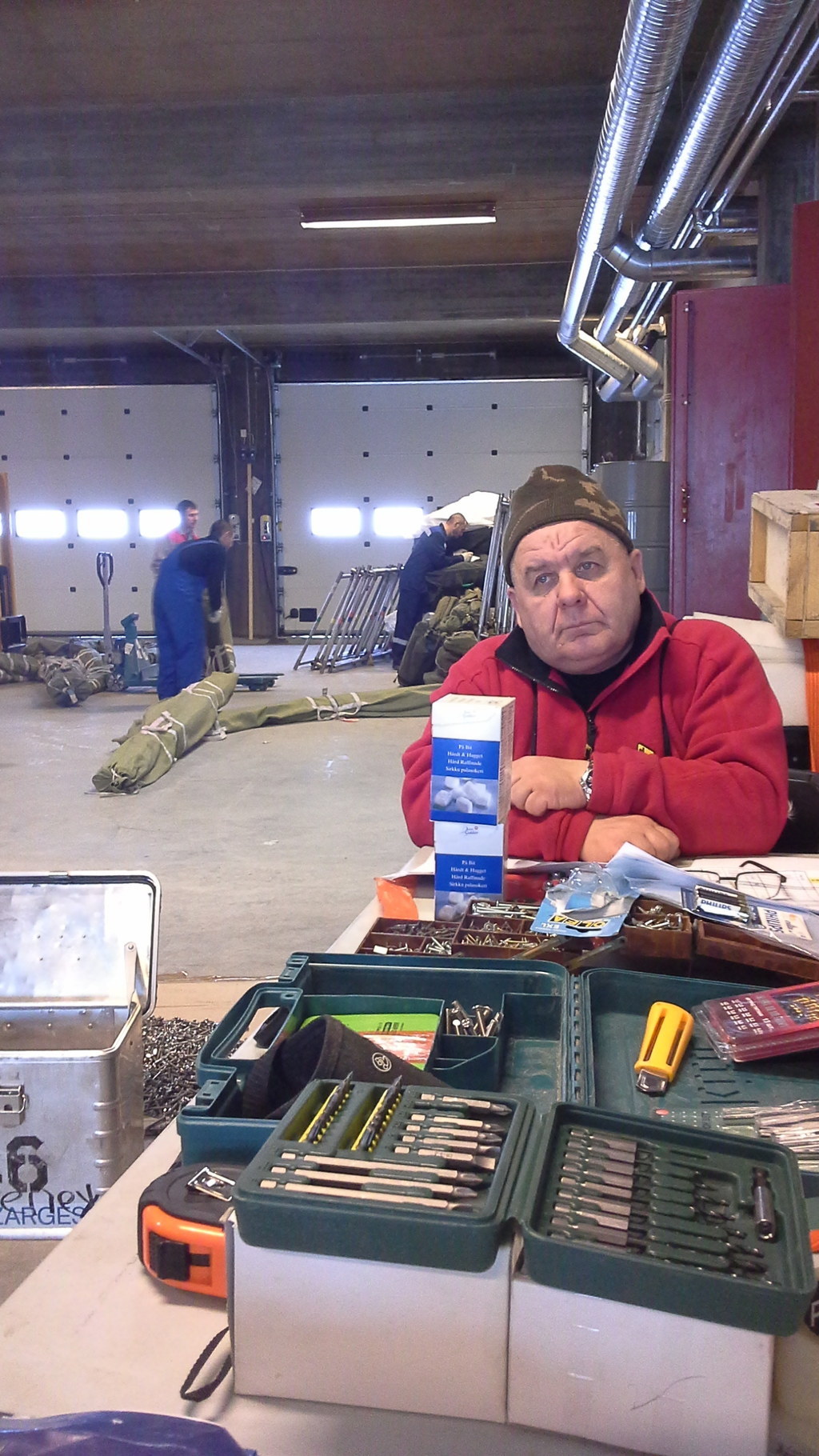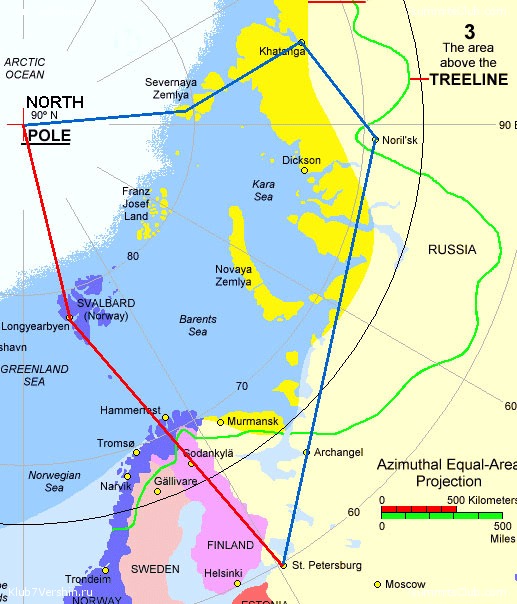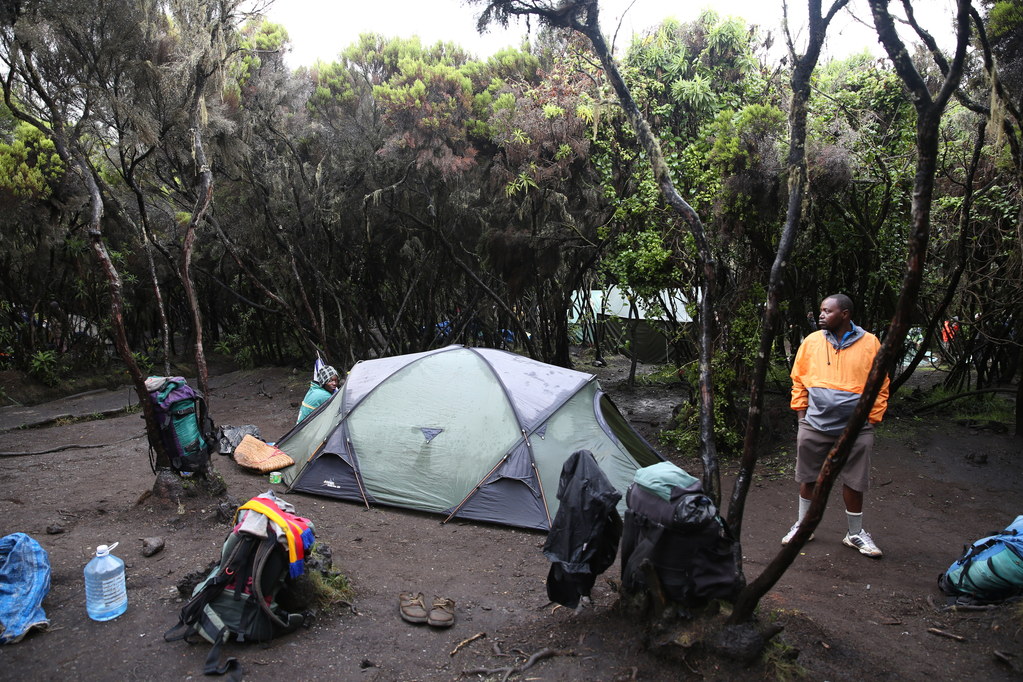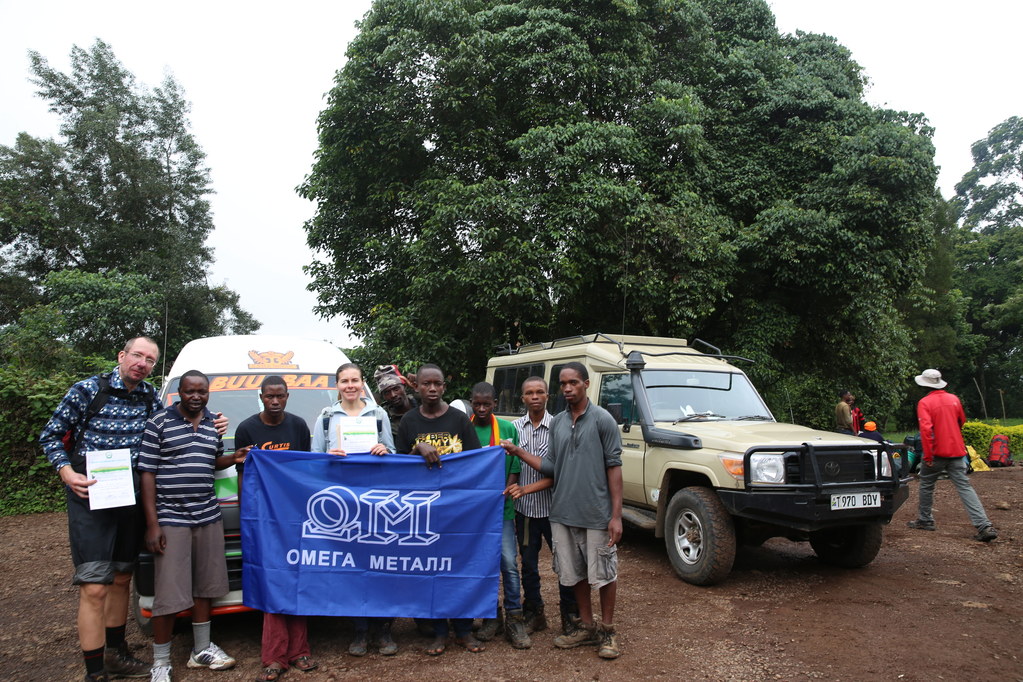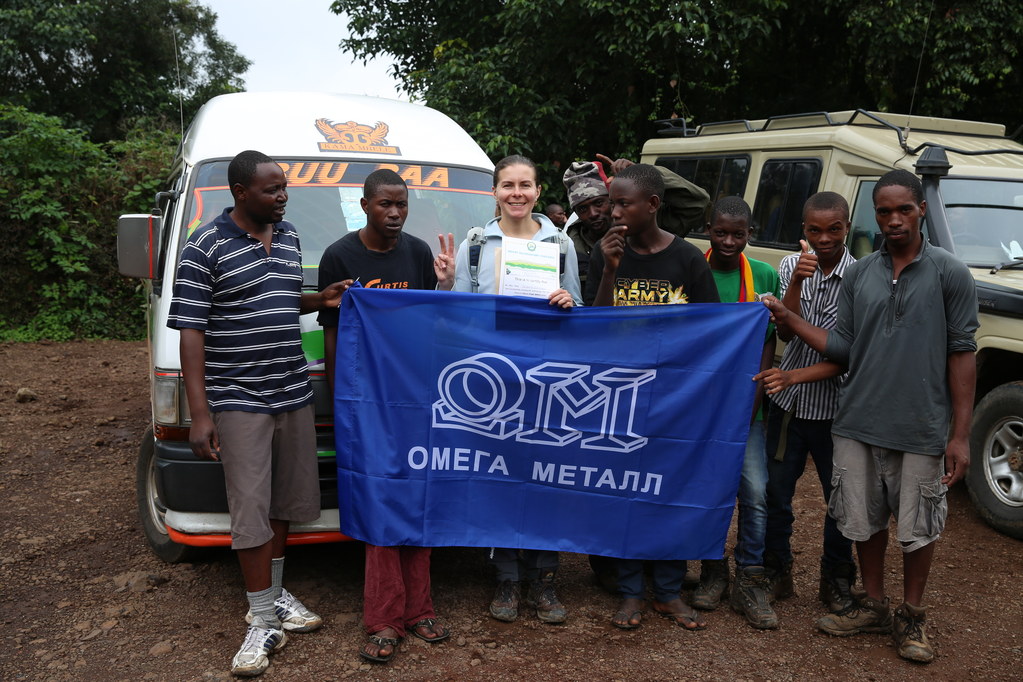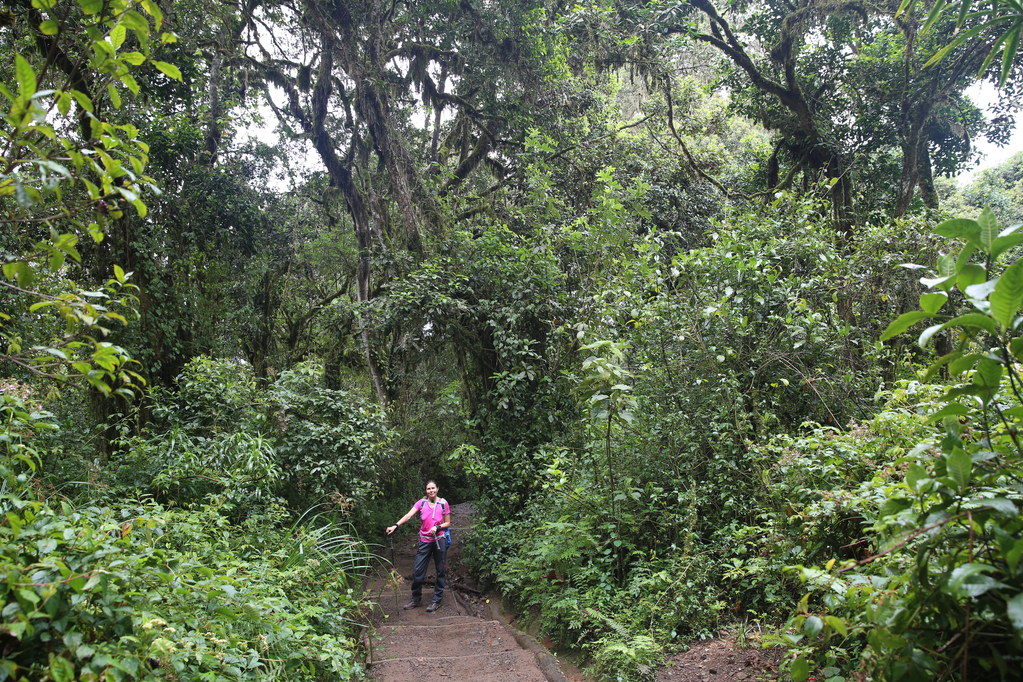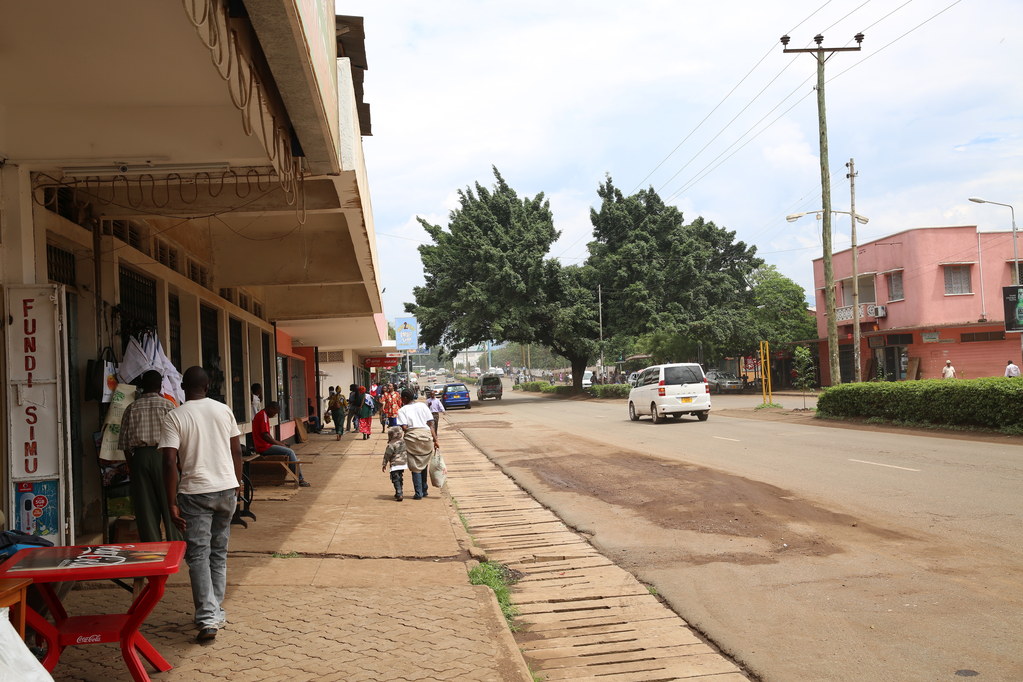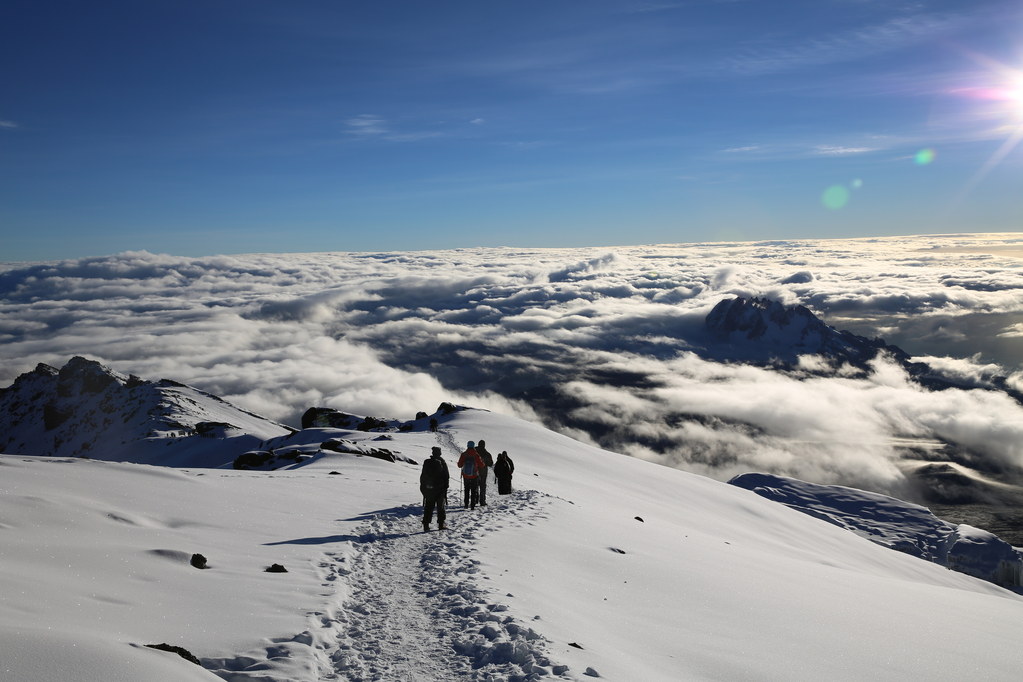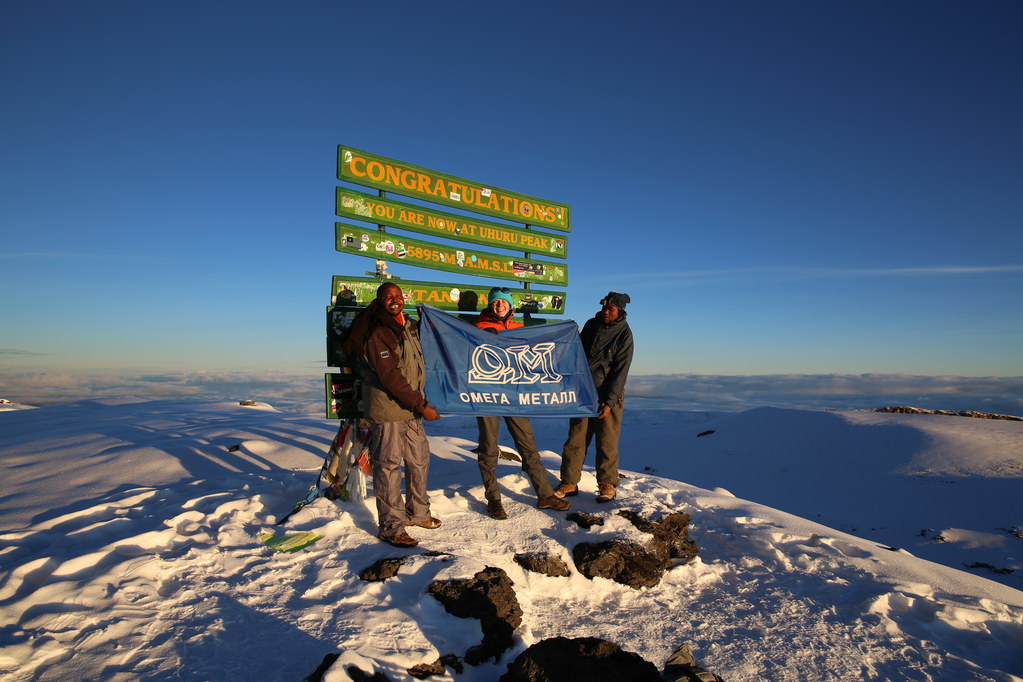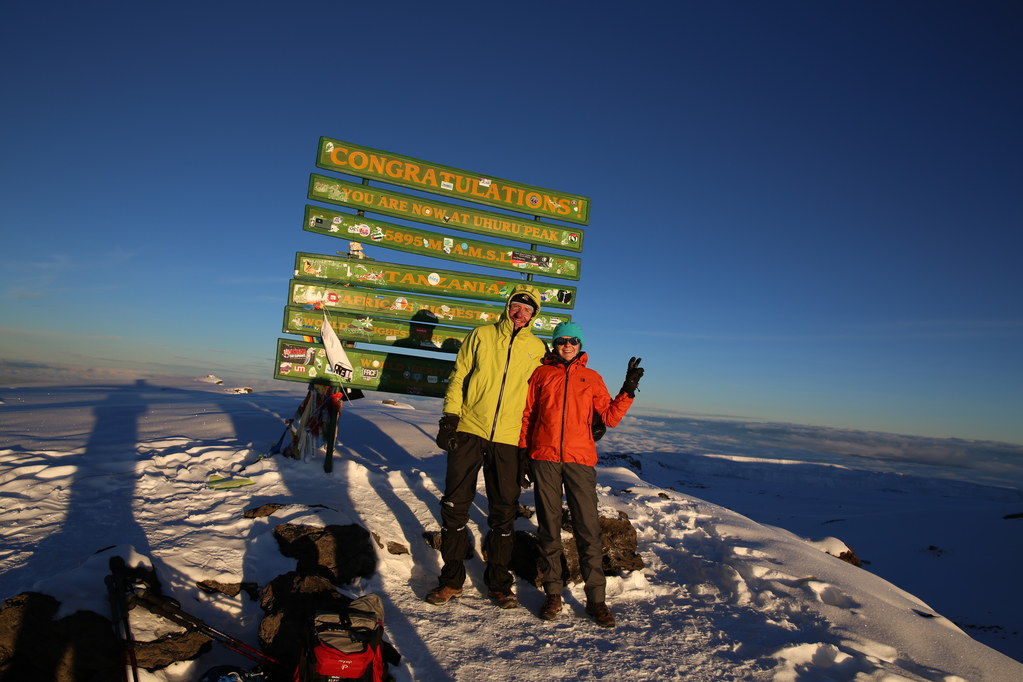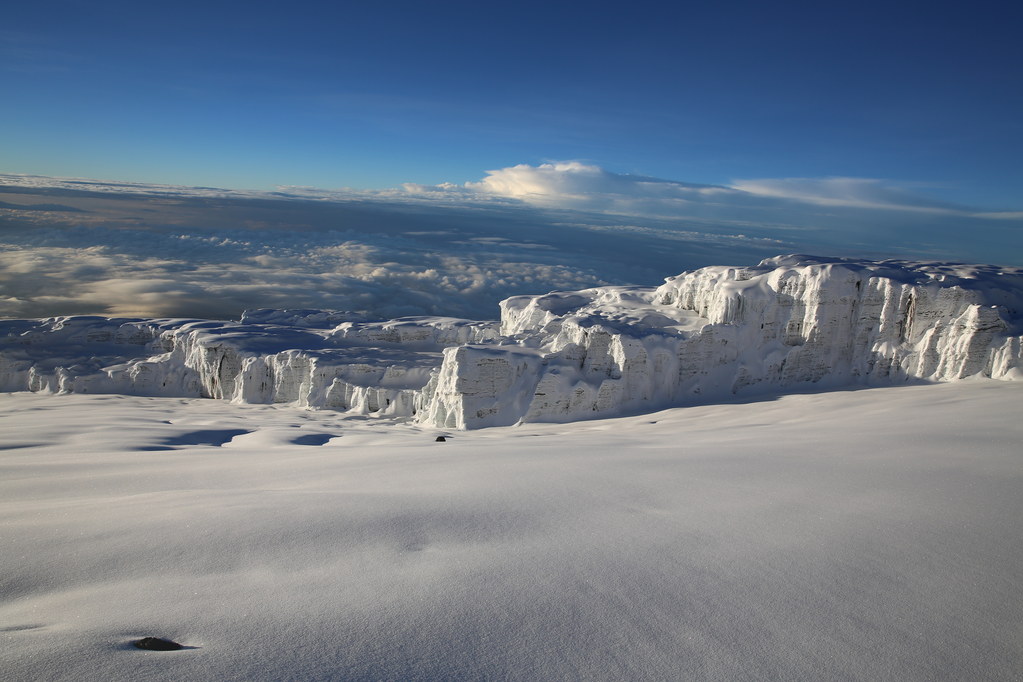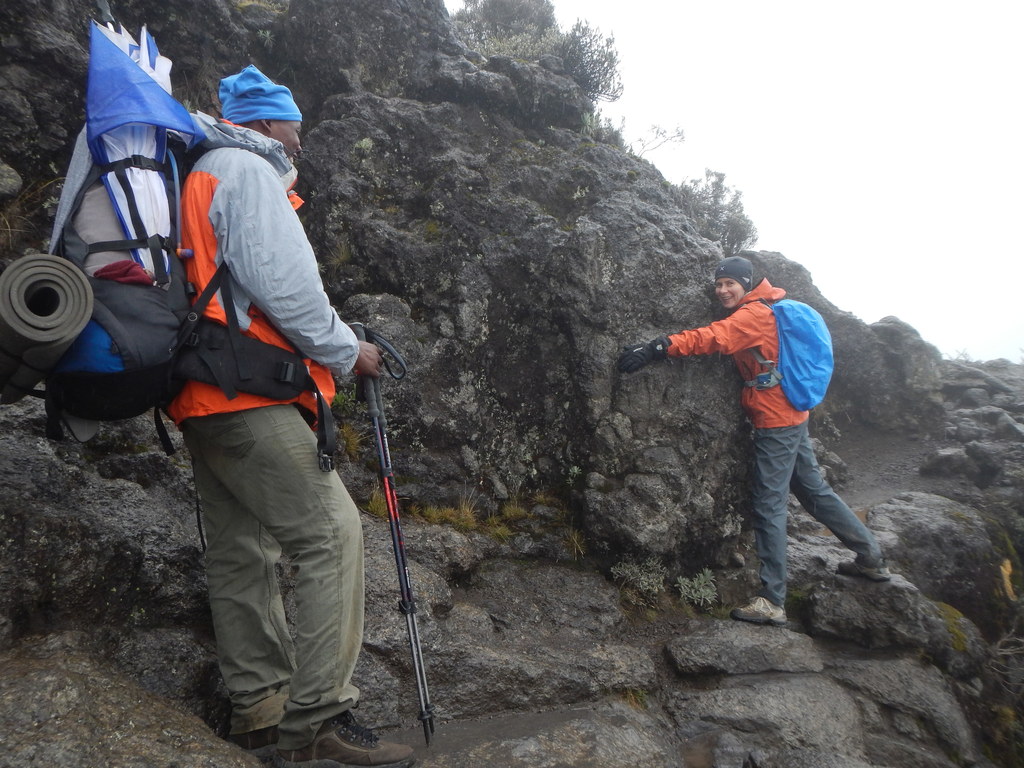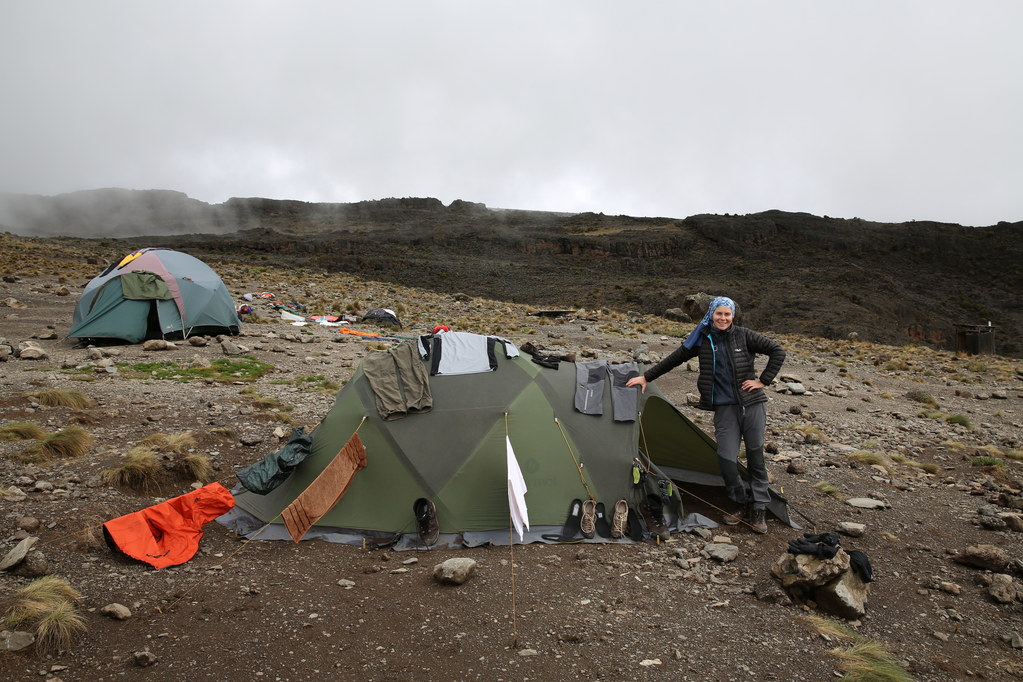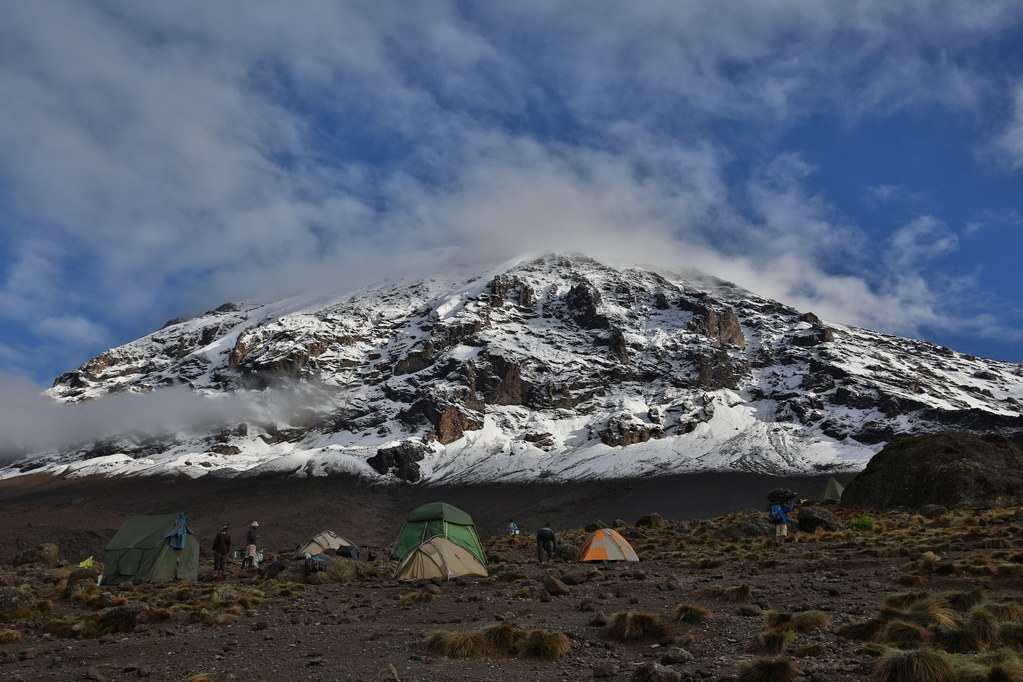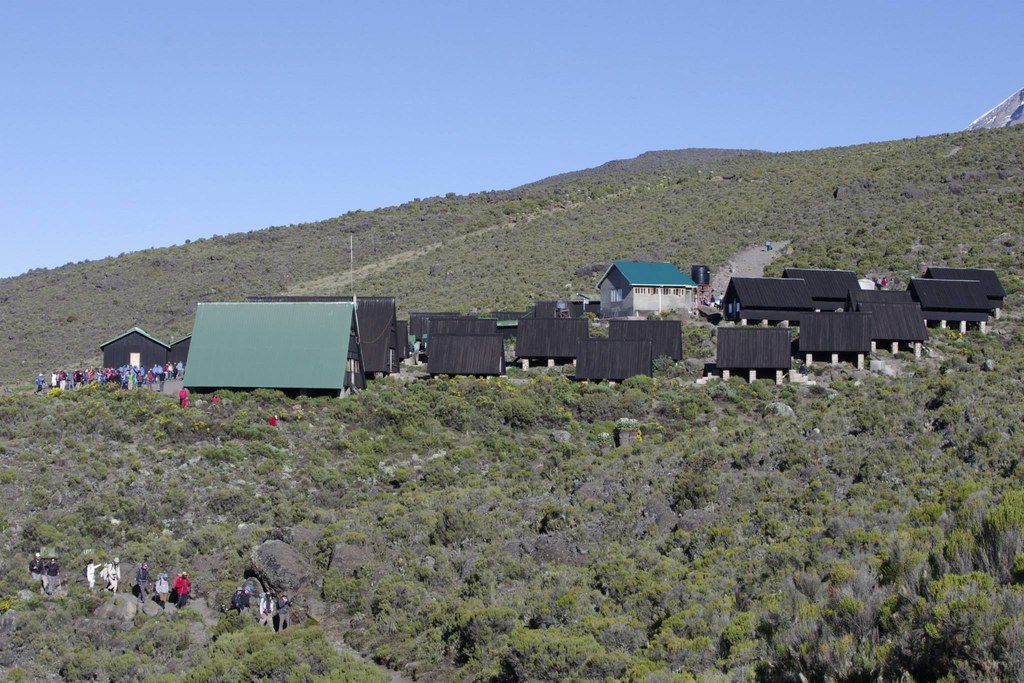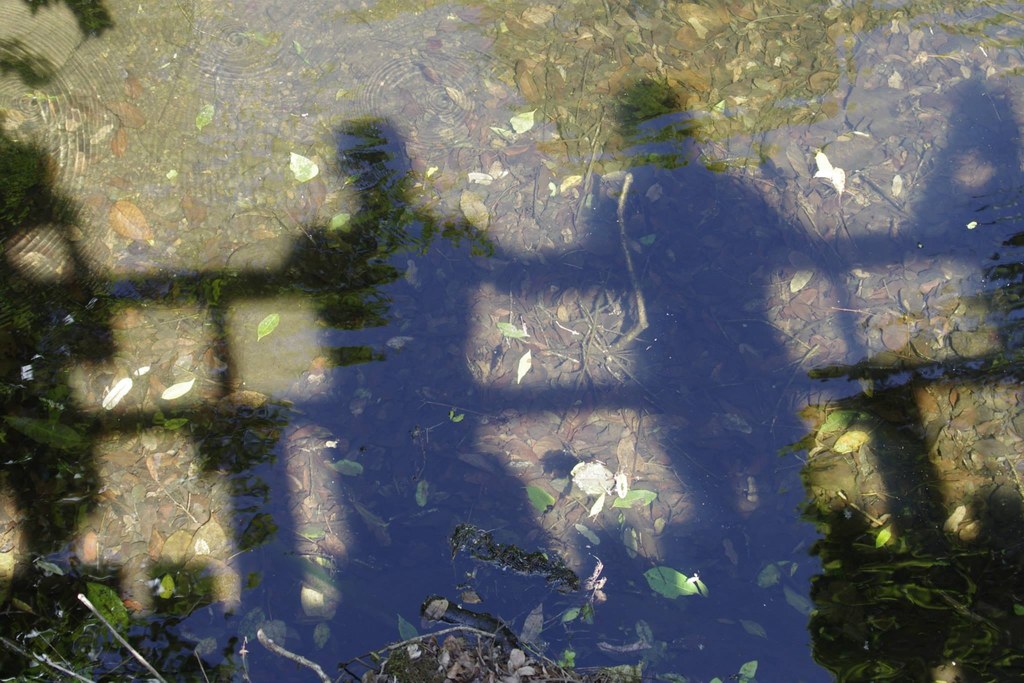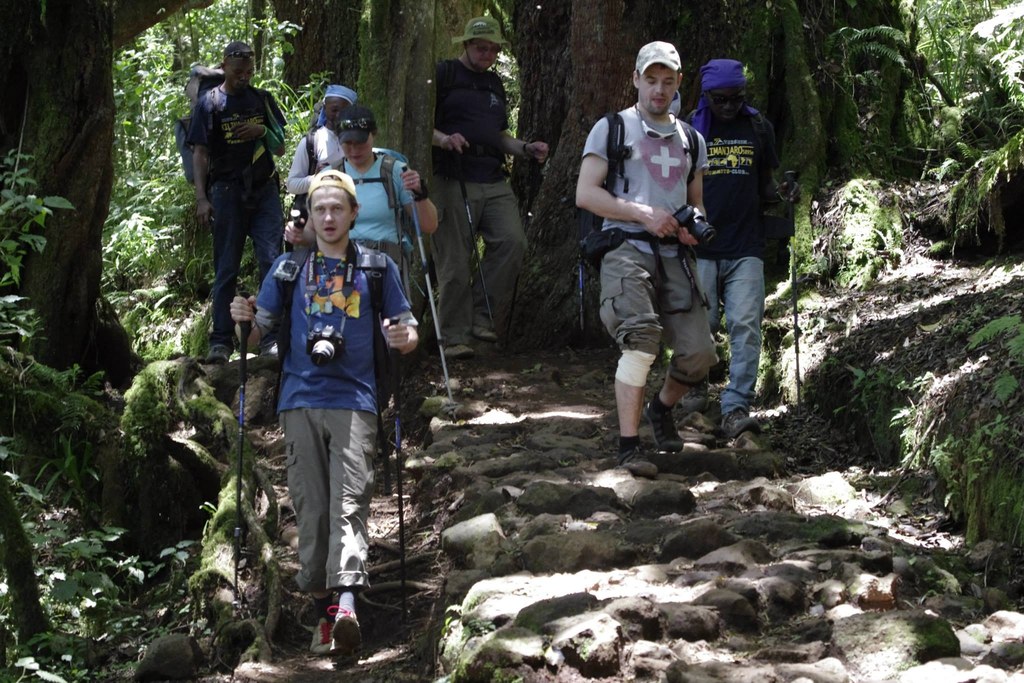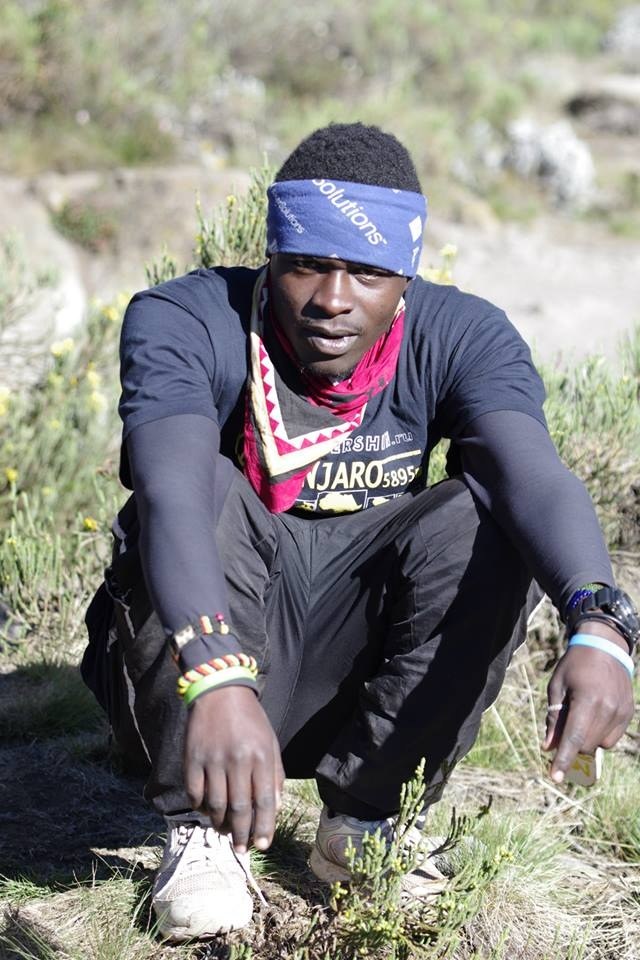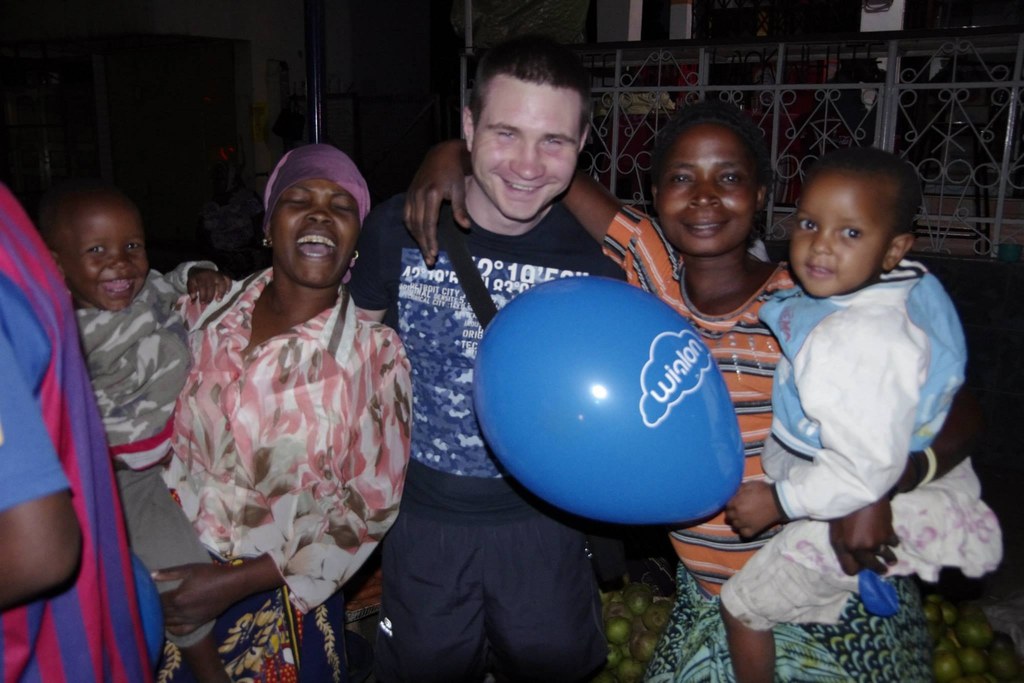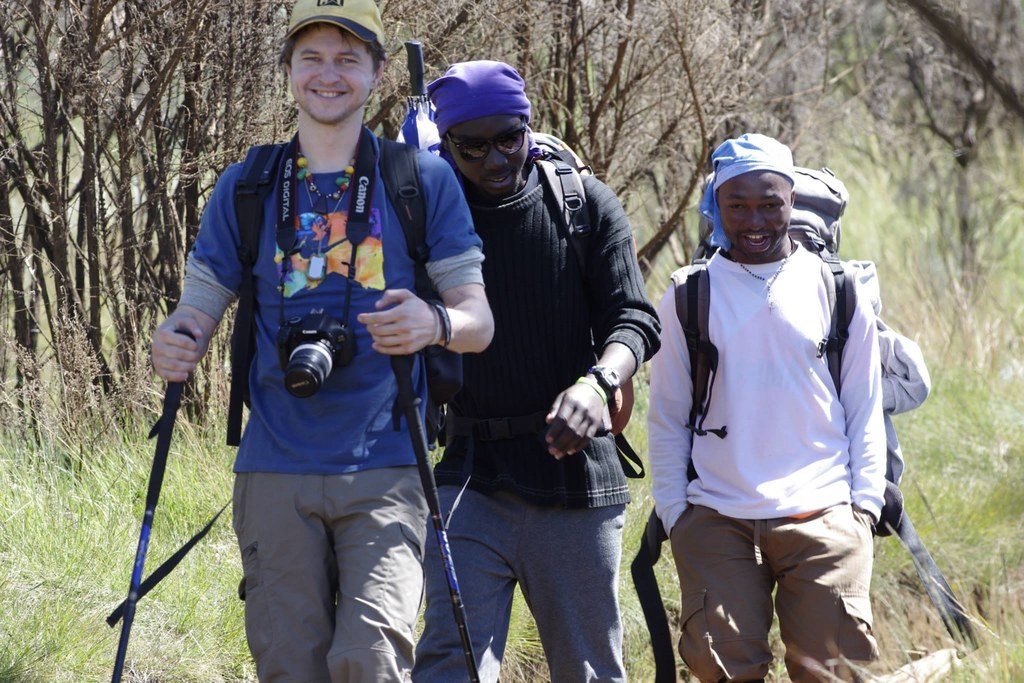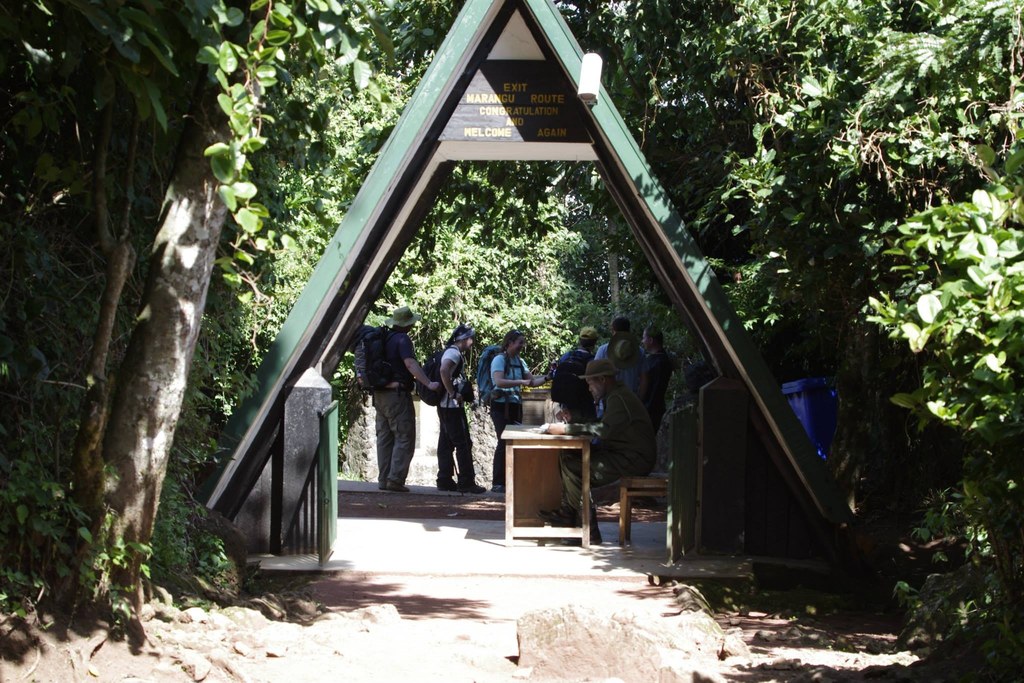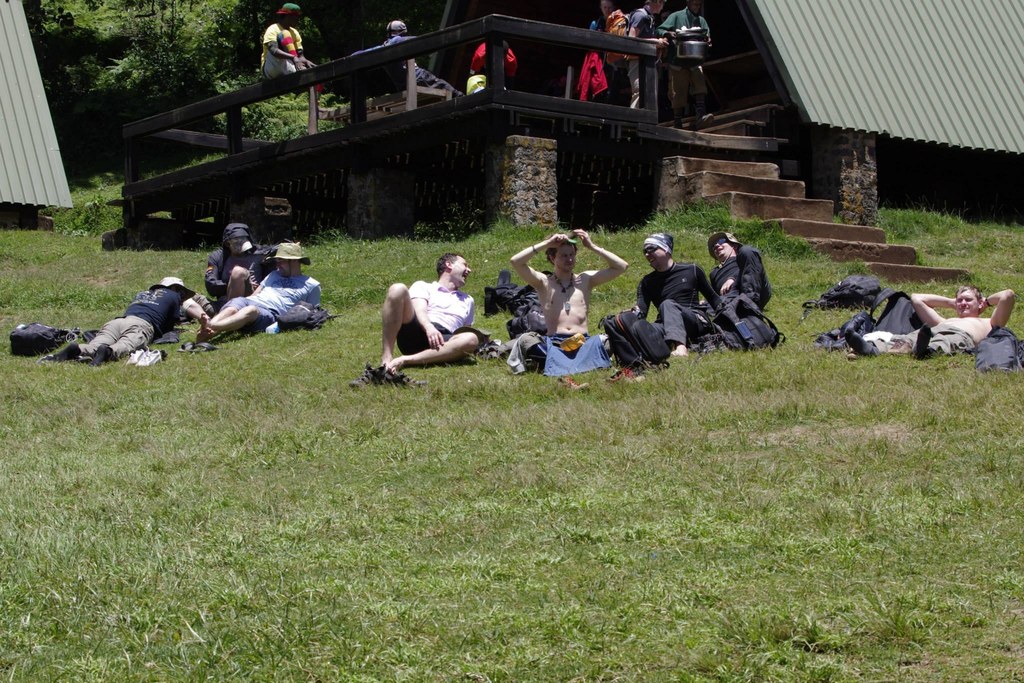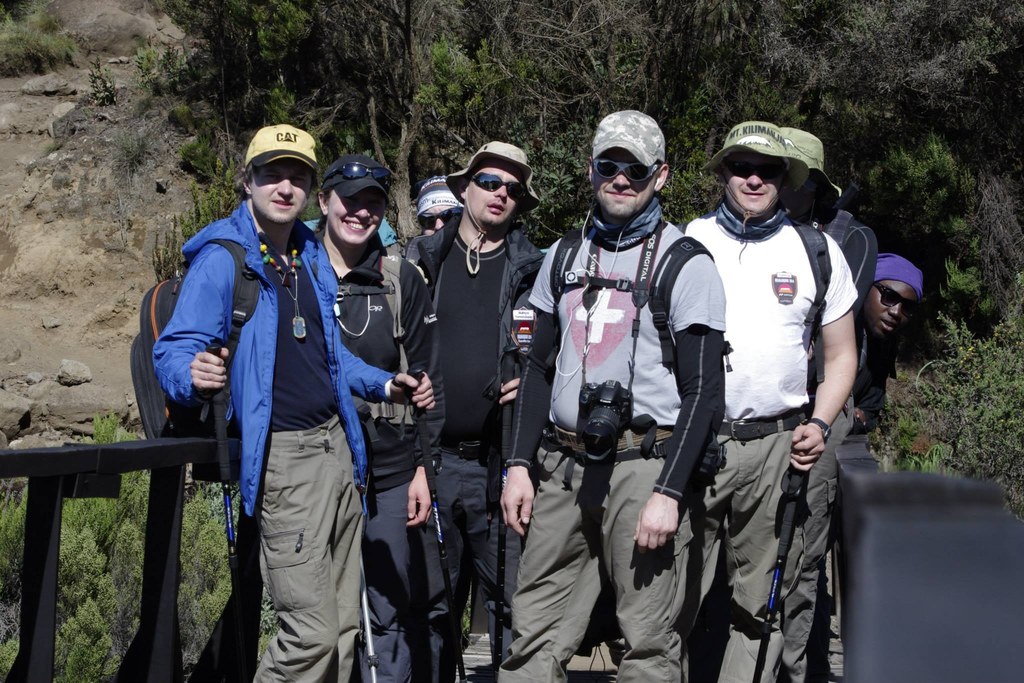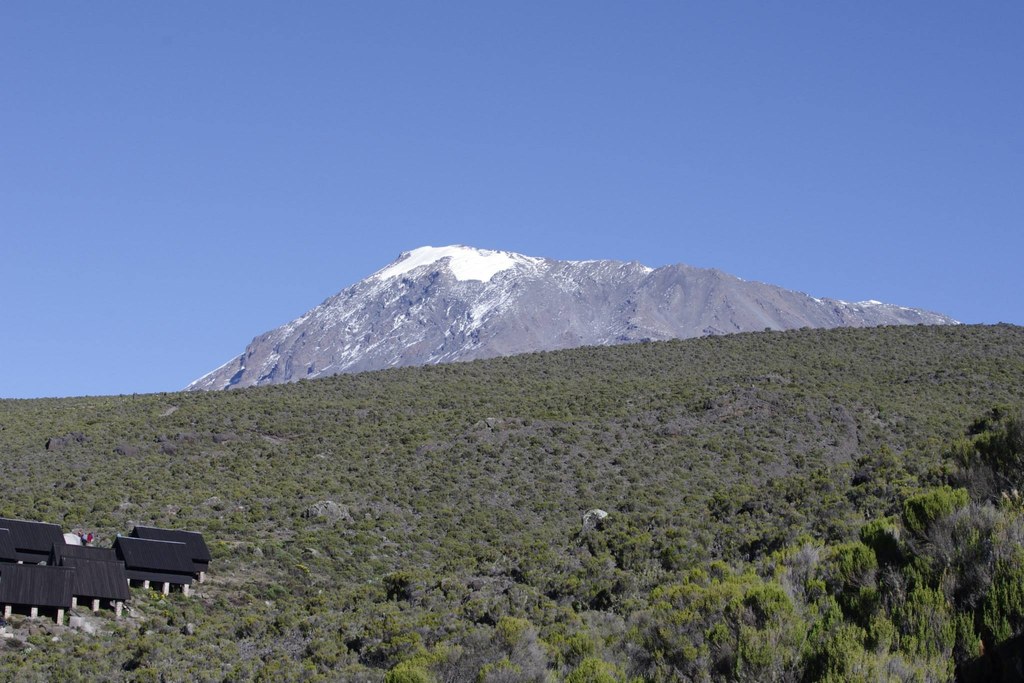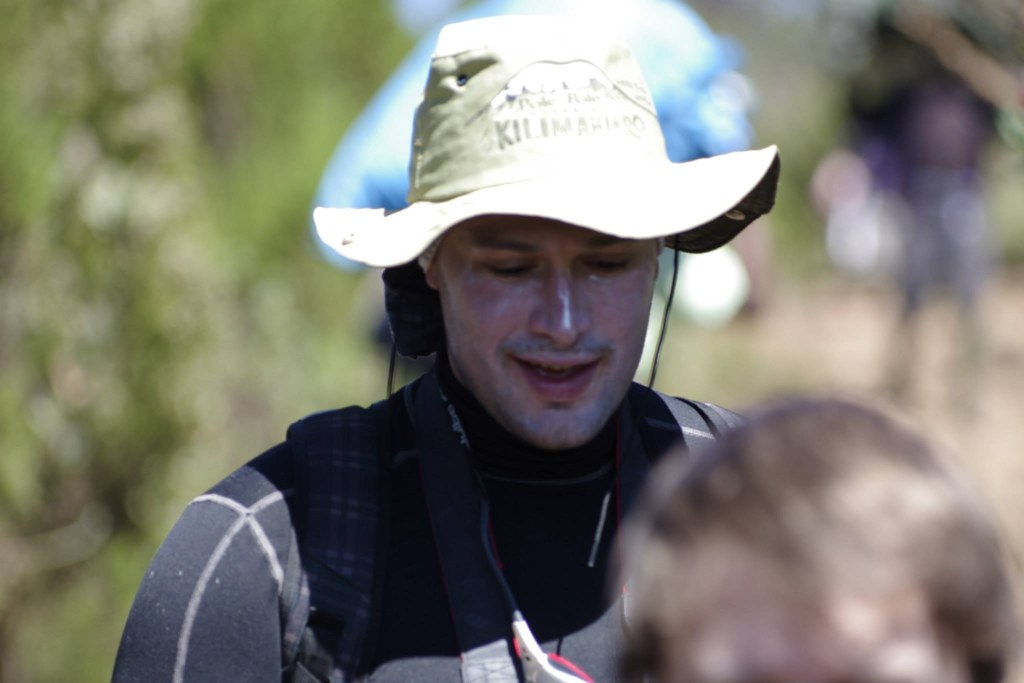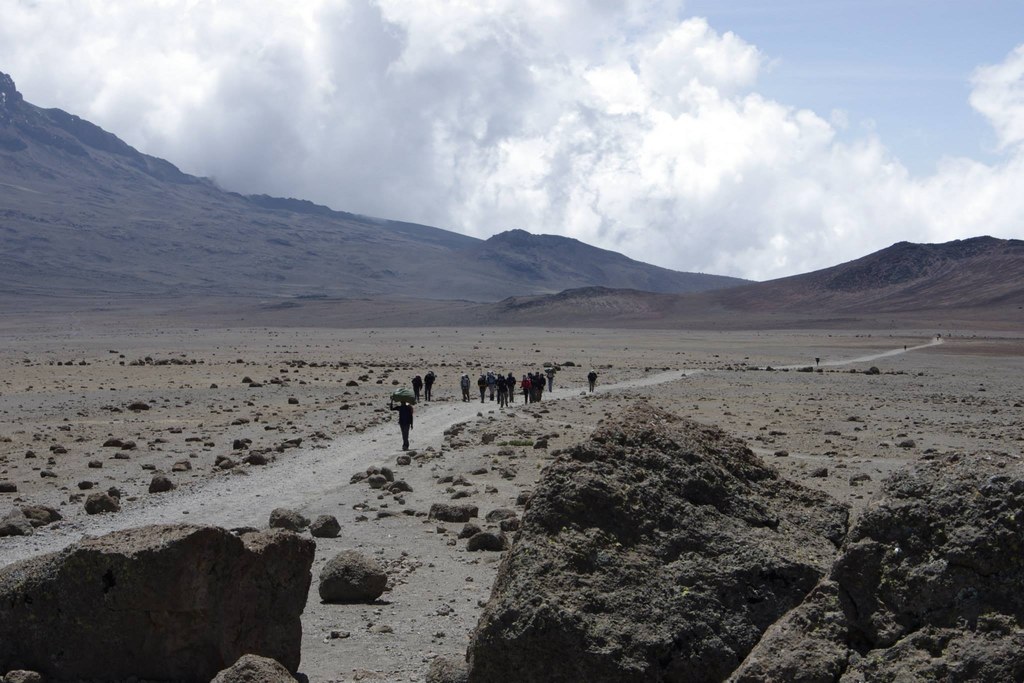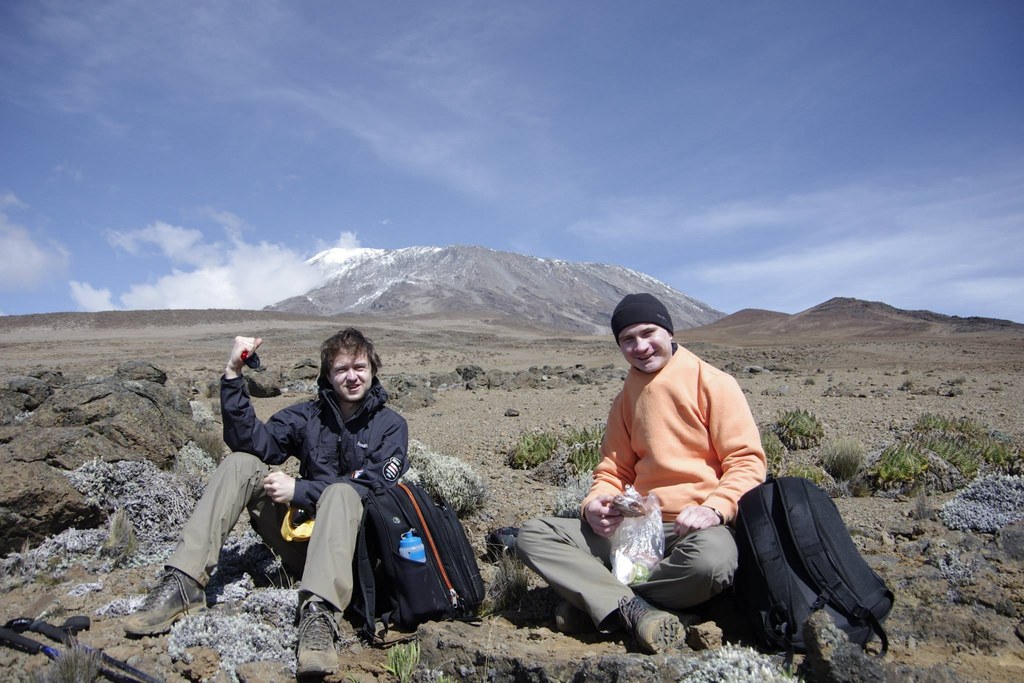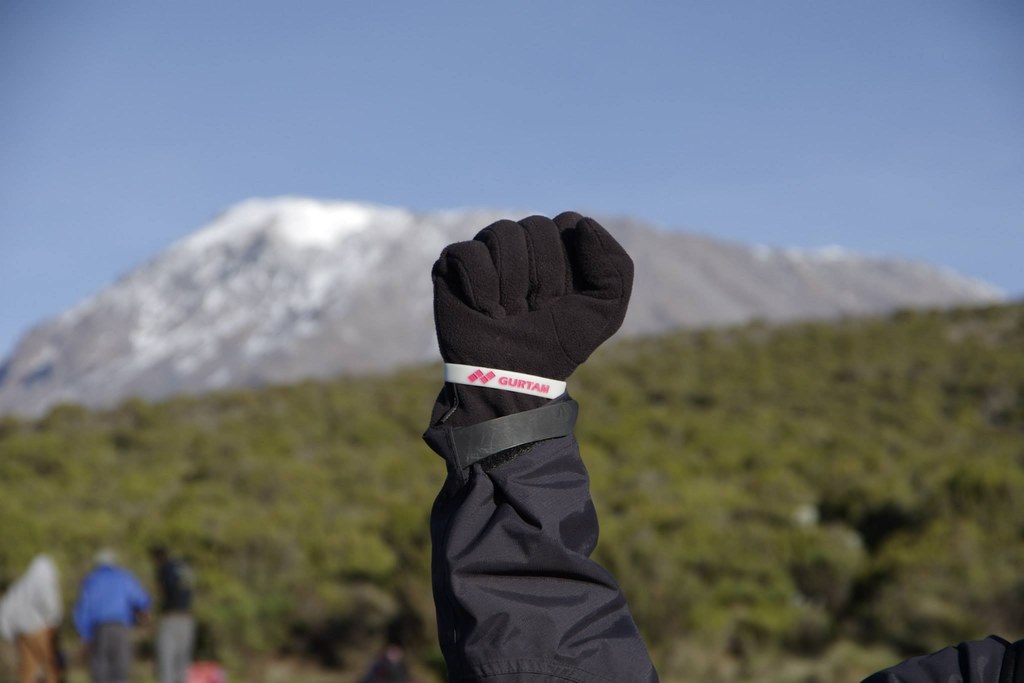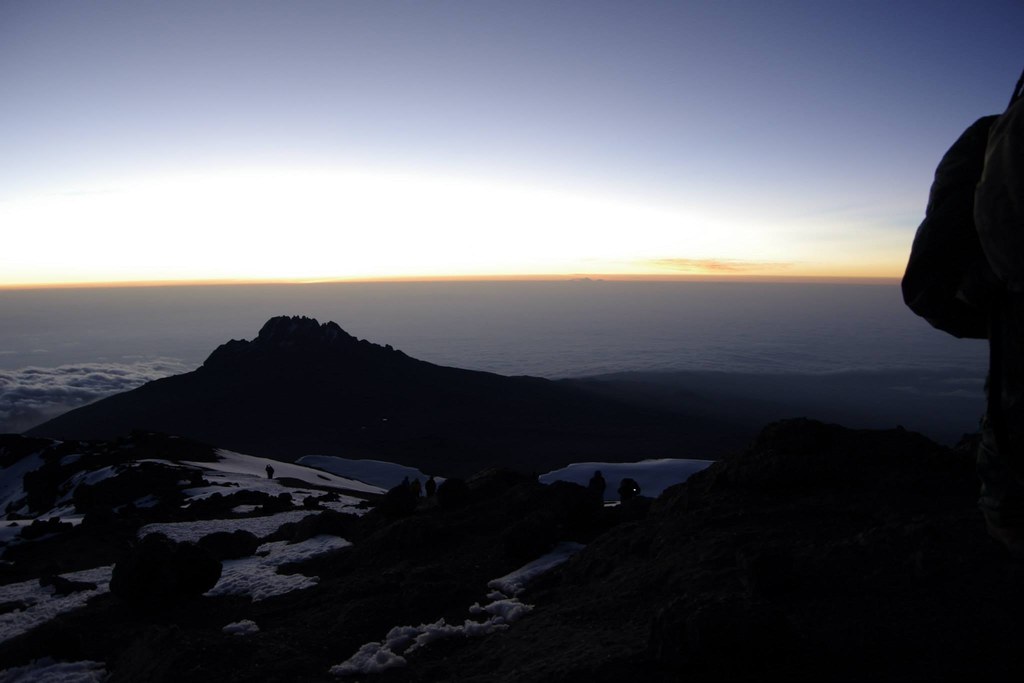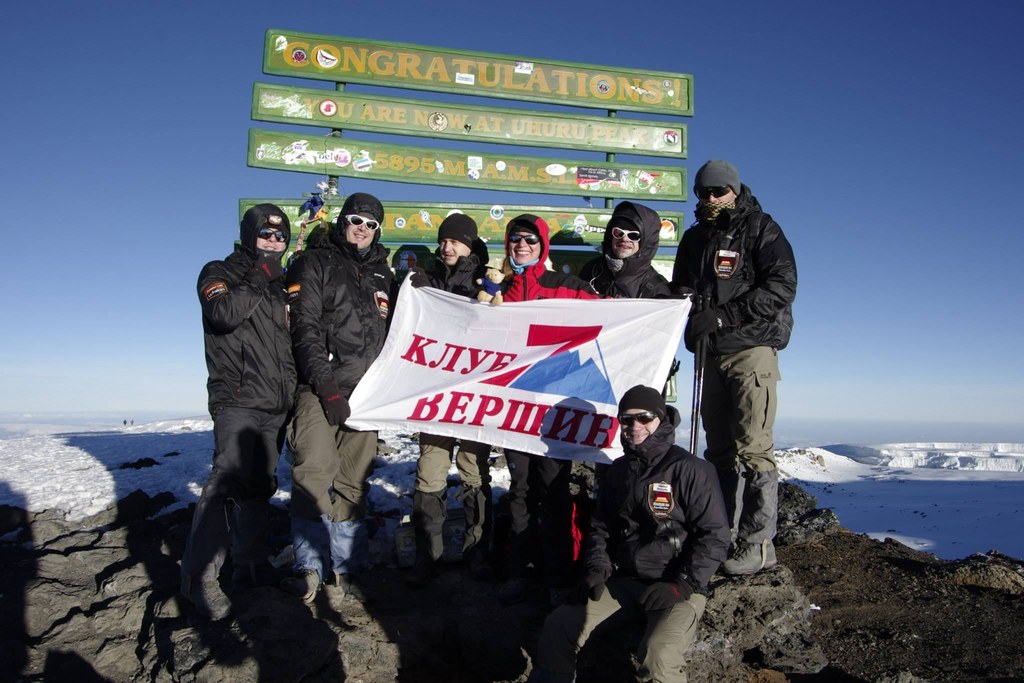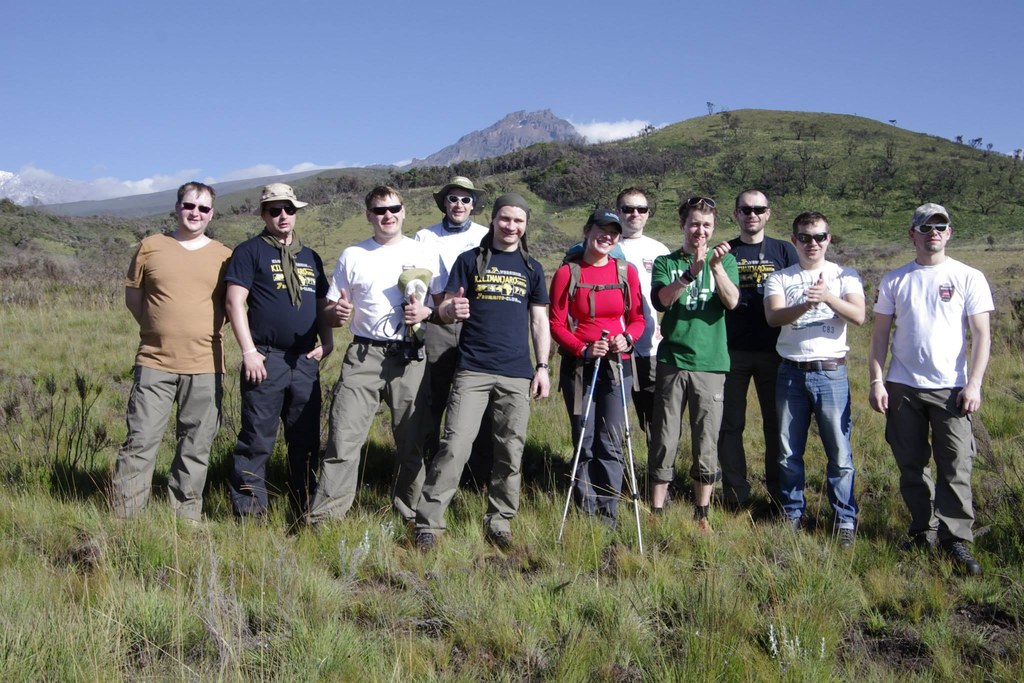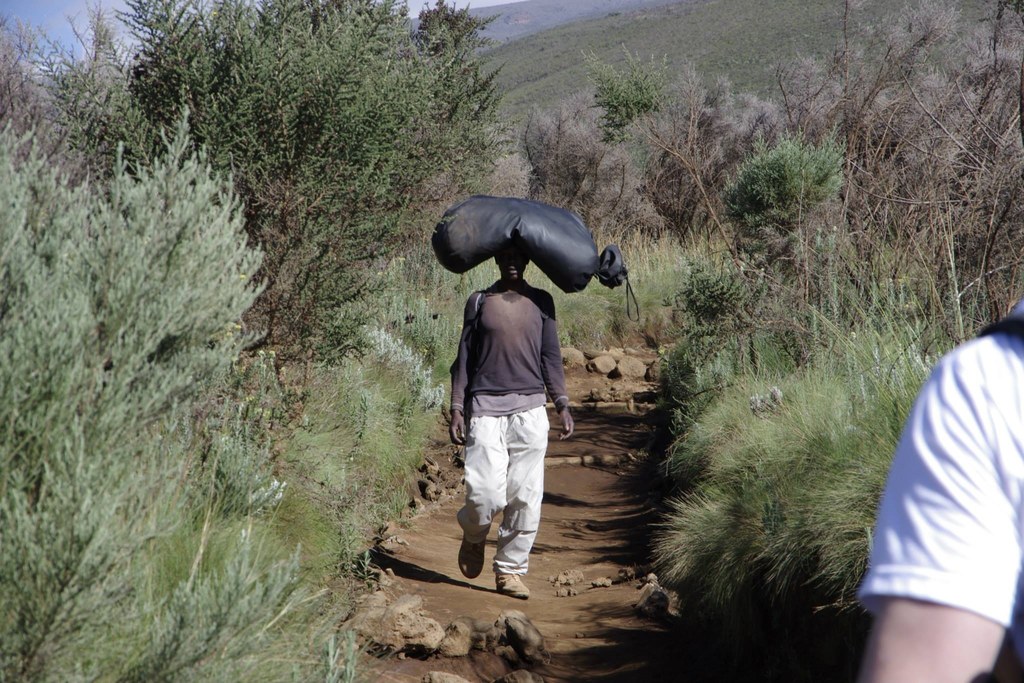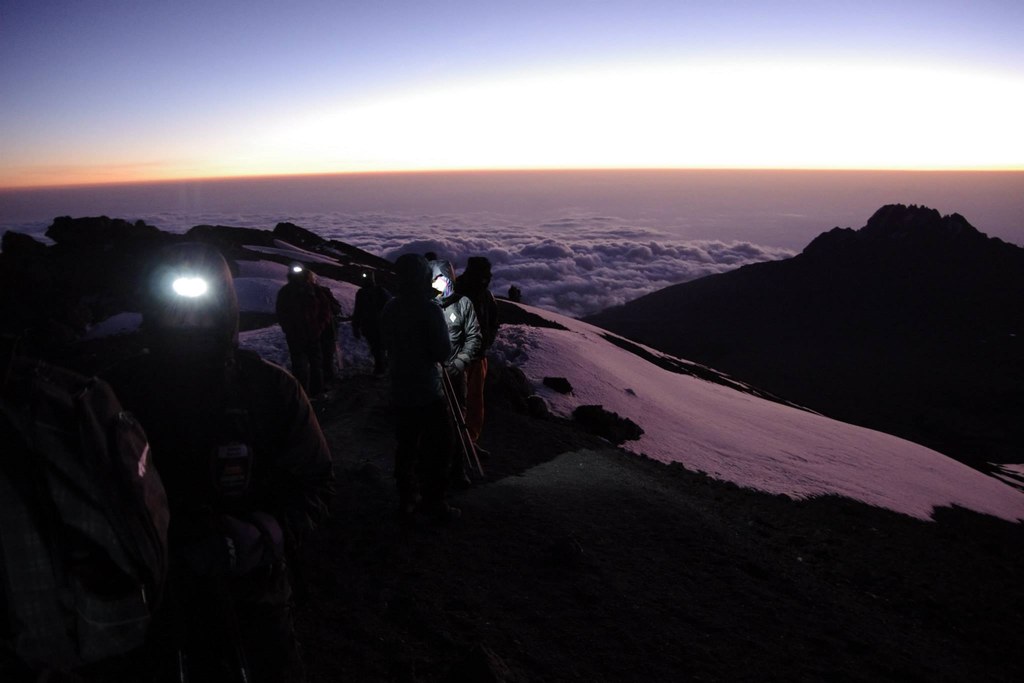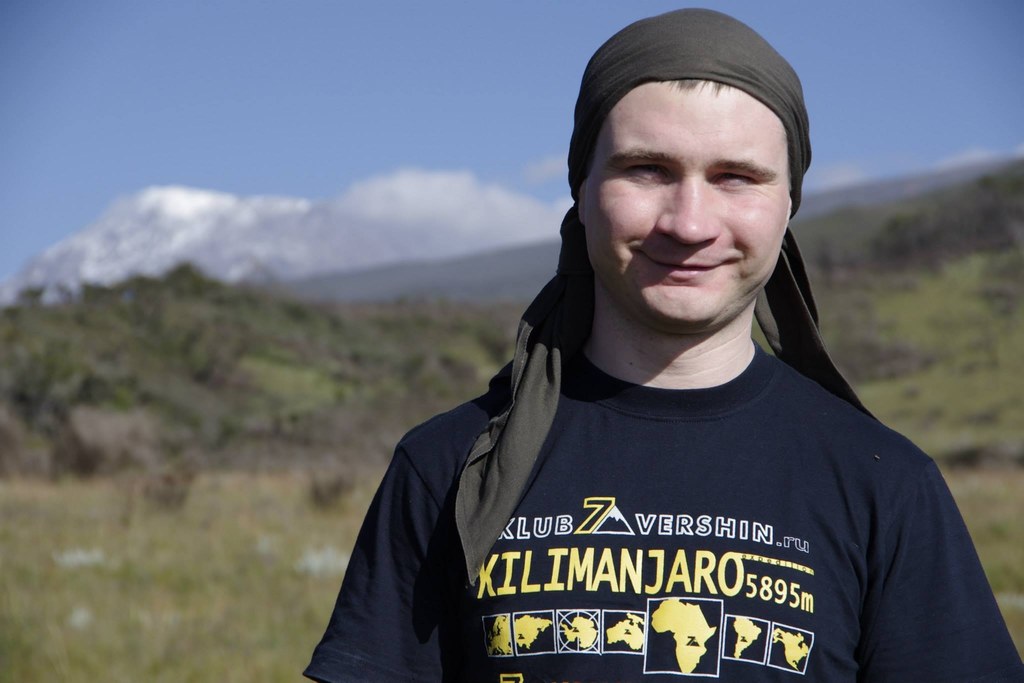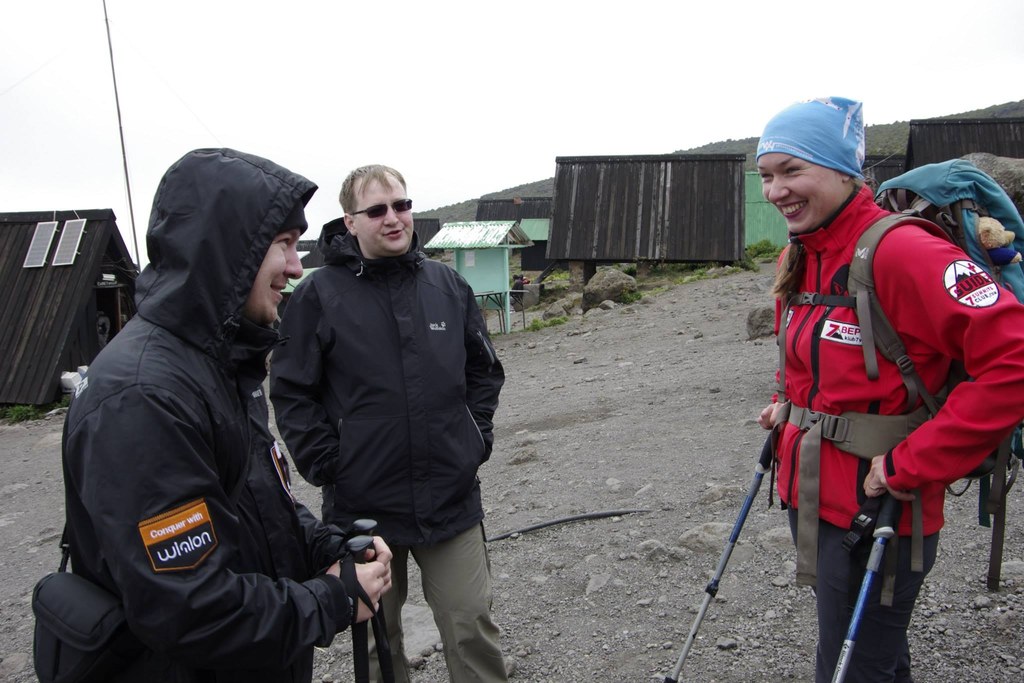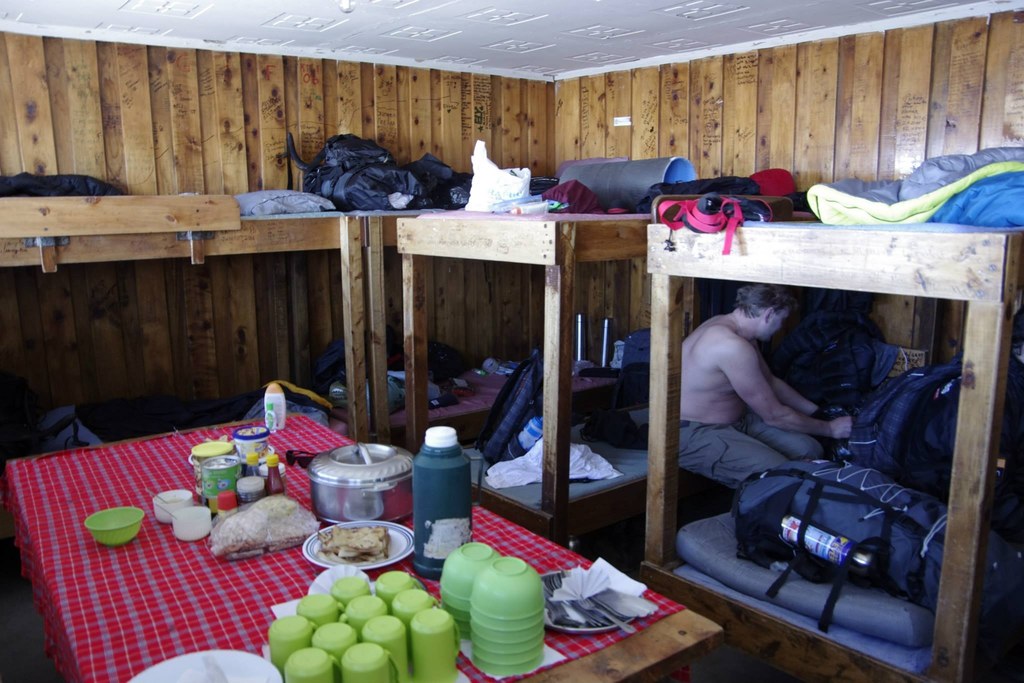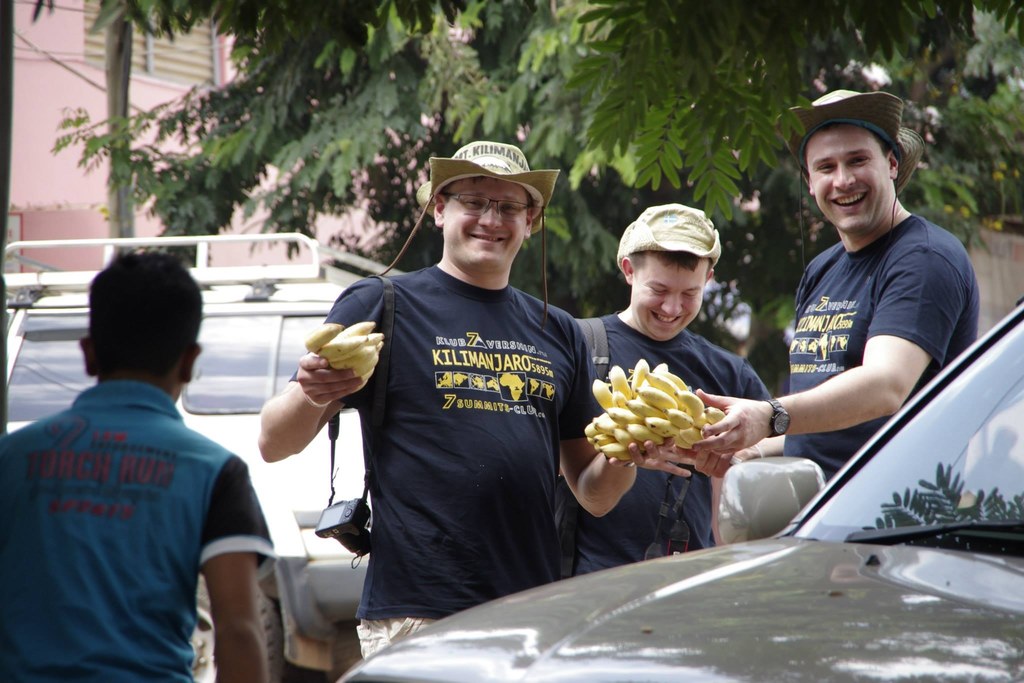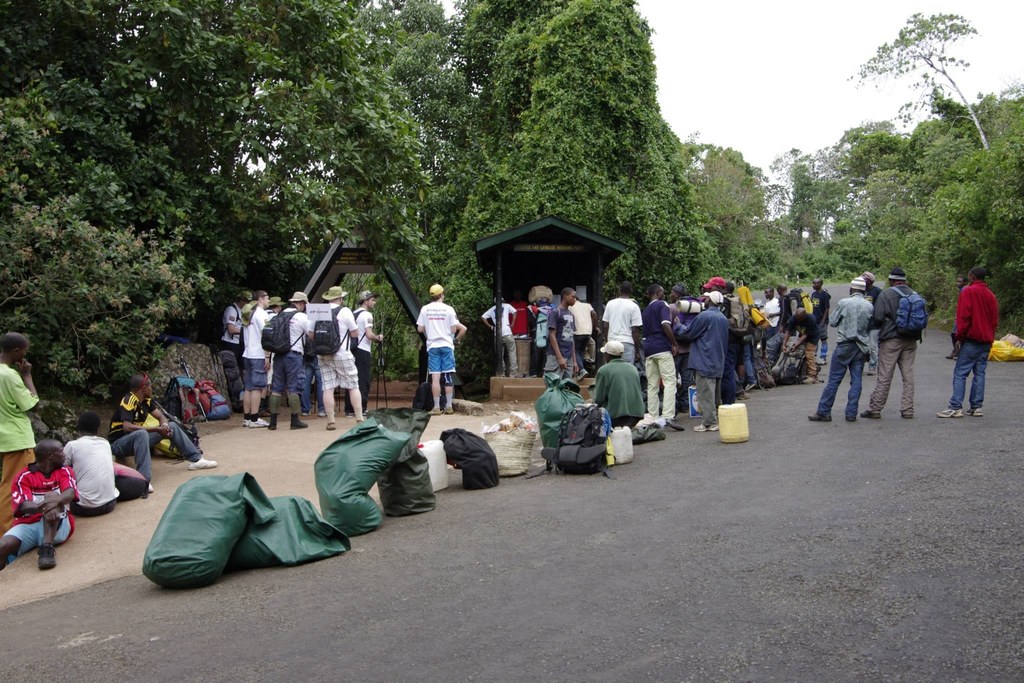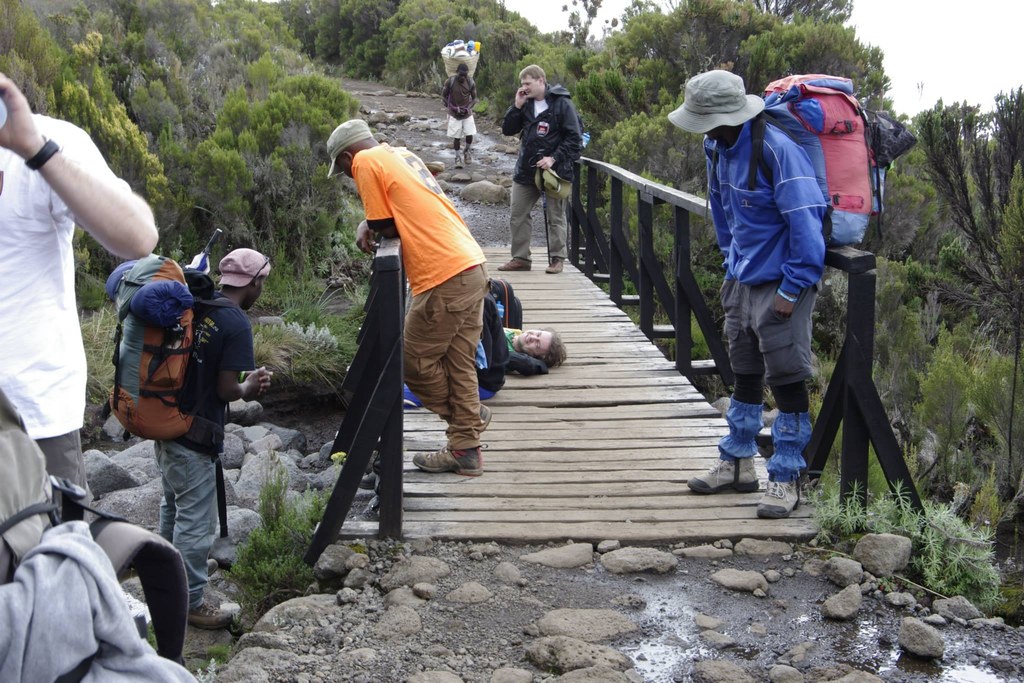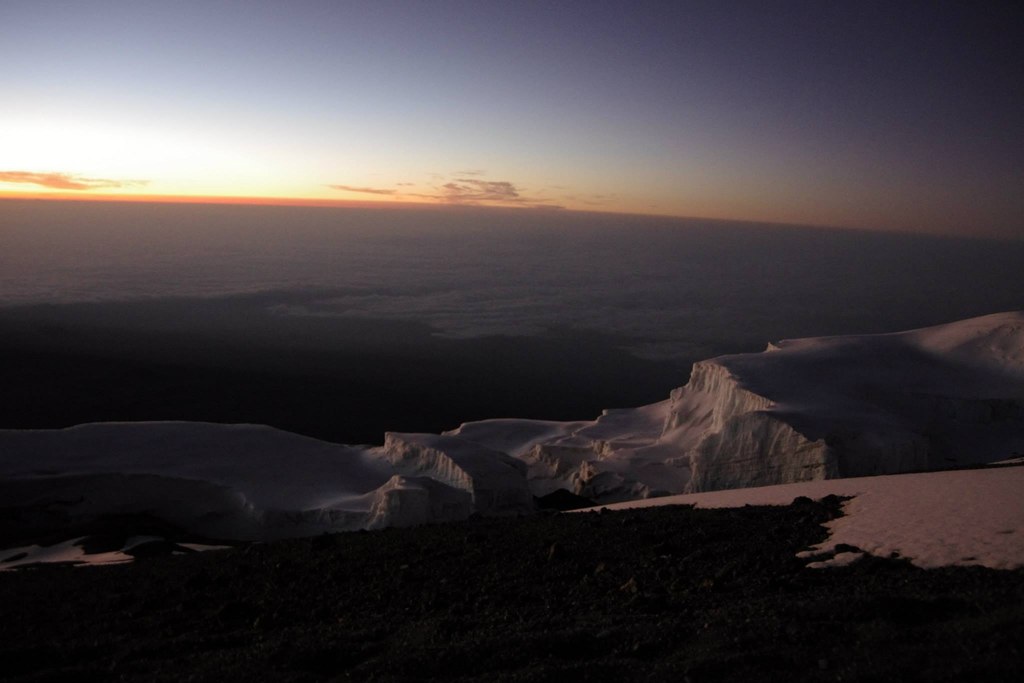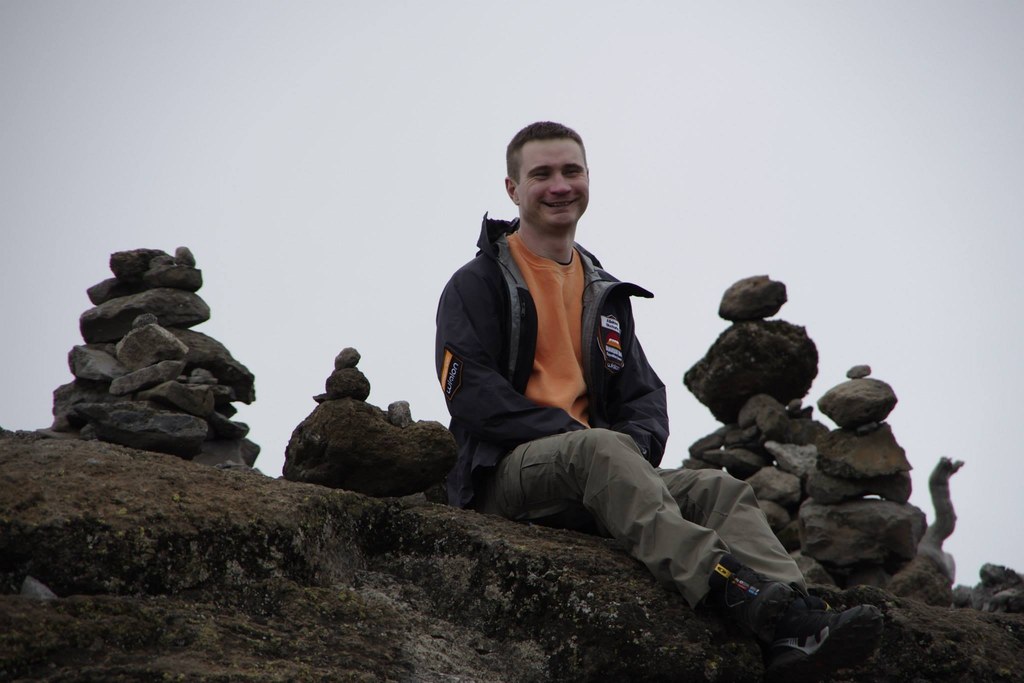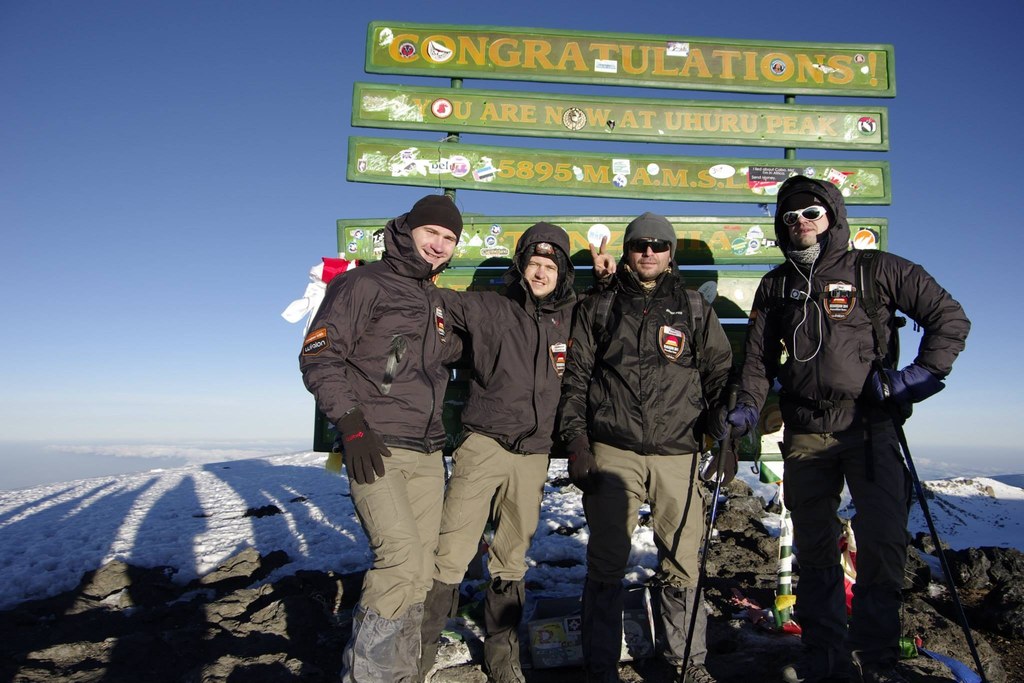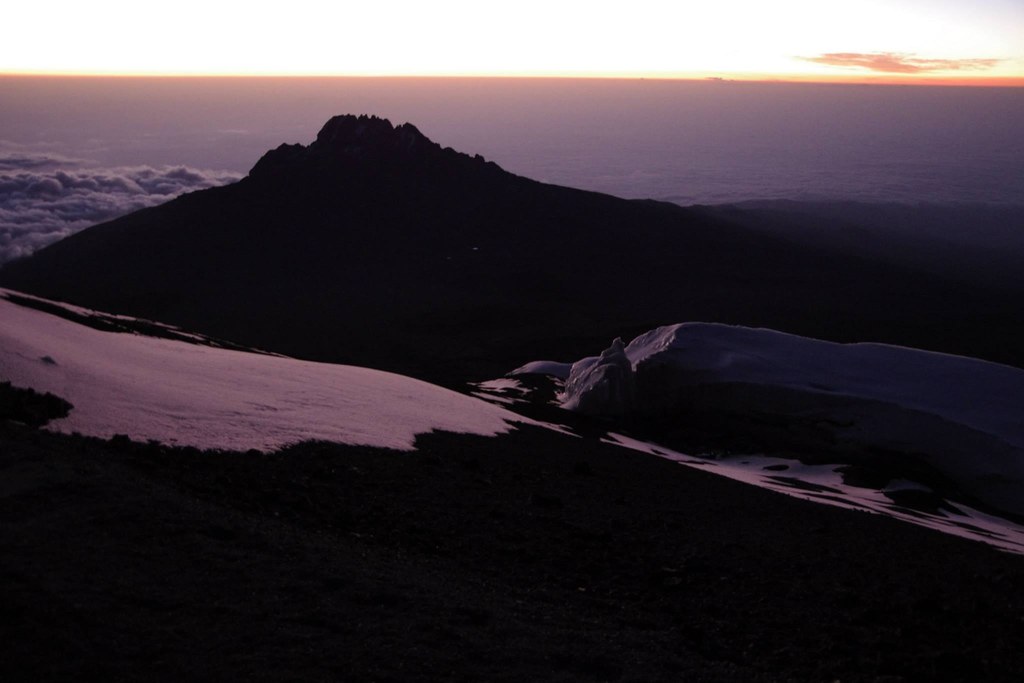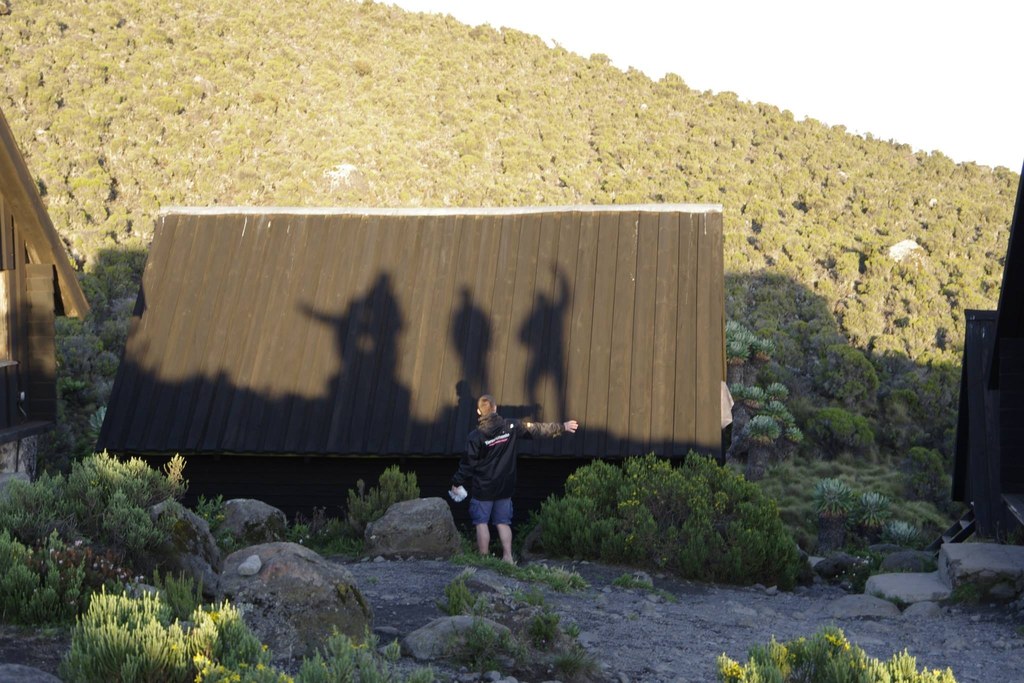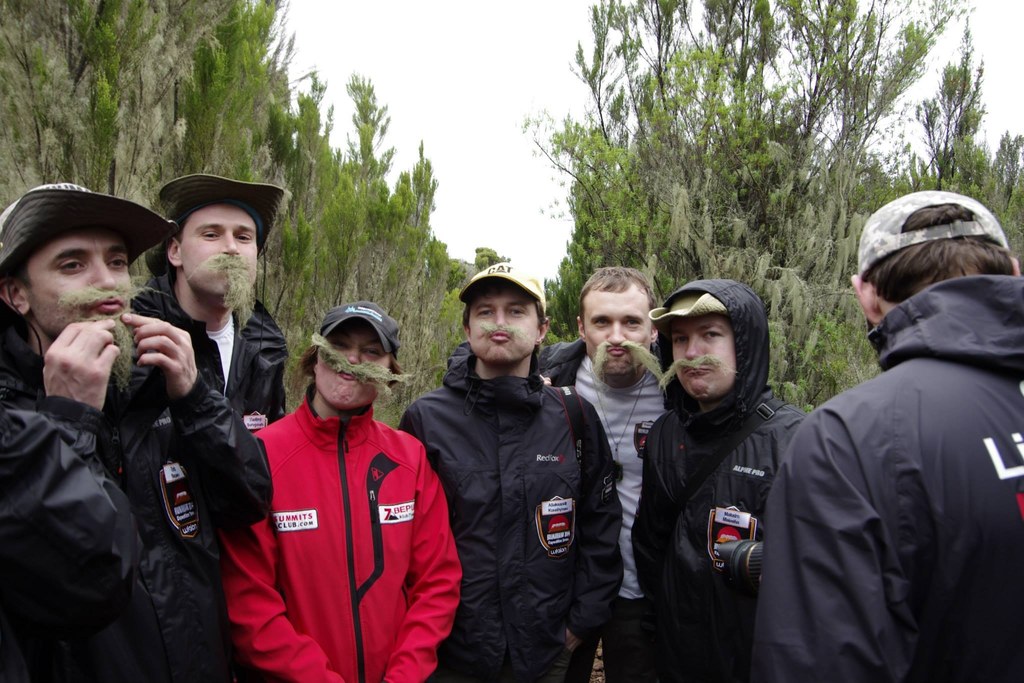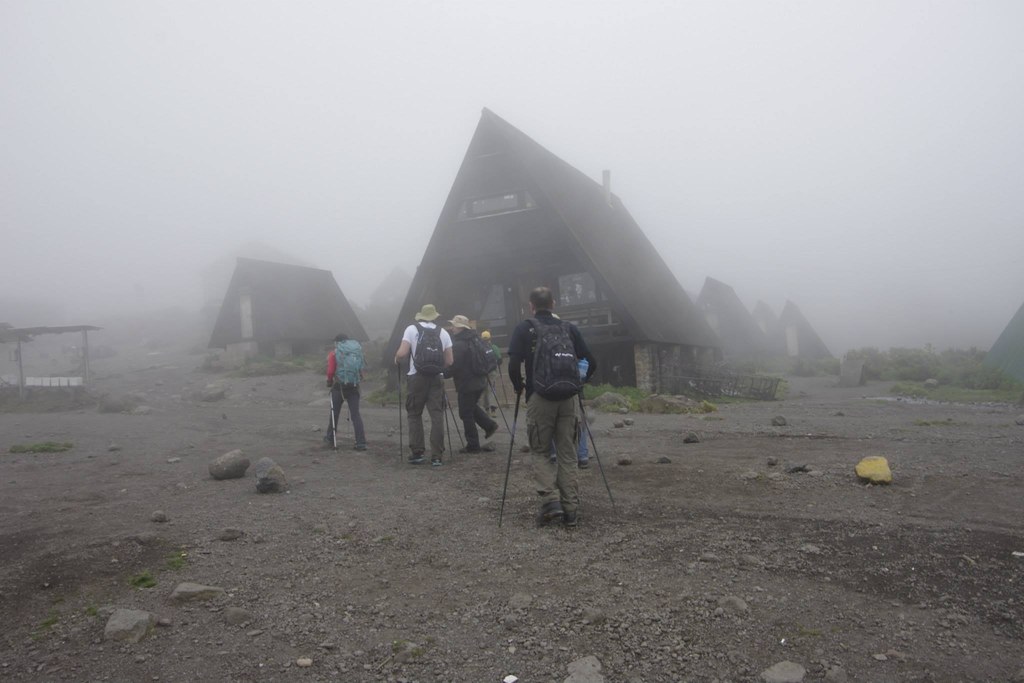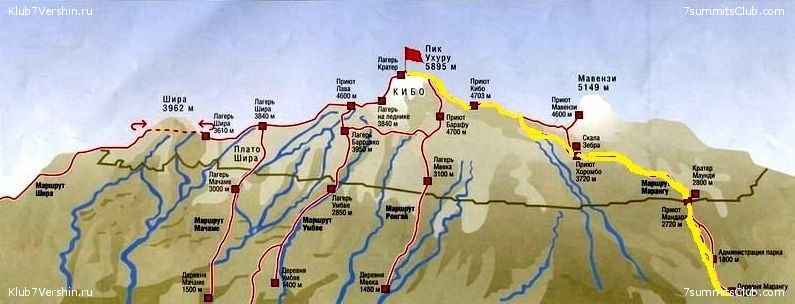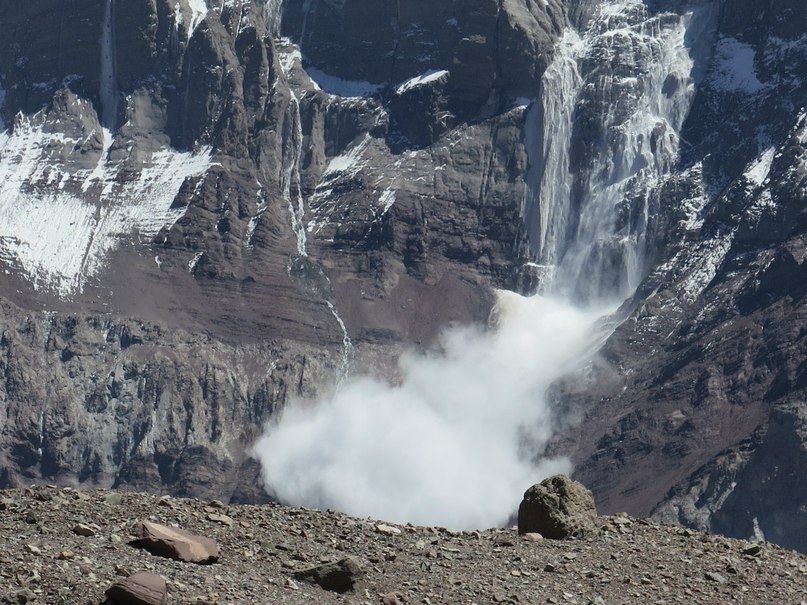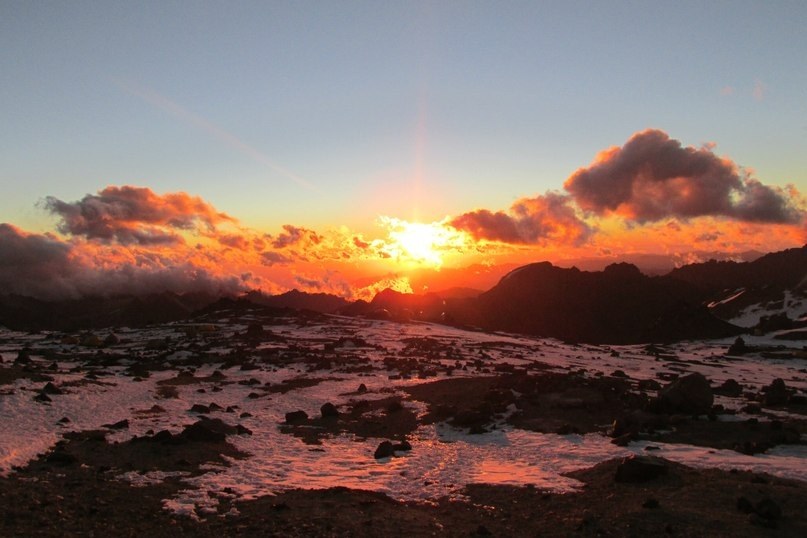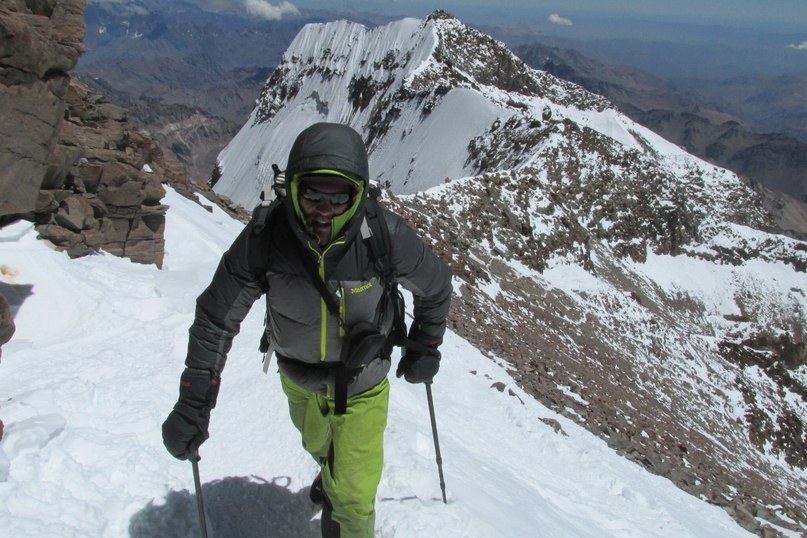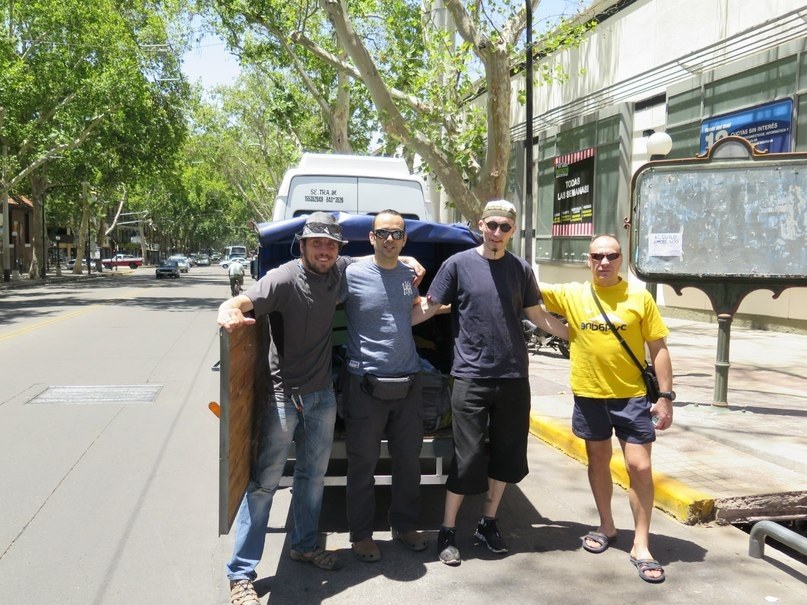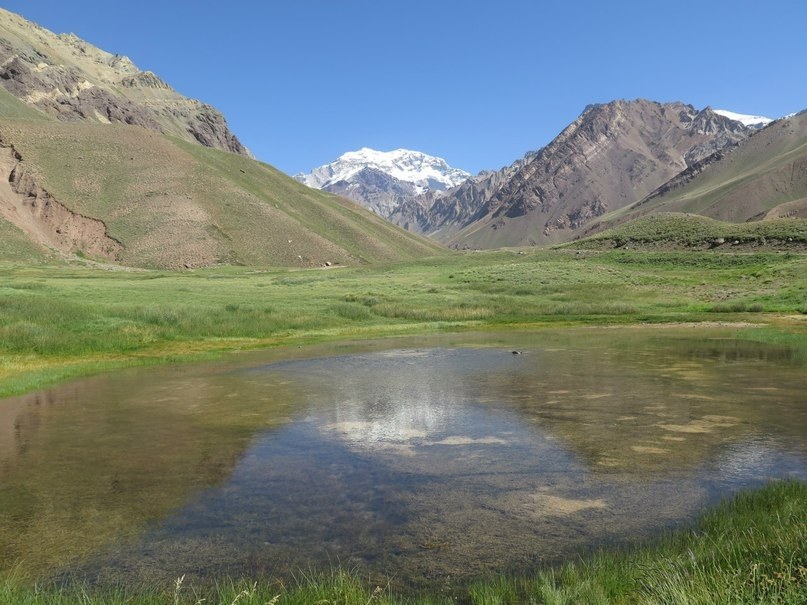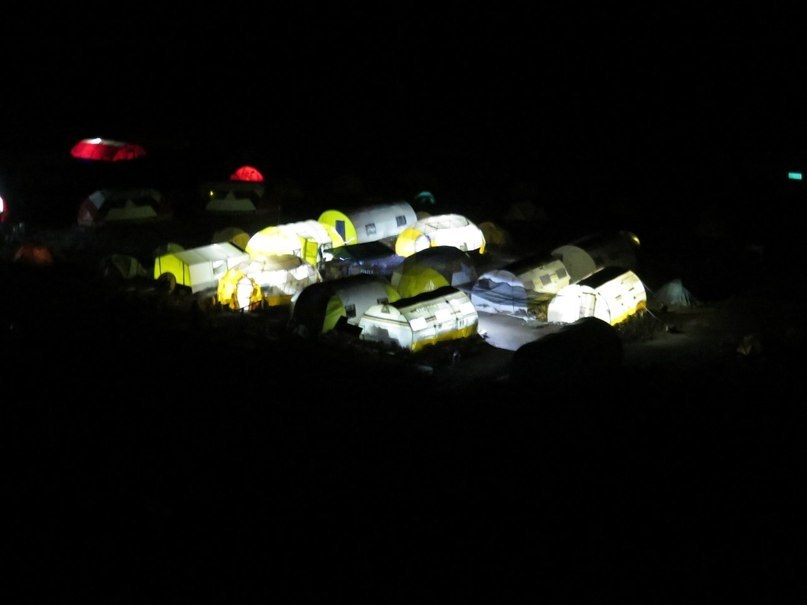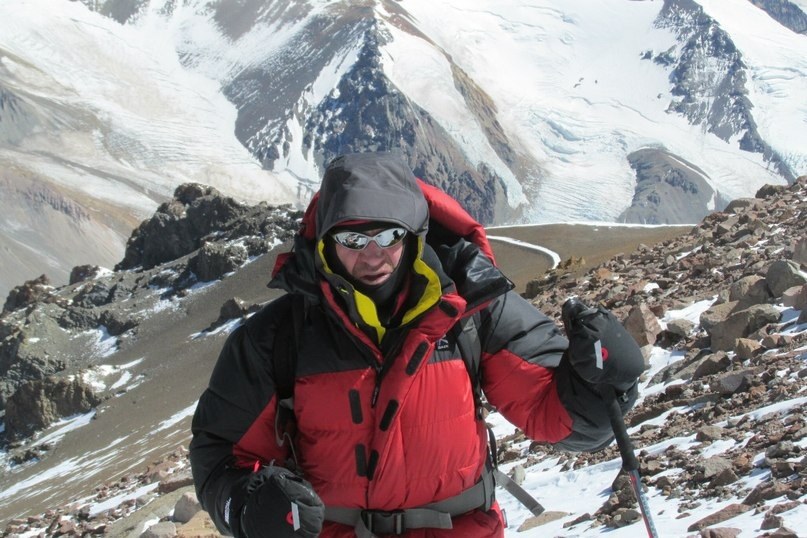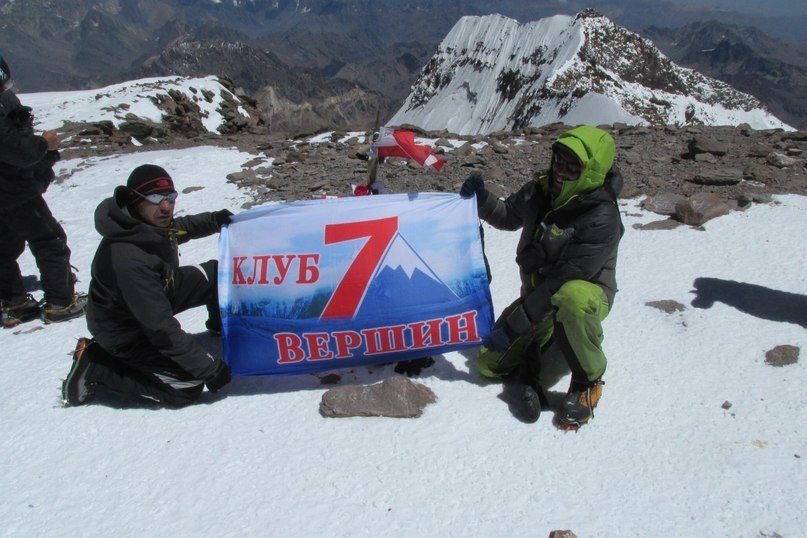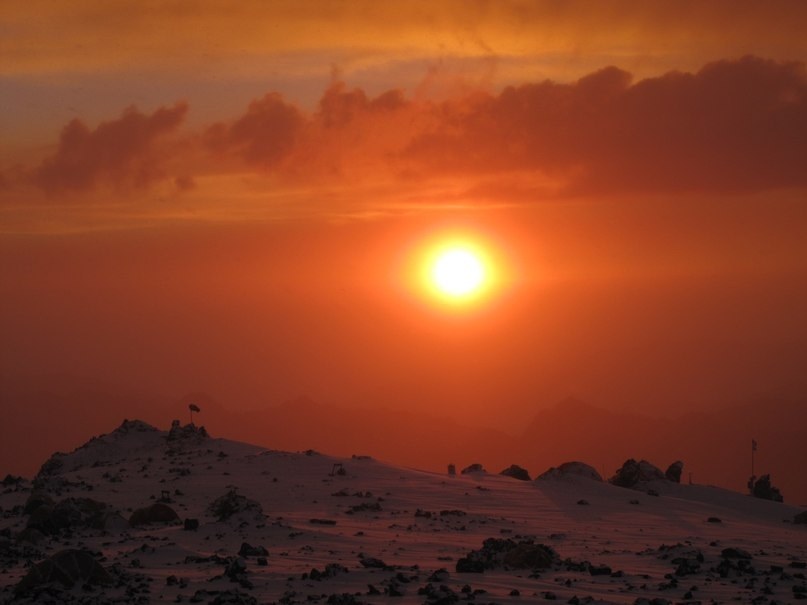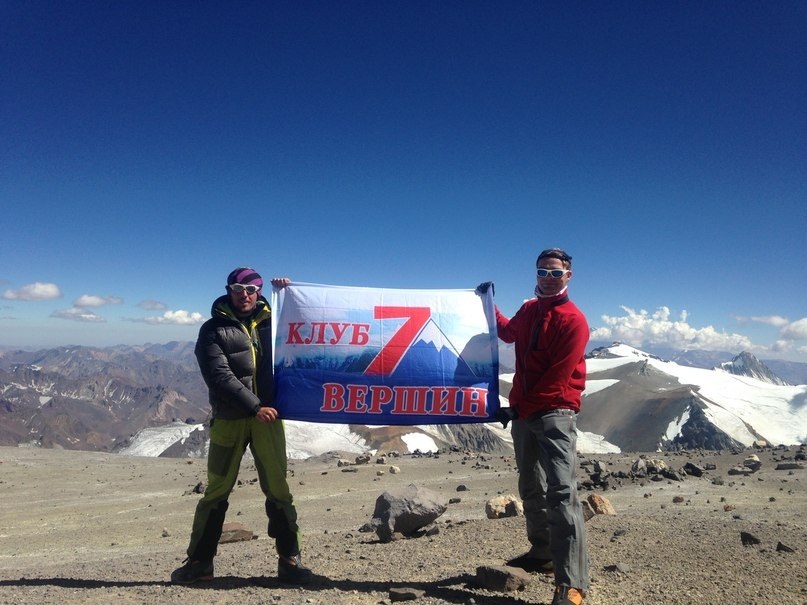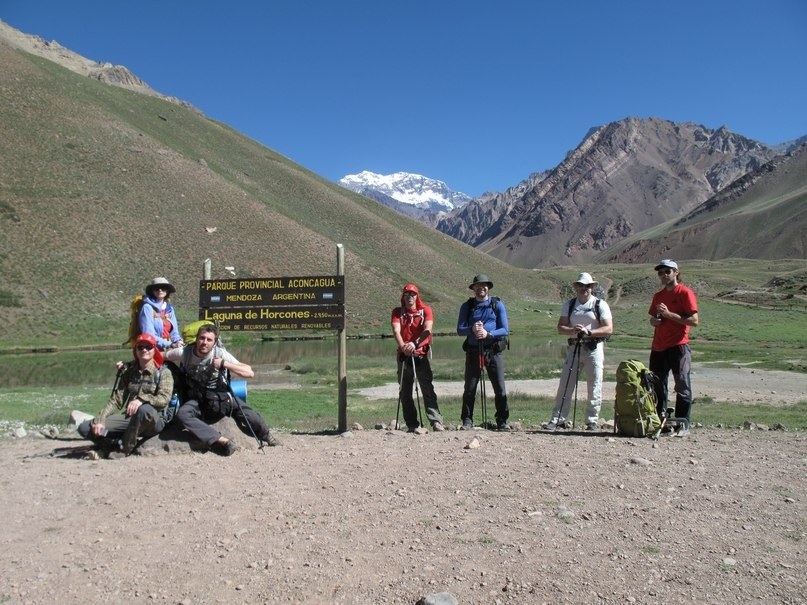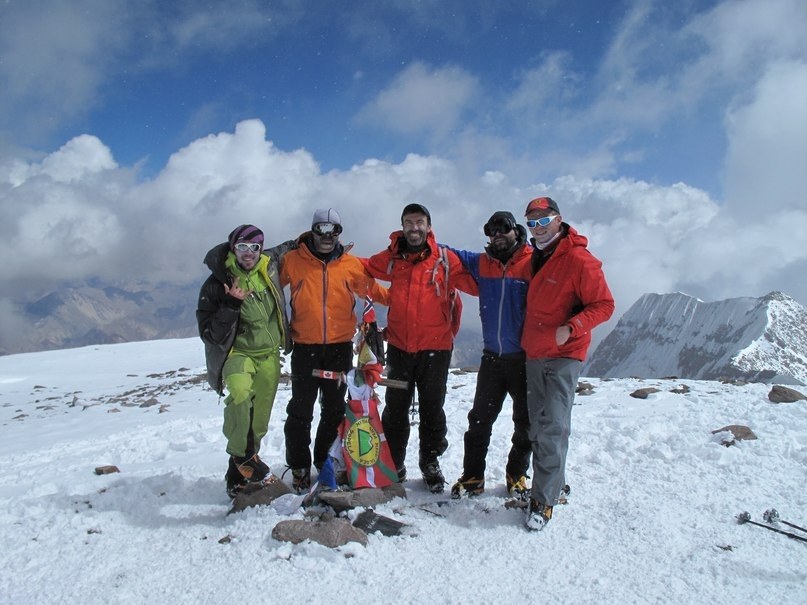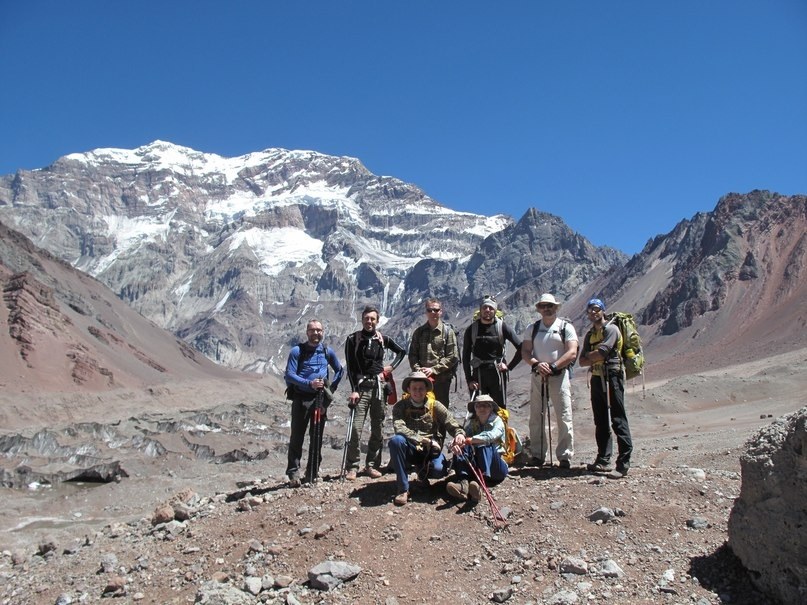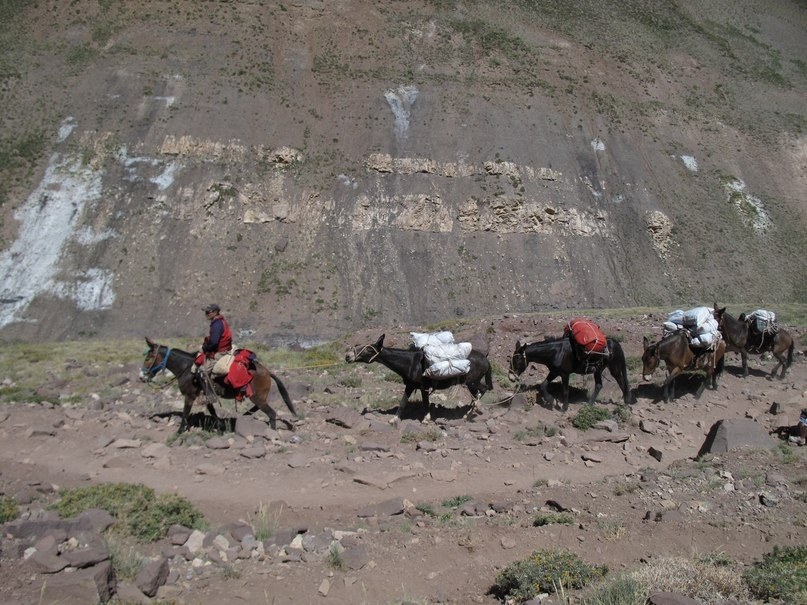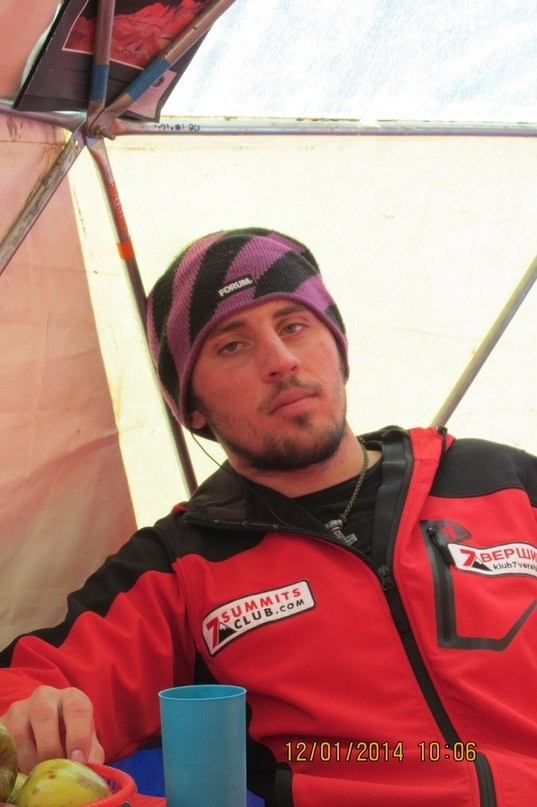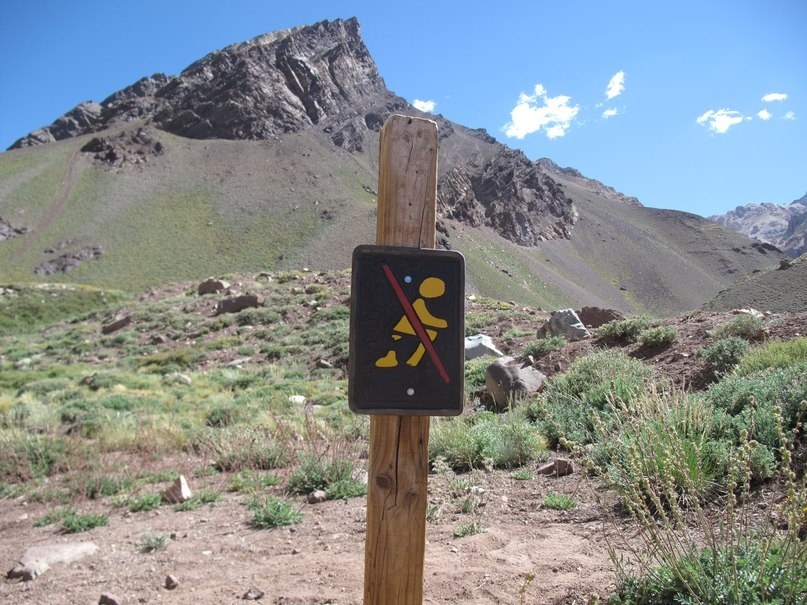All news - Page 271
The expedition came to Lhasa
Everest.
Our expedition flew to Lhasa. The trek to Mount Everest begins. Alex mer his friend Nima Tsering, the Ministr of Sport of Tibet, Everest summiter. Entertement in Lhasa.
Our expedition flew to Lhasa. The trek to Mount Everest begins.
Alex mer his friend Nima Tsering, the Ministr of Sport of Tibet, Everest summiter.
Entertement in Lhasa.
Film Flying High about Everest base jump of Valery Rozov was shown in Moscow
Everest.
Russian extreme BASE-jumper and wingsuit pilot Valery Rozov sets out to accomplish the highest BASE-jump and wingsuit flight in the history of mankind from the Everest mounain range. The adventure turns out to be a two year slog of ...
Russian extreme BASE-jumper and wingsuit pilot Valery Rozov sets out to accomplish the highest BASE-jump and wingsuit flight in the history of mankind from the Everest mounain range. The adventure turns out to be a two year slog of test jumps, measurements and frantically searching the perfect wingsuit design for an altitude flight in thin air. A new record jump off Matterhorn (4.478 m) and the first wingsuit flight from Mount Shivling (6543 m) in India turn into precursors for the final leap...
We present the 7 Summits Club Everest expedition 2014
Everest.
Today - the official day of start of the 7 Summits Club expedition to Everest. The main part of members of expeditions arrived in Kathmandu today. Everything is going normally. Expedition is large, probably the second or third largest on ...
Today - the official day of start of the 7 Summits Club expedition to Everest. The main part of members of expeditions arrived in Kathmandu today. Everything is going normally. Expedition is large, probably the second or third largest on both sides of Mount Everest, the biggest on the North side.
The expedition : 15 climbers and 4 guide.
And numerous group of Sherpas , led by Mingma Gelu.
Traditional reception at the Russian Embassy . With us Israfil Ashurly and Firuz Dadashov from Azerbaijan who go on Shishapangma.
Expedition to the Tent Peak: our group reached the base camp
Today, after several days of trekking, the 7 Summits Club group reached the base camp Machapuchare. All OK. Guide of the expedition Vladimir Kotlyar: ... Base camp, elevation 3500. Suddenly jungle replaced tundra. Nature is very beautiful, ...
Today, after several days of trekking, the 7 Summits Club group reached the base camp Machapuchare. All OK. Guide of the expedition Vladimir Kotlyar:
... Base camp, elevation 3500. Suddenly jungle replaced tundra. Nature is very beautiful, harsh, resembles our Caucasian. Now we are waiting for a hot meal .....
Tomorrow ascent to the Tent peak will continue.
The premiere of the film Flying High. The Quest for Everest
Everest from Nepal.
On 9th April, in the cinema «35 mm» - a premiere of the film about the record of base-jumping. In may 2013 Valery Rozov has made a record height of base jumping from 7,220 m above sea level. After 60 years since the first ascent ...
On 9th April, in the cinema «35 mm» - a premiere of the film about the record of base-jumping.
In may 2013 Valery Rozov has made a record height of base jumping from 7,220 m above sea level. After 60 years since the first ascent to the highest peak of the world, a video with a man flying in a wingsuit over an array of Mount Everest, has opened a new Chapter in the history of conquer the summit.
By the documentary Flying High The Quest for Everest, the history of record base jump Valery Rozov will be understandable and interesting even for the uninitiated viewer. The picture reveals details of the project, telling about several years of preparation, all the difficulties of the ascent and the jump. Unique footage shows a man and a team who are willing to risk much, for the sake of the goal set and incredible feeling of flight.
April 9, everyone will be able to see the movie Flying High. The Quest for Everest at the premiere screening at the cinema «35 mm», and also to ask all questions of its main character - Valery Rozov.
Address: Moscow, M. Krasnye Vorota, Pokrovka street, 47/24.
Guests gather - 20.00
To start showing - 20.30
Free entrance
Trailer
North Pole season goes on. Artur Chilingarov came to the base Barneo
Hello! In Longyear on Spitsbergen everything was okay. Every day, group after group fly to Barneo, we have two flights a day. This morning, a group of Russian scientists flew ice and evening flight was sent with a group of plane Artur ...
Hello! In Longyear on Spitsbergen everything was okay. Every day, group after group fly to Barneo, we have two flights a day. This morning, a group of Russian scientists flew ice and evening flight was sent with a group of plane Artur Chilingarov. On Barneo they plan to hold a friendly football match between the local staff team and the team of Arthur Chilingarov.
Meanwhile ... our ski groups continue to move in the direction of the North Pole, along the programme Last degree (111 km ). Also, the group of Rick Schweitzer sled dog continues to move.
In the area of the camp Barneo was seen three polar bears. Borneo urgently requested to hand in these additional weapons, and that was done.
Alex Abramov photographed with Luda Korobeshko in Kathmandu
Everest.
Alex with his tennis coach... The new store Red Fox was opened recently in Kathmandu. And Luda Korobeshko represents a major showcase... Alex joined his wife (øò fact, she is in Moscow) in the showcase window. ...
Alex with his tennis coach...
The new store Red Fox was opened recently in Kathmandu. And Luda Korobeshko represents a major showcase...
Alex joined his wife (øò fact, she is in Moscow) in the showcase window. Right on seen the royal palace...
Alex and Israfil Ashurly in the store Red Fox in Kathmandu...
Israfil with Firuz Dadashov (right) goes on Shisha Pangma. All purchases made, and nonsymbolic...
Sherpas expedition 7 Summits Club are preparing to travel to Everest...
Guides 7 Summits Club Sergei Larin and Dmitry Ermakov fly to Nepal...
Kilimanjaro: SUMMIT! The group descended to the Horombo hut ...
Kilimanjaro.
Seven Summits, hello! This Tanzania, Horombo hut. Very tight-knit group we have today ... We all reached the top of Uhuru Peak, all are in excellent condition. Now we are almost down to Horombo hut. We stand 100 meters above. We've got a ...
Seven Summits, hello! This Tanzania, Horombo hut. Very tight-knit group we have today ... We all reached the top of Uhuru Peak, all are in excellent condition. Now we are almost down to Horombo hut. We stand 100 meters above. We've got a connection with our guiding company, therefore, we decided to call you now. Tomorrow our mountainous part is over, clients go through a day on safari. Once more - hello! Artem Rostovtsev.
Alex Abramov came to Kathmandu
A new Everest expedition on the 7 Summits Club is beginning. Alex came to Nepal with a guide of our Tent Peak expedition Vladimir Kotlyar. They were met by the 7 Summits Adventure director Mingma Gelu... Our Everest Sherpas ...
A new Everest expedition on the 7 Summits Club is beginning. Alex came to Nepal with a guide of our Tent Peak expedition Vladimir Kotlyar. They were met by the 7 Summits Adventure director Mingma Gelu...
Our Everest Sherpas Team in the office of & Summits Adventure
The beginning of the season at the North Pole
Manager 7 Summits Club Anastasiya Kuznetsova is currently in the city of Longyear, on Spitsbergen. In the next month she will perform the duties of the coordinator of the work of the ice camp Barneo, preparation for the construction of ...
Manager 7 Summits Club Anastasiya Kuznetsova is currently in the city of Longyear, on Spitsbergen. In the next month she will perform the duties of the coordinator of the work of the ice camp Barneo, preparation for the construction of which is in full swing.
Preparation for landing on an ice for the construction of a camp Barneo
Now, what is clear from the window
Polar evenings
Official site of the project Barneo from the Russian Geographical Society
http://barneo.ru/
It is an airstrip of about 1200 by 60 meters size, which is built at the end of March on the drifting floe in the area around 89 degrees North. This is a fully functional runway, capable of landing the Antonov An-74 cargo-passenger aircraft.
Ice Camp
Ice Camp is the main infrastructure component of dominantly tourist expeditions to the North Pole, a unique complex for hosting visitors and base personnel. An Ice Camp consists of specially designed tents with rigid frames. All the tents are heated, and the temperature inside is kept between 15 and 18 °Ñ.
The largest ones are mess tents: one for staff and one for visitors. These tents are connected by a kitchen block. Mess tent for visitors is the main place for meetings and briefings, here travelers meet and get to know each other. Breakfasts, lunches and dinners are served here at specified times, and snacks, tea or coffee are available 24 hours a day. Living tents for visitors accommodate up to 12 persons. Camp staff lives in separate modules. An important part of the Camp is bio-toilets. There are also technical modules for storing and maintenance of equipment.
If necessary, the Camp doctor can provide medical first aid.
The Scientific Camp and the camp of helicopter crews are satellites of the main Camp.
Since it is impossible to keep the runway on drifting ice floe for more than one season, the Camp has to be constructed from scratch every year. This is the main difference between this project and that of the similar projects in the Antarctic. At the end of every season all the equipment is removed from the ice.
Kilimanjaro pictures from Natalia and Igor Smirmovs
Members of thr 7 Summits Club Natalia and Igor Smirnov climbed Mount Kilimanjaro in november of 2013 by Machame route. ...
Members of thr 7 Summits Club Natalia and Igor Smirnov climbed Mount Kilimanjaro in november of 2013 by Machame route.
A small photo report of Gurtam group
An expedition of the Belarusian company GURTAM took place at 22-28th of February. They climbed Mount Kilimanjaro and have a business-confernce in hotel. Alexandra Sak was a guide of the group. ...
An expedition of the Belarusian company GURTAM took place at 22-28th of February. They climbed Mount Kilimanjaro and have a business-confernce in hotel. Alexandra Sak was a guide of the group.
Summit! Information from Alexander Sack , a representative of the 7 Summits Club in Tanzania
Just called Artem Rostovtsev . The group of Artem is OK, they went down to 4000 m. In the morning, they were on the SUMMIT!. There was very strong wind . But … all right. Today, they descend to Mweka. Tomorrow I meet them at the ...
Just called Artem Rostovtsev . The group of Artem is OK, they went down to 4000 m. In the morning, they were on the SUMMIT!. There was very strong wind . But … all right. Today, they descend to Mweka. Tomorrow I meet them at the Mweka gate.
And about the group without our guide, who arrived in Tanzania on 24th of February. Two members - Yangirov Nail and Galia already flown home. Beymuratovy Camille and Victoria went on safari Prokuschenko Sergey is now near poolside at the hotel.
All are happy
KILIMANJARO SUMMIT for a group of Alexandra Sak
Kilimanjaro.
Hello! This is Alexander Sack Kilimanjaro. This morning we climbed to the highest point of Kilimanjaro Uhuru Peak. There was a strong wind and very beautiful sunrise. We all tired, but very happy. Now we are descending to Horombo. Have ...
Hello! This is Alexander Sack Kilimanjaro. This morning we climbed to the highest point of Kilimanjaro Uhuru Peak. There was a strong wind and very beautiful sunrise. We all tired, but very happy. Now we are descending to Horombo. Have dinner and go to bed. Bye, bye!
A new group of our Club starts on Kilimanjaro
Kilimanjaro.
Hi! This is Artem Rostovtsev, guide of the 7 Summits Club. We are now at the Marangu Gate. Just 5-10 minutes and we quietly go up along the standard, all favorite route Marangu. We will have to spend the night on the 2700 Mandara hut. ...
Hi! This is Artem Rostovtsev, guide of the 7 Summits Club. We are now at the Marangu Gate. Just 5-10 minutes and we quietly go up along the standard, all favorite route Marangu. We will have to spend the night on the 2700 Mandara hut. Hello!
The group consists of four members: Alexey Ponomarev, Cyril Vdovin, and Arkady Dudin and Catherine Lunegova.
Audio (In Russian):
The second group of Aconcagua: 10 selected photos
Aconcagua.
The second group followed immediately behind the first, with a small interval .... On January 23, the participants met with the guide of 7 Summits Club Vladimir Kotlyar in Mendoza. On February 5 in heavy weather conditions (strong wind) our ...
The second group followed immediately behind the first, with a small interval .... On January 23, the participants met with the guide of 7 Summits Club Vladimir Kotlyar in Mendoza. On February 5 in heavy weather conditions (strong wind) our guys made their way to the top of Aconcagua. Well done!
Photos of our first group on Aconcagua
Aconcagua.
The 7 Summits Club guide Vladimir Kotlyar sent photos of the first ascent of the season on Aconcagua .... The expedition took place from 3th to 18th of January. The team consisted of 8 people. January, 15 brothers Vladimir and Konstantin ...
The 7 Summits Club guide Vladimir Kotlyar sent photos of the first ascent of the season on Aconcagua .... The expedition took place from 3th to 18th of January. The team consisted of 8 people. January, 15 brothers Vladimir and Konstantin Lavrentjevs, Gennady Anuchin, Denis Kiriyenko and Vladimir Kotlyar reached the summit.
